Shows
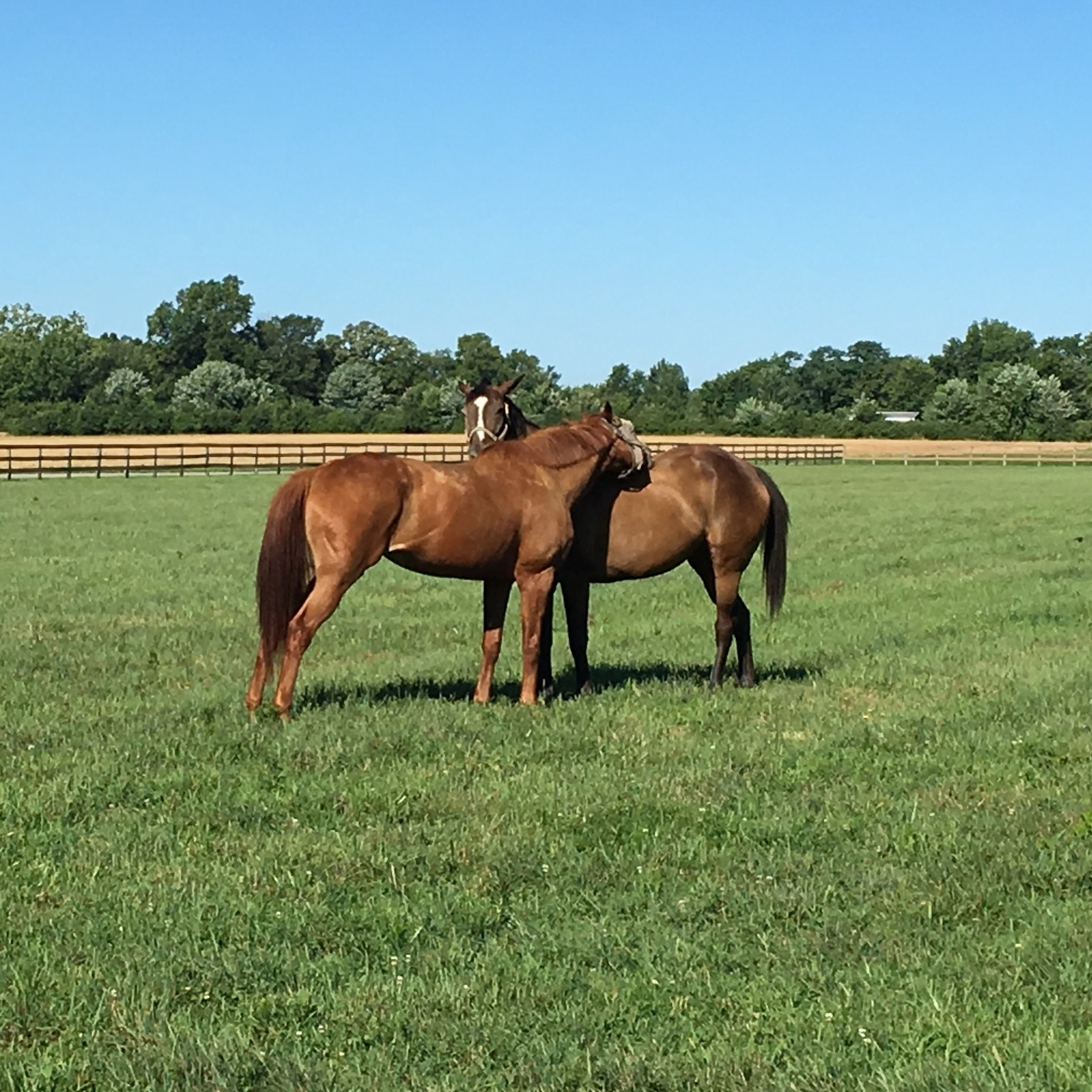 Conversations in Equine ScienceUnlocking the Secrets of Sarcopenia in Senior HorsesIn this episode of Conversations in Equine Science, Kate and Nancy explore a compelling research paper titled "Retirement Risk Factors, Exercise Management, and Muscle Mass in U.S. Senior Horses" by Elisa Herbst. Published in May 2023, this paper dives into the intricacies of managing the health and exercise of senior horses in the U.S., examining factors such as retirement risk, exercise routines, and muscle mass preservation.
The hosts discuss key insights from an extensive survey involving over 2,700 respondents, highlighting the distinctions between equine professionals and hobby horse owners. They delve into the challenges faced by senior...2025-05-2030 min
Conversations in Equine ScienceUnlocking the Secrets of Sarcopenia in Senior HorsesIn this episode of Conversations in Equine Science, Kate and Nancy explore a compelling research paper titled "Retirement Risk Factors, Exercise Management, and Muscle Mass in U.S. Senior Horses" by Elisa Herbst. Published in May 2023, this paper dives into the intricacies of managing the health and exercise of senior horses in the U.S., examining factors such as retirement risk, exercise routines, and muscle mass preservation.
The hosts discuss key insights from an extensive survey involving over 2,700 respondents, highlighting the distinctions between equine professionals and hobby horse owners. They delve into the challenges faced by senior...2025-05-2030 min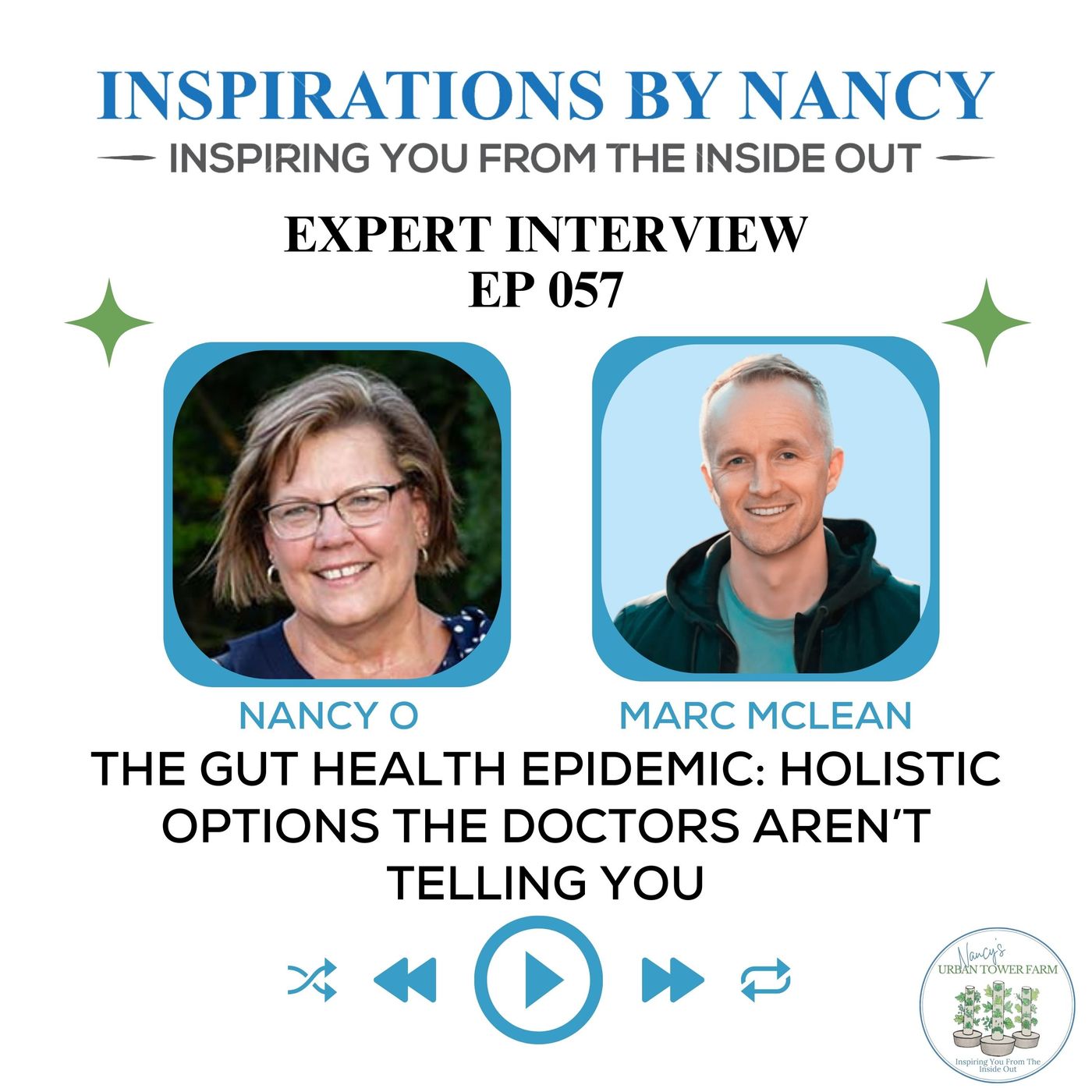 Inspirations by NancyExpert Interview: The Gut Health Epidemic: What the Doctors Aren’t Telling You with Marc McLean"Gut health is at epidemic levels these days. It affects so many people, it is the #1 reason for hospitalizations in the US.” - Marc McLean Episode Summary:🔥 Gut health is at crisis levels—but the answers may not be what you think. 🔥In this episode of Inspirations by Nancy, Marc McLean shares his powerful journey of overcoming severe gut health issues, from an unexpected IBS diagnosis to years of struggling with digestive disorders. His story is one of resilience, research, and discovery—diving into how nutrition, emotional health, and even dental fillings played a crucial role in his recovery. Join us as we disc...2025-03-0431 min
Inspirations by NancyExpert Interview: The Gut Health Epidemic: What the Doctors Aren’t Telling You with Marc McLean"Gut health is at epidemic levels these days. It affects so many people, it is the #1 reason for hospitalizations in the US.” - Marc McLean Episode Summary:🔥 Gut health is at crisis levels—but the answers may not be what you think. 🔥In this episode of Inspirations by Nancy, Marc McLean shares his powerful journey of overcoming severe gut health issues, from an unexpected IBS diagnosis to years of struggling with digestive disorders. His story is one of resilience, research, and discovery—diving into how nutrition, emotional health, and even dental fillings played a crucial role in his recovery. Join us as we disc...2025-03-0431 min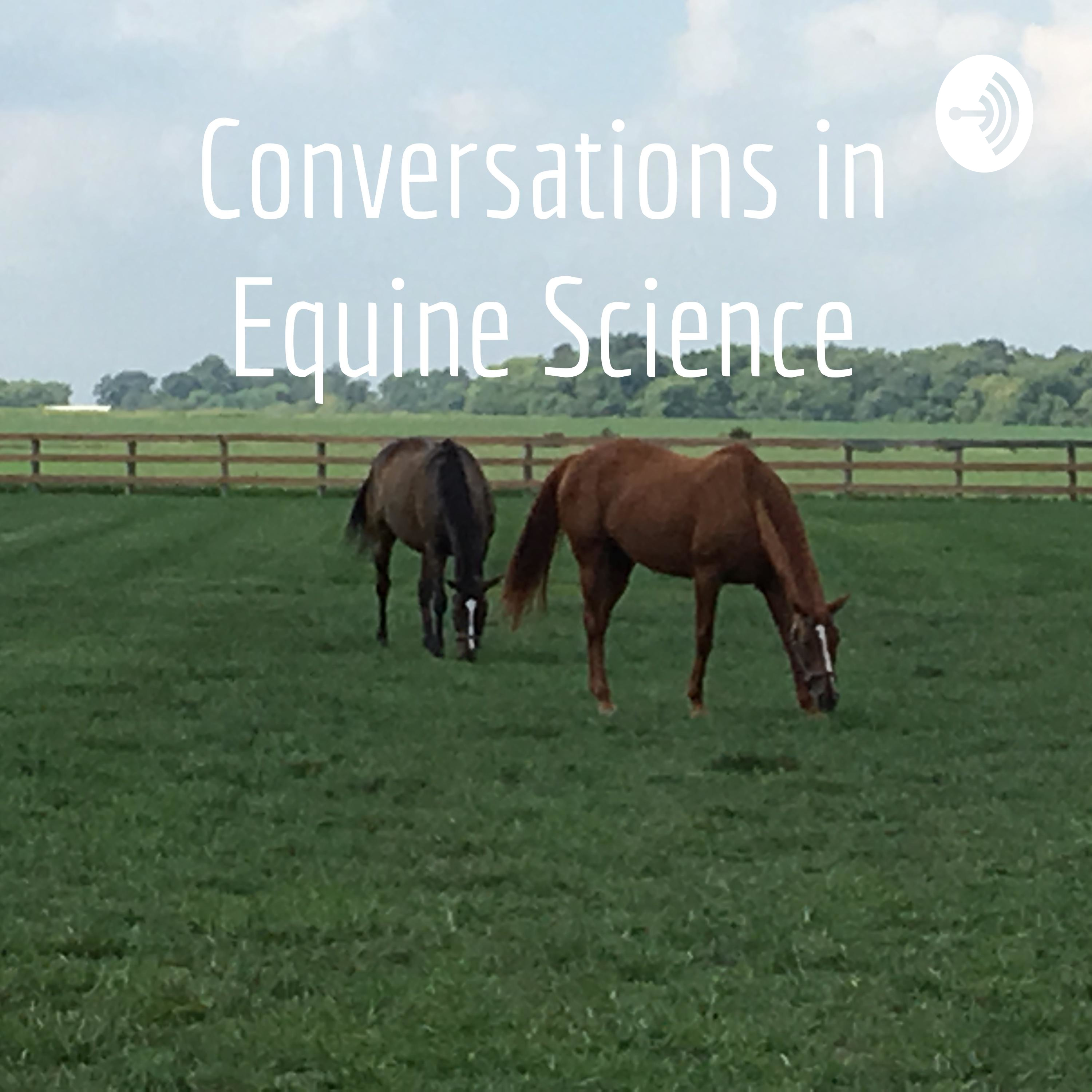 Conversations in Equine ScienceHorseshoe effects on equine gait.This episode Kate and Nancy discuss a scoping review of 46 research papers on the effects of horseshoe type on equine gait.
Open Access Research Reference/Link:
Aoun, R., Takawira, C., & Lopez, M. J. (2025). Horseshoe effects on equine gait-A systematic scoping review. Veterinary surgery : VS, 54(1), 31–51.
https://doi.org/10.1111/vsu.14162
2025-02-0335 min
Conversations in Equine ScienceHorseshoe effects on equine gait.This episode Kate and Nancy discuss a scoping review of 46 research papers on the effects of horseshoe type on equine gait.
Open Access Research Reference/Link:
Aoun, R., Takawira, C., & Lopez, M. J. (2025). Horseshoe effects on equine gait-A systematic scoping review. Veterinary surgery : VS, 54(1), 31–51.
https://doi.org/10.1111/vsu.14162
2025-02-0335 min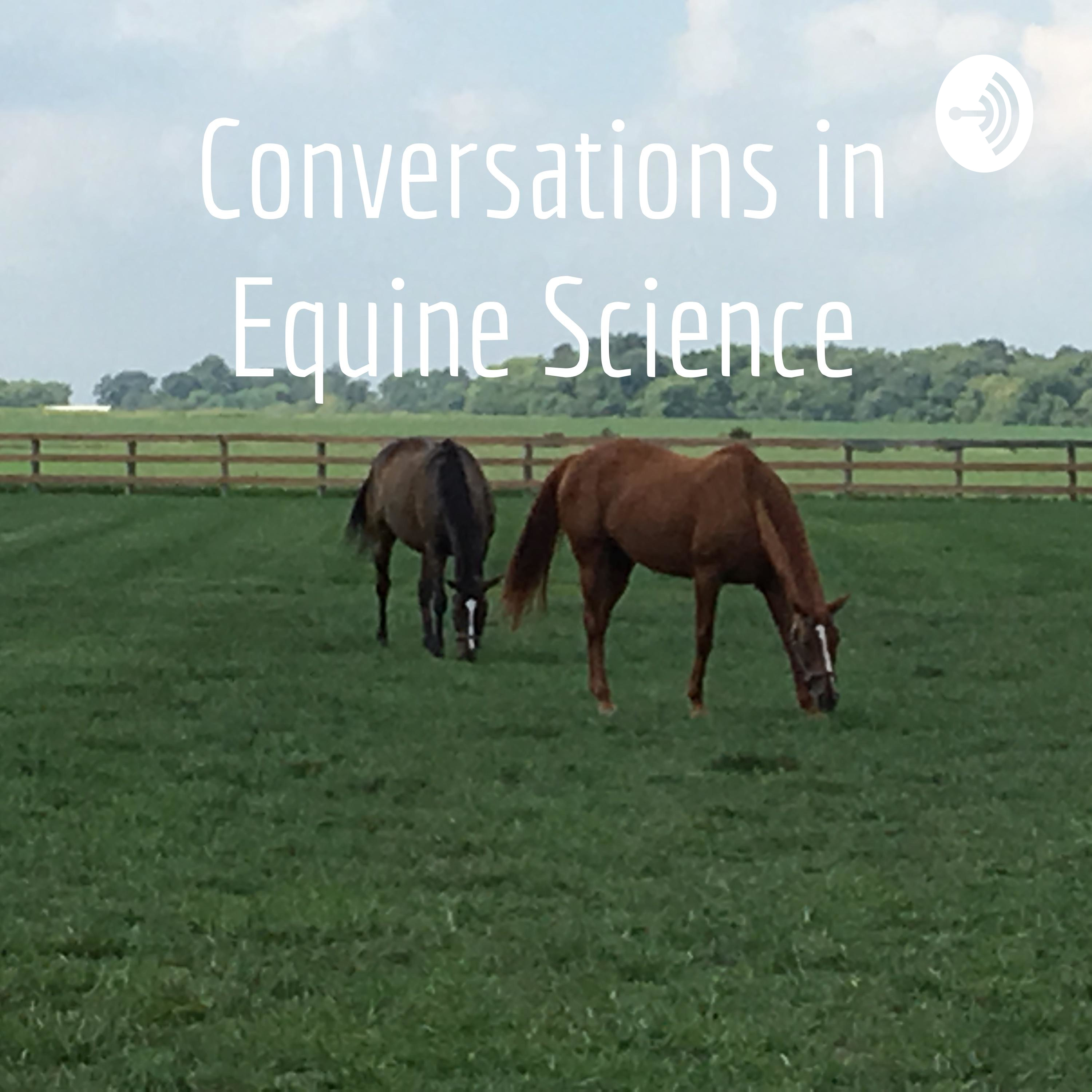 Conversations in Equine ScienceEquestrian Back pain and Stirrup Length AssociationsThis week Kate and Nancy discuss rider back pain and it's association with 3 different stirrup lengths and 2 rider positions.
Research Reference:
Keener, Michaela M.1; Critchley, Meghan L.1; Layer, Jacob S.1; Johnson, Evan C.1; Barrett, Steven F.2; Dai, Boyi1. The Effect of Stirrup Length on Impact Attenuation and Its Association With Muscle Strength. Journal of Strength and Conditioning Research 35(11):p 3056-3062, November 2021. | https://journals.lww.com/nsca-jscr/fulltext/2021/11000/the_effect_of_stirrup_length_on_impact_attenuation.12.aspx
2024-12-2231 min
Conversations in Equine ScienceEquestrian Back pain and Stirrup Length AssociationsThis week Kate and Nancy discuss rider back pain and it's association with 3 different stirrup lengths and 2 rider positions.
Research Reference:
Keener, Michaela M.1; Critchley, Meghan L.1; Layer, Jacob S.1; Johnson, Evan C.1; Barrett, Steven F.2; Dai, Boyi1. The Effect of Stirrup Length on Impact Attenuation and Its Association With Muscle Strength. Journal of Strength and Conditioning Research 35(11):p 3056-3062, November 2021. | https://journals.lww.com/nsca-jscr/fulltext/2021/11000/the_effect_of_stirrup_length_on_impact_attenuation.12.aspx
2024-12-2231 min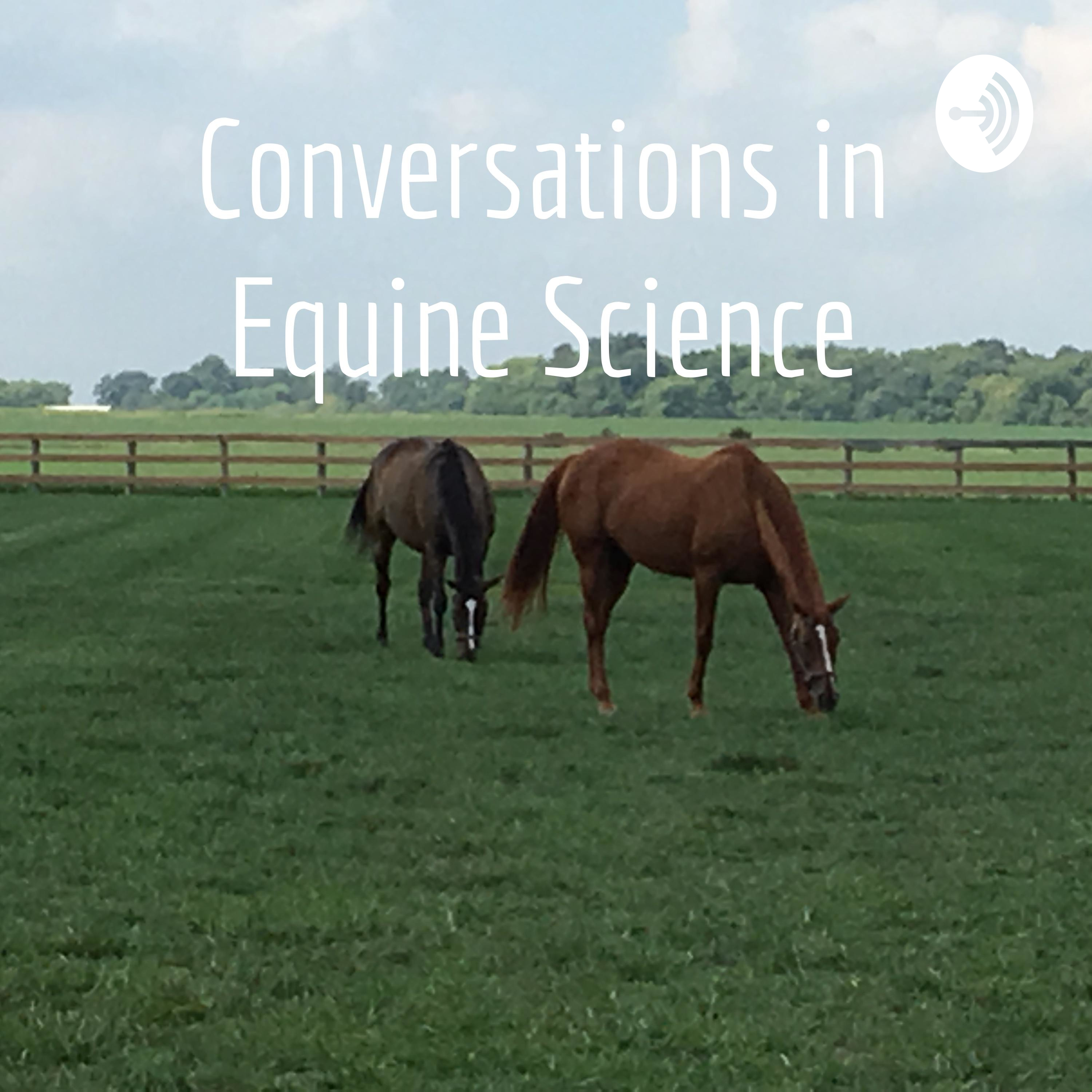 Conversations in Equine ScienceHorses and the science of harmony.This week Nancy and Kate discuss the new movie produced by Sue Dyson. Watch the movie at the link below.
https://youtu.be/3ulkLHqHZ3g?si=Xla9VAal6ilL85sm
2024-11-1226 min
Conversations in Equine ScienceHorses and the science of harmony.This week Nancy and Kate discuss the new movie produced by Sue Dyson. Watch the movie at the link below.
https://youtu.be/3ulkLHqHZ3g?si=Xla9VAal6ilL85sm
2024-11-1226 min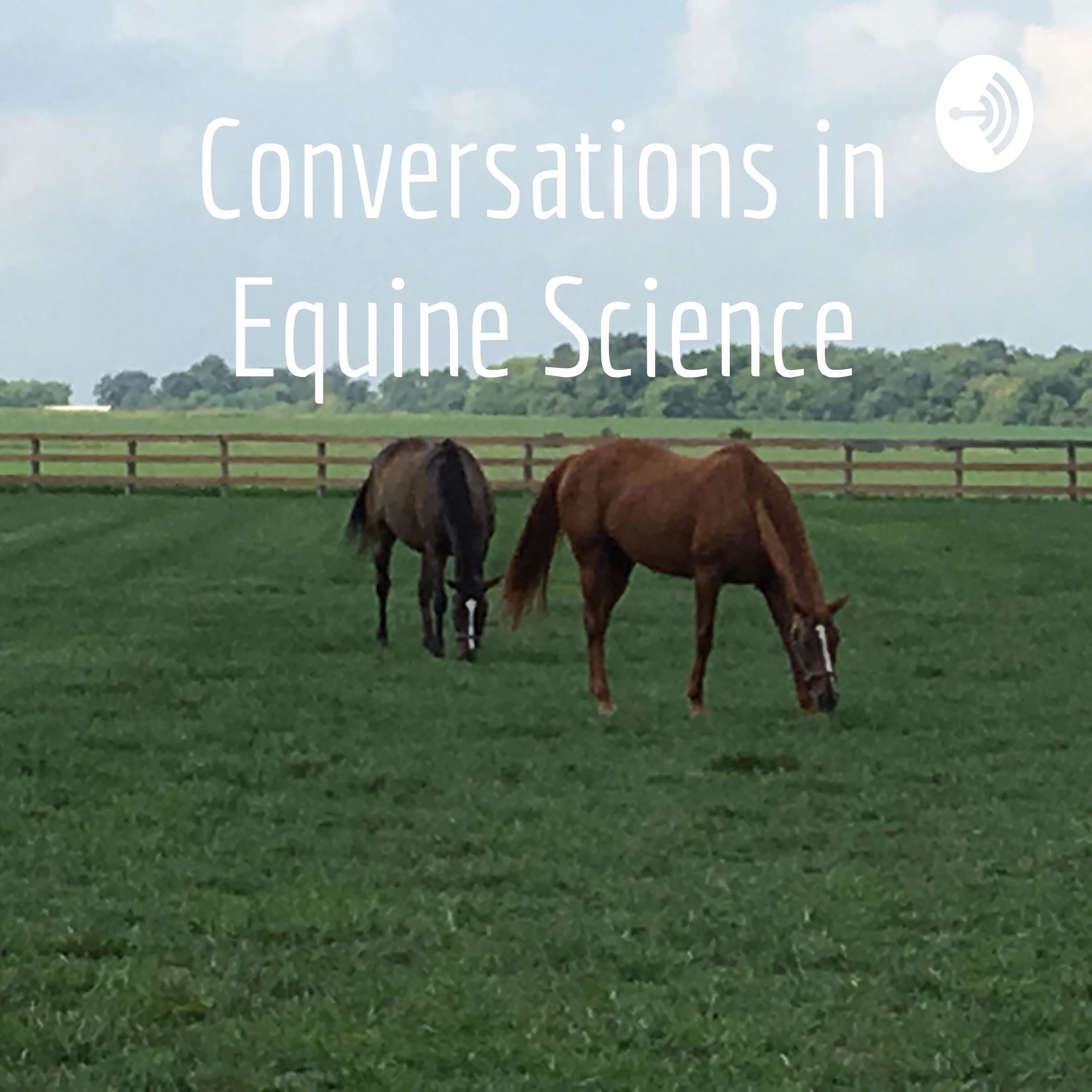 Conversations in Equine ScienceCraniosacral Therapy for HorsesNancy and Kate discuss a research paper on adjusting human craniosacral therapy to horses.
Reference: Kanik, W.; Augustyn, J.; Tombarkiewicz, B. Adapting Craniosacral Therapy to Treat Horses. Acta Vet. Brno 2017, 86, 75–84.
https://actavet.vfu.cz/media/pdf/actavet_2017086010075.pdf
Article Link: https://www.equinecraniosacral.com/articles/hands-on-light-touch.pdf
2024-10-1532 min
Conversations in Equine ScienceCraniosacral Therapy for HorsesNancy and Kate discuss a research paper on adjusting human craniosacral therapy to horses.
Reference: Kanik, W.; Augustyn, J.; Tombarkiewicz, B. Adapting Craniosacral Therapy to Treat Horses. Acta Vet. Brno 2017, 86, 75–84.
https://actavet.vfu.cz/media/pdf/actavet_2017086010075.pdf
Article Link: https://www.equinecraniosacral.com/articles/hands-on-light-touch.pdf
2024-10-1532 min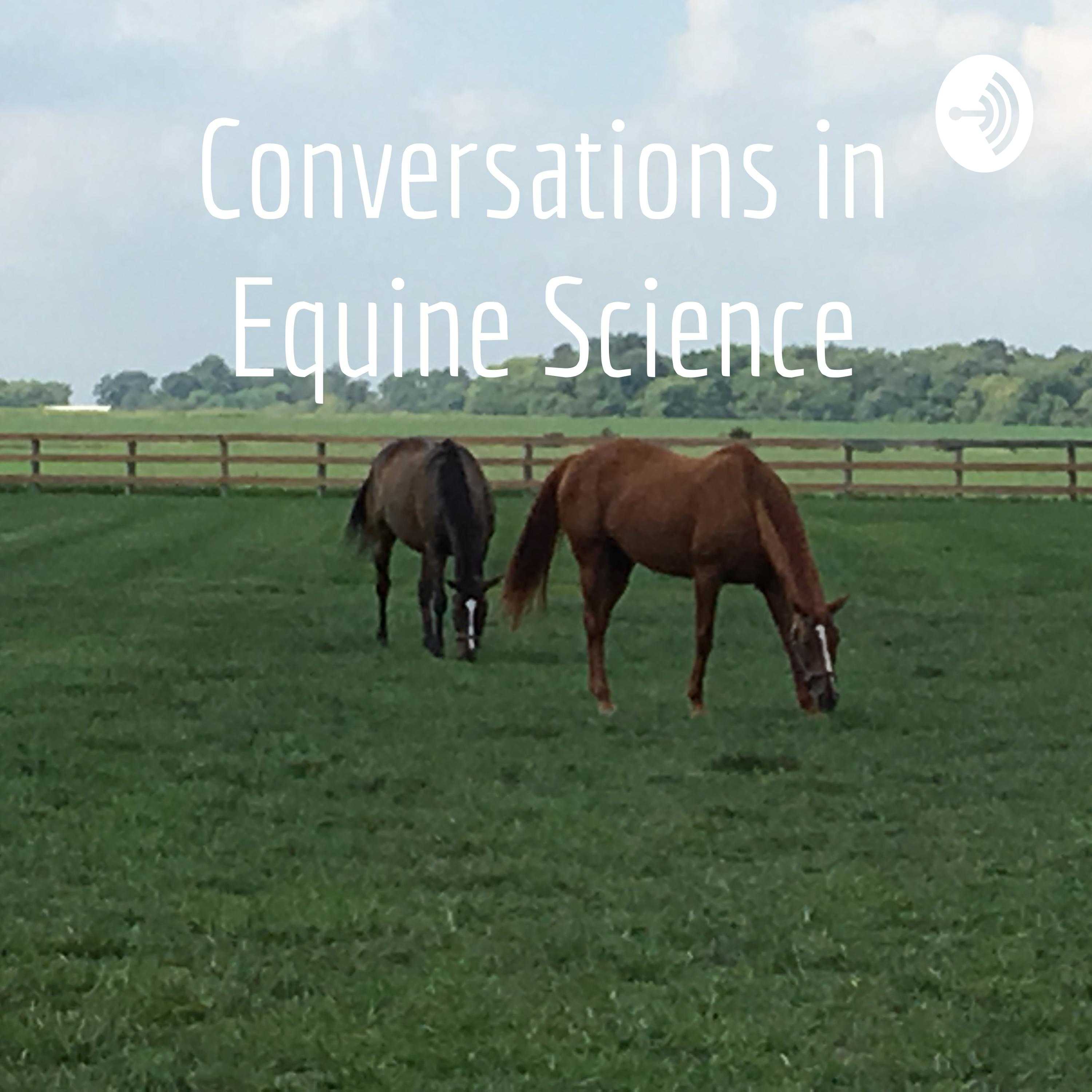 Conversations in Equine ScienceThe Benefits of Human Habits on Equine WelfareThis week Kate and Nancy discuss the habit loop of cue-routine-reward and the benefits that horses derive from its formation.
Research Reference/Link:
White, J.; Sims, R. Improving Equine Welfare through Human Habit Formation. Animals 2021, 11, 2156. https://doi.org/10.3390/ani11082156
2024-09-1921 min
Conversations in Equine ScienceThe Benefits of Human Habits on Equine WelfareThis week Kate and Nancy discuss the habit loop of cue-routine-reward and the benefits that horses derive from its formation.
Research Reference/Link:
White, J.; Sims, R. Improving Equine Welfare through Human Habit Formation. Animals 2021, 11, 2156. https://doi.org/10.3390/ani11082156
2024-09-1921 min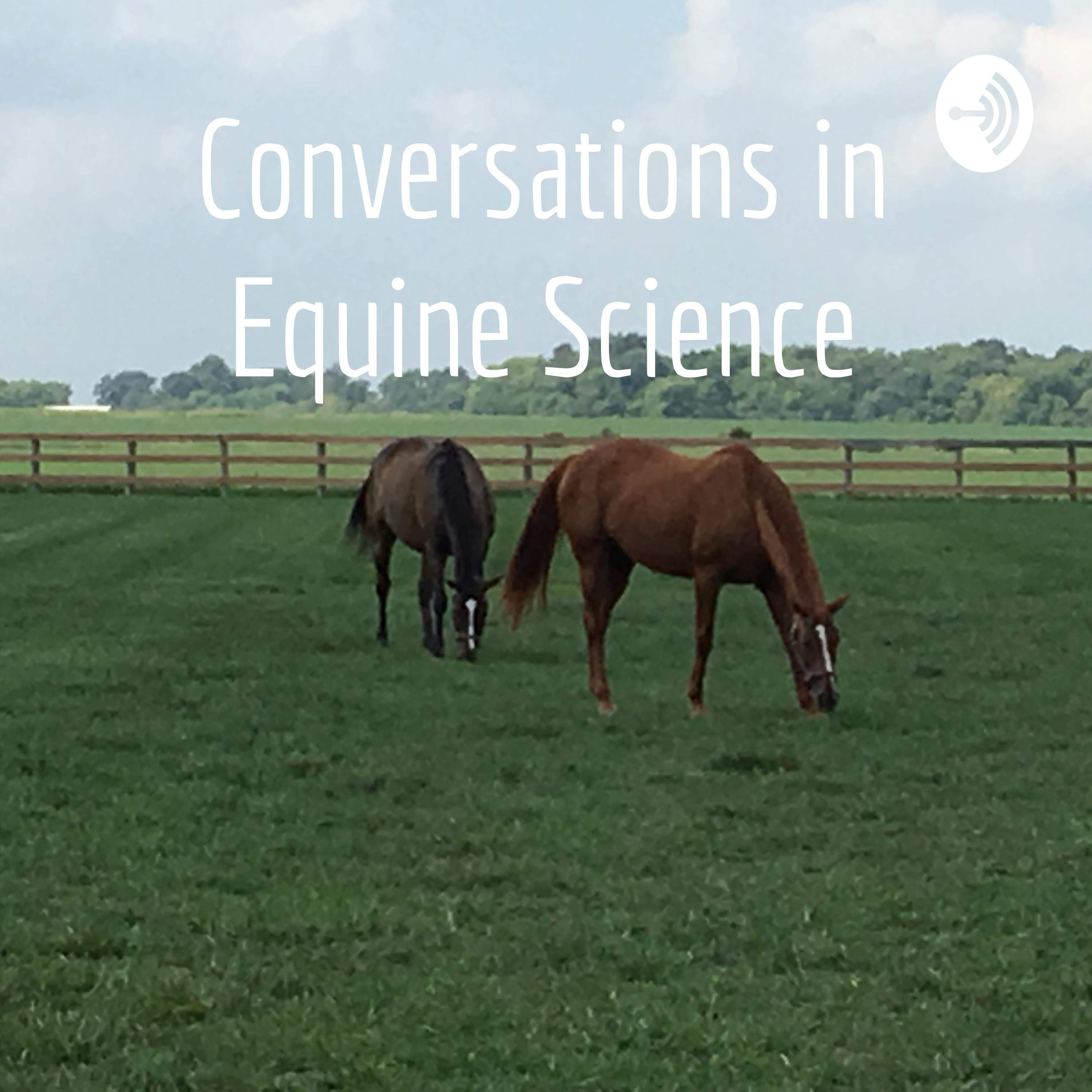 Conversations in Equine ScienceCan horses think ahead and plan strategically?This week Nancy and Kate discuss a just published research paper on the complex cognitive abilities of horses.
Research Reference:
Louise Evans, Heather Cameron-Whytock, Carrie Ijichi,
Whoa, No-Go: Evidence consistent with model-based strategy use in horses during an inhibitory task,
Applied Animal Behaviour Science, Volume 277,
106339, SSN 0168-1591,
Link: https://www.sciencedirect.com/science/article/pii/S0168159124001874?via%3Dihub
Press Releases:
https://phys.org/news/2024-08-horses-intelligent-previously-thought.html
https://www.theguardian.com/science/article/2024/aug/12/horses-can-plan-ahead-and-think-strategically-scientists-find
2024-08-2721 min
Conversations in Equine ScienceCan horses think ahead and plan strategically?This week Nancy and Kate discuss a just published research paper on the complex cognitive abilities of horses.
Research Reference:
Louise Evans, Heather Cameron-Whytock, Carrie Ijichi,
Whoa, No-Go: Evidence consistent with model-based strategy use in horses during an inhibitory task,
Applied Animal Behaviour Science, Volume 277,
106339, SSN 0168-1591,
Link: https://www.sciencedirect.com/science/article/pii/S0168159124001874?via%3Dihub
Press Releases:
https://phys.org/news/2024-08-horses-intelligent-previously-thought.html
https://www.theguardian.com/science/article/2024/aug/12/horses-can-plan-ahead-and-think-strategically-scientists-find
2024-08-2721 min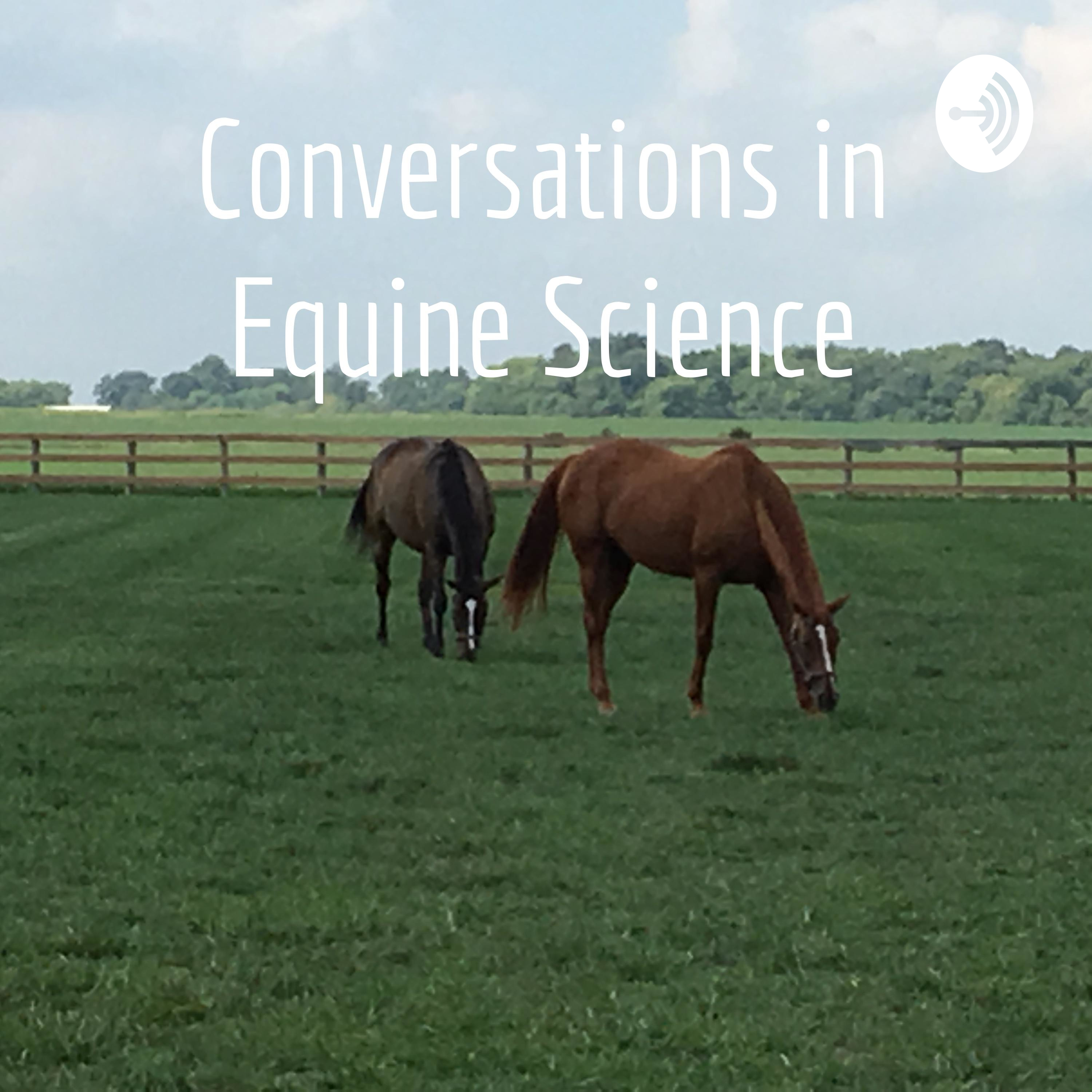 Conversations in Equine ScienceCan ponies distinguish human facial expressions?This week Nancy and Kate discuss this 2022 paper that demonstrates ponies are able to distinguish between facial expressions presented by a live human.
Research Reference/Link:
Merkies, Katrina, Yuliia Sudarenko, and Abigail J. Hodder. 2022. "Can Ponies (Equus Caballus) Distinguish Human Facial Expressions?" Animals 12, no. 18: 2331.
https://www.mdpi.com/2076-2615/12/18/2331
2024-08-1525 min
Conversations in Equine ScienceCan ponies distinguish human facial expressions?This week Nancy and Kate discuss this 2022 paper that demonstrates ponies are able to distinguish between facial expressions presented by a live human.
Research Reference/Link:
Merkies, Katrina, Yuliia Sudarenko, and Abigail J. Hodder. 2022. "Can Ponies (Equus Caballus) Distinguish Human Facial Expressions?" Animals 12, no. 18: 2331.
https://www.mdpi.com/2076-2615/12/18/2331
2024-08-1525 min Conversations in Equine ScienceThe effects of cortisol on equine bone health.In this episode Kater and Nancy discuss a recently published paper correlating consistent high cortisol levels in horses with lower osteocalcinin levels.
Research Reference/Link:
Ayodele BA, Pagel CN, Mackie EJ, Armour F, Yamada S, Zahra P, et al. Differences in bone turnover markers and injury risks between local and international horses: A Victorian Spring Racing Carnival study. Equine Vet J. 2024.
https://doi.org/10.1111/evj.14098
2024-08-0327 min
Conversations in Equine ScienceThe effects of cortisol on equine bone health.In this episode Kater and Nancy discuss a recently published paper correlating consistent high cortisol levels in horses with lower osteocalcinin levels.
Research Reference/Link:
Ayodele BA, Pagel CN, Mackie EJ, Armour F, Yamada S, Zahra P, et al. Differences in bone turnover markers and injury risks between local and international horses: A Victorian Spring Racing Carnival study. Equine Vet J. 2024.
https://doi.org/10.1111/evj.14098
2024-08-0327 min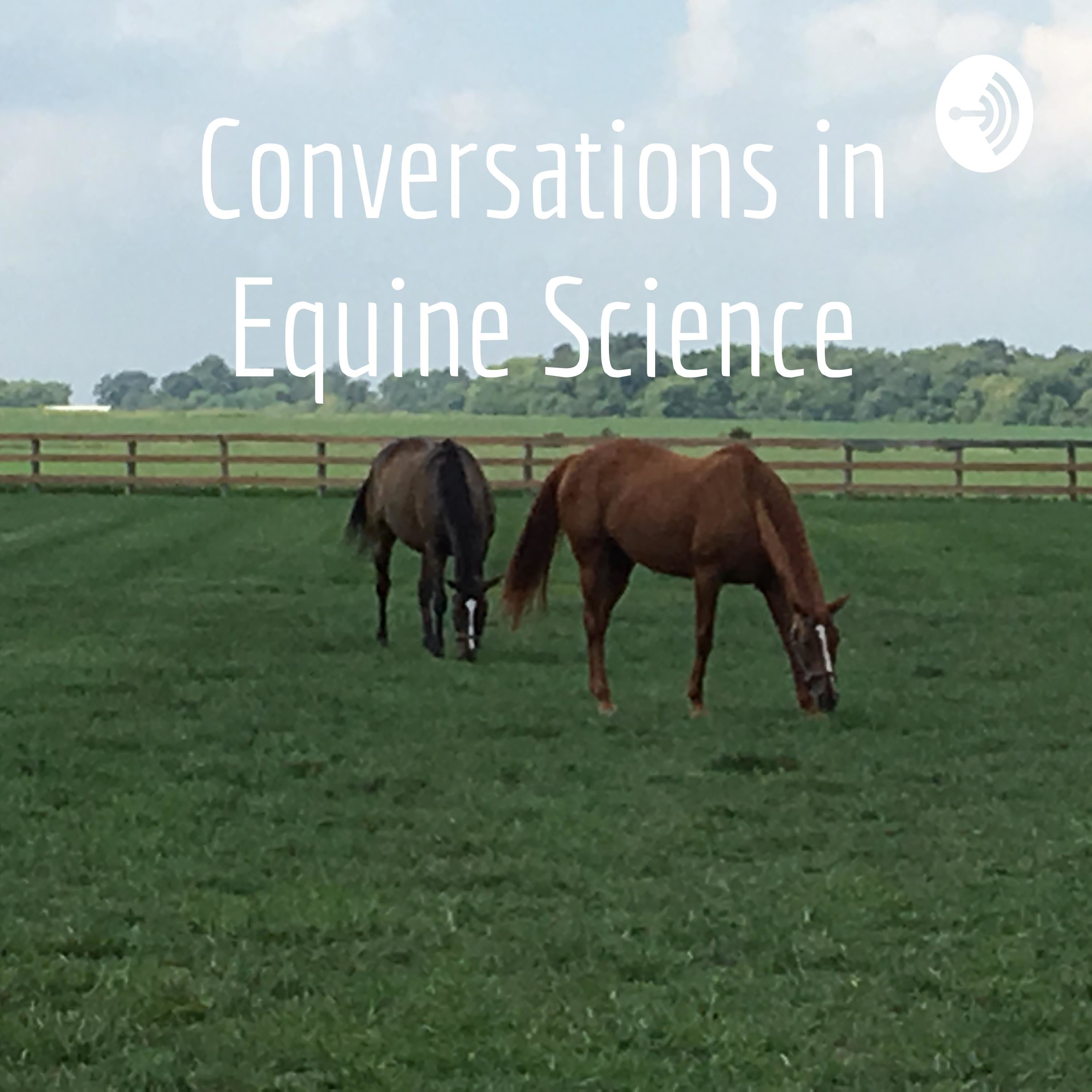 Conversations in Equine ScienceA review of 30 years of equine bone research and what we now know about making bones stronger..This week Kate and Nancy review past research on Equine bone management.
Research Reference/Link:
Nielsen, Brian D. 2023. "A Review of Three Decades of Research Dedicated to Making Equine Bones Stronger: Implications for Horses and Humans" Animals 13, no. 5: 789.
https://www.mdpi.com/2076-2615/13/5/789
2024-07-2528 min
Conversations in Equine ScienceA review of 30 years of equine bone research and what we now know about making bones stronger..This week Kate and Nancy review past research on Equine bone management.
Research Reference/Link:
Nielsen, Brian D. 2023. "A Review of Three Decades of Research Dedicated to Making Equine Bones Stronger: Implications for Horses and Humans" Animals 13, no. 5: 789.
https://www.mdpi.com/2076-2615/13/5/789
2024-07-2528 min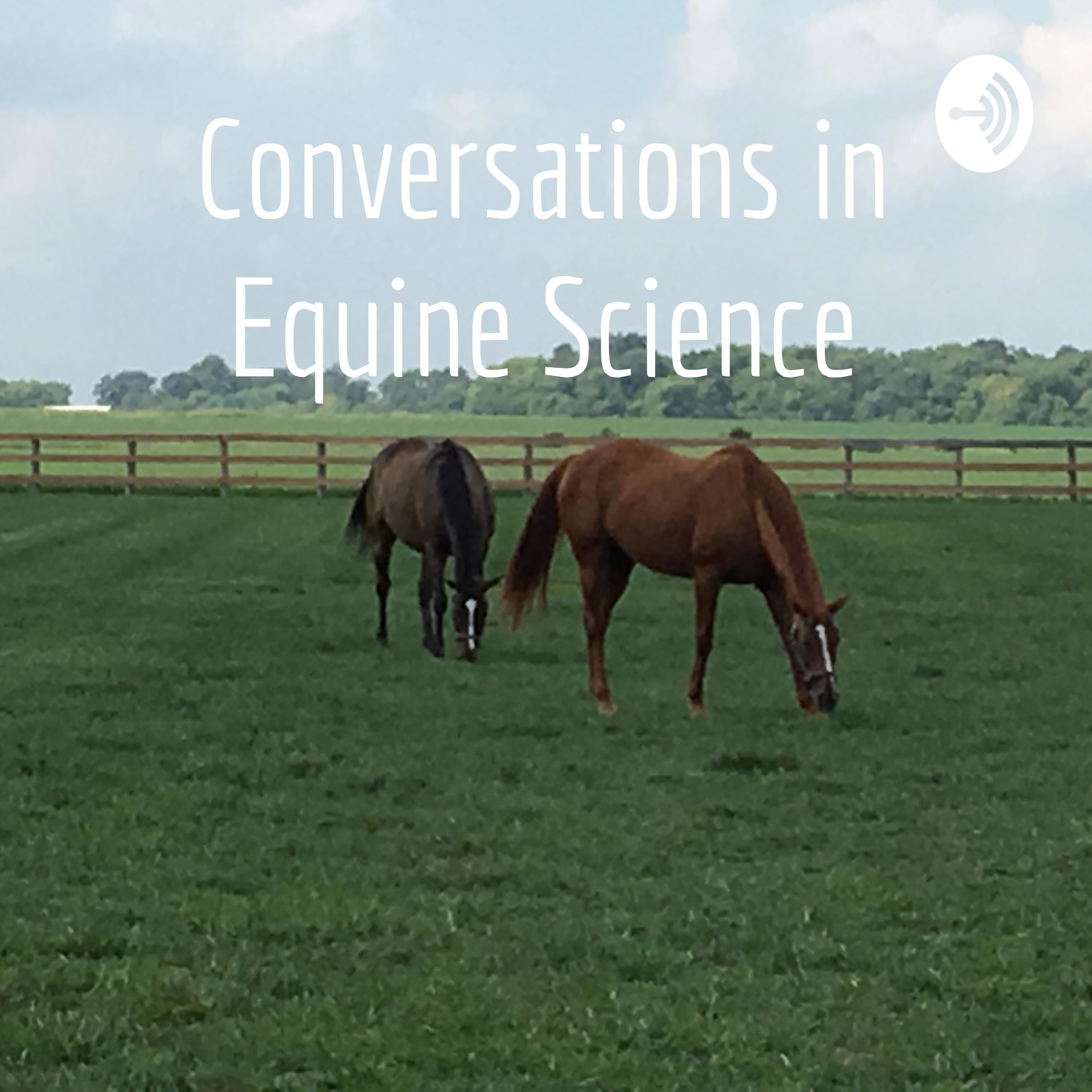 Conversations in Equine ScienceThe science and benefits of training young horses.This episode we are joined by Nikki, a listener with a research request. Nikki owns a 2 year old filly that she wants to work with now, in lieu, of waiting until her 4th/5th year. Nancy and Kate found some evidence based research that hopefully will help Nikki in her training decisions.
Research Reference/Link:
Logan, Alyssa A., and Brian D. Nielsen. 2021. "Training Young Horses: The Science behind the Benefits" Animals 11, no. 2: 463.
https://www.mdpi.com/2076-2615/11/2/463
2024-07-1329 min
Conversations in Equine ScienceThe science and benefits of training young horses.This episode we are joined by Nikki, a listener with a research request. Nikki owns a 2 year old filly that she wants to work with now, in lieu, of waiting until her 4th/5th year. Nancy and Kate found some evidence based research that hopefully will help Nikki in her training decisions.
Research Reference/Link:
Logan, Alyssa A., and Brian D. Nielsen. 2021. "Training Young Horses: The Science behind the Benefits" Animals 11, no. 2: 463.
https://www.mdpi.com/2076-2615/11/2/463
2024-07-1329 min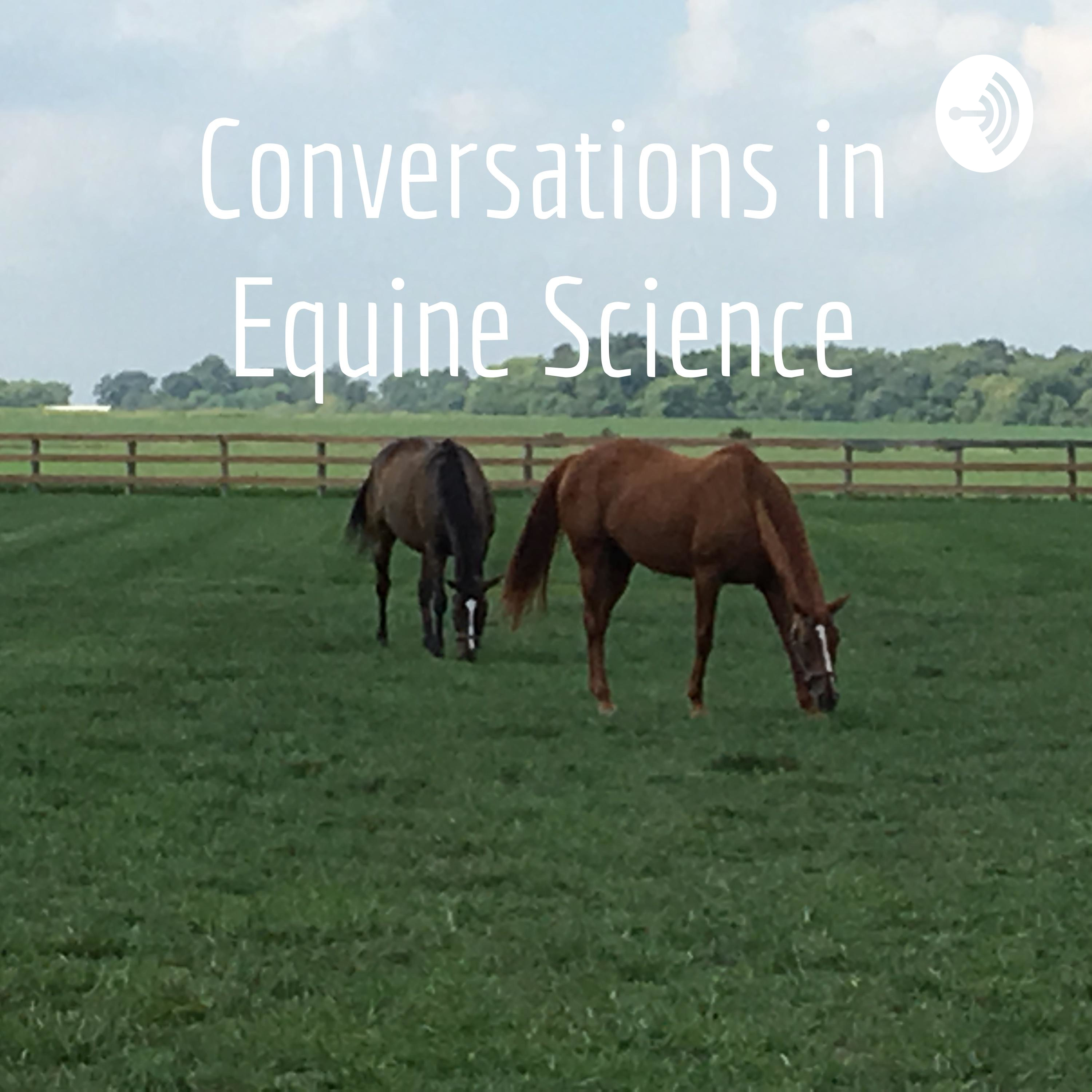 Conversations in Equine ScienceWomen and HorsesThis week Nancy talks about Lis Hartel's equestrian challenges and accomplishments. Lis was the first woman to earn a medal in the Equestrian Olympics.
Link to the schedule for the 2024 Equestrian Olympic events:
https://olympics.com/en/paris-2024/schedule/equestrian
2024-06-2813 min
Conversations in Equine ScienceWomen and HorsesThis week Nancy talks about Lis Hartel's equestrian challenges and accomplishments. Lis was the first woman to earn a medal in the Equestrian Olympics.
Link to the schedule for the 2024 Equestrian Olympic events:
https://olympics.com/en/paris-2024/schedule/equestrian
2024-06-2813 min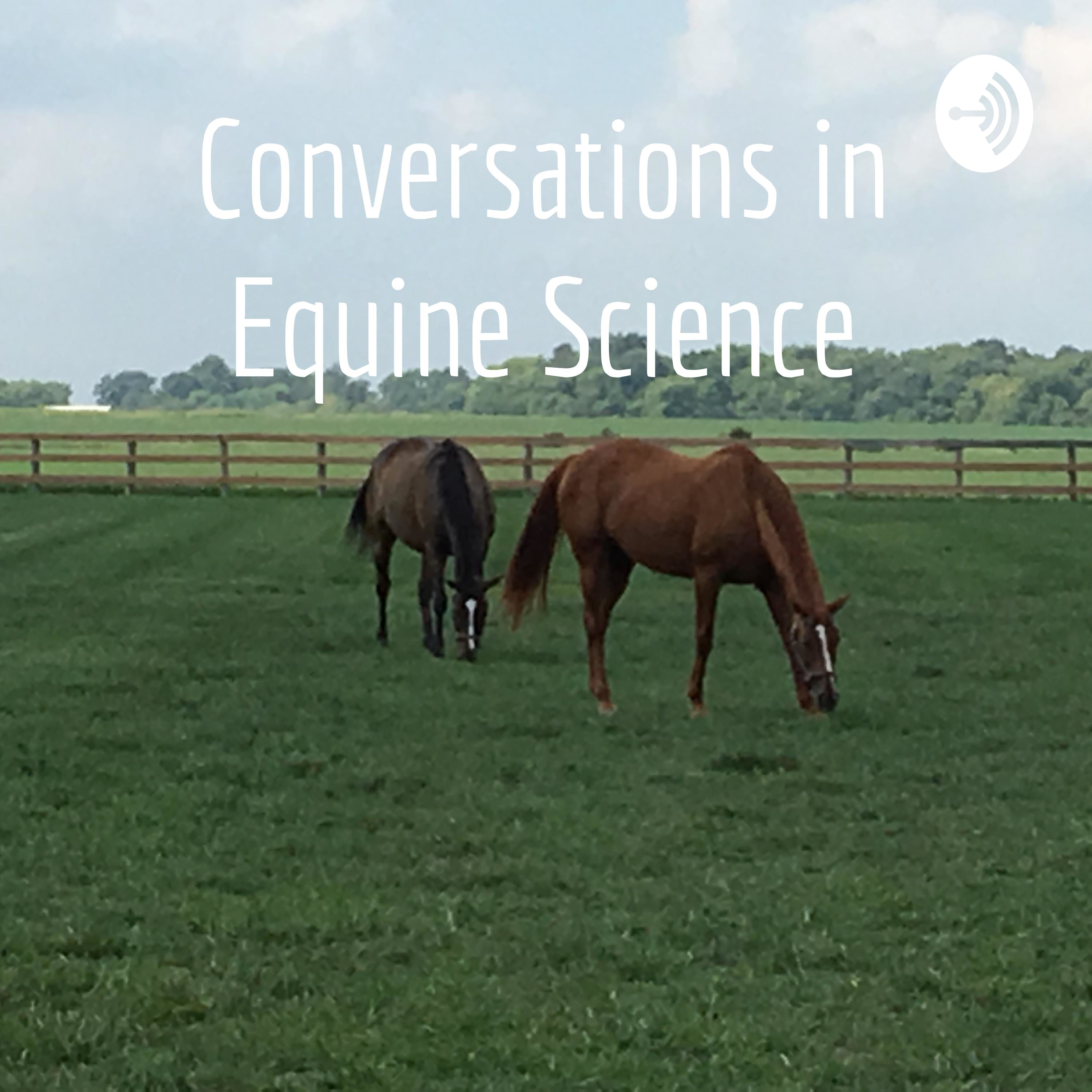 Conversations in Equine ScienceSleep and it’s role in peak performance.This week Kate and Nancy discuss how important sleep is in equestrian performance and safety.
References:
Joanna Fong-Isariyawongse, MD (2024). Sleep can give athletes an edge over competitors − but few recognize how fundamental sleep is to performance. The Conversation, University of Pittsburgh.
Link: https://theconversation.com/sleep-can-give-athletes-an-edge-over-competitors-but-few-recognize-how-fundamental-sleep-is-to-performance-221403
Dr. David Marlin Stable Science Podcast Link:
https://drdavidmarlin.com/podcast-dr-david-marlin-interviews-emma-davies-on-rider-sleeppodcast/
2024-06-1726 min
Conversations in Equine ScienceSleep and it’s role in peak performance.This week Kate and Nancy discuss how important sleep is in equestrian performance and safety.
References:
Joanna Fong-Isariyawongse, MD (2024). Sleep can give athletes an edge over competitors − but few recognize how fundamental sleep is to performance. The Conversation, University of Pittsburgh.
Link: https://theconversation.com/sleep-can-give-athletes-an-edge-over-competitors-but-few-recognize-how-fundamental-sleep-is-to-performance-221403
Dr. David Marlin Stable Science Podcast Link:
https://drdavidmarlin.com/podcast-dr-david-marlin-interviews-emma-davies-on-rider-sleeppodcast/
2024-06-1726 min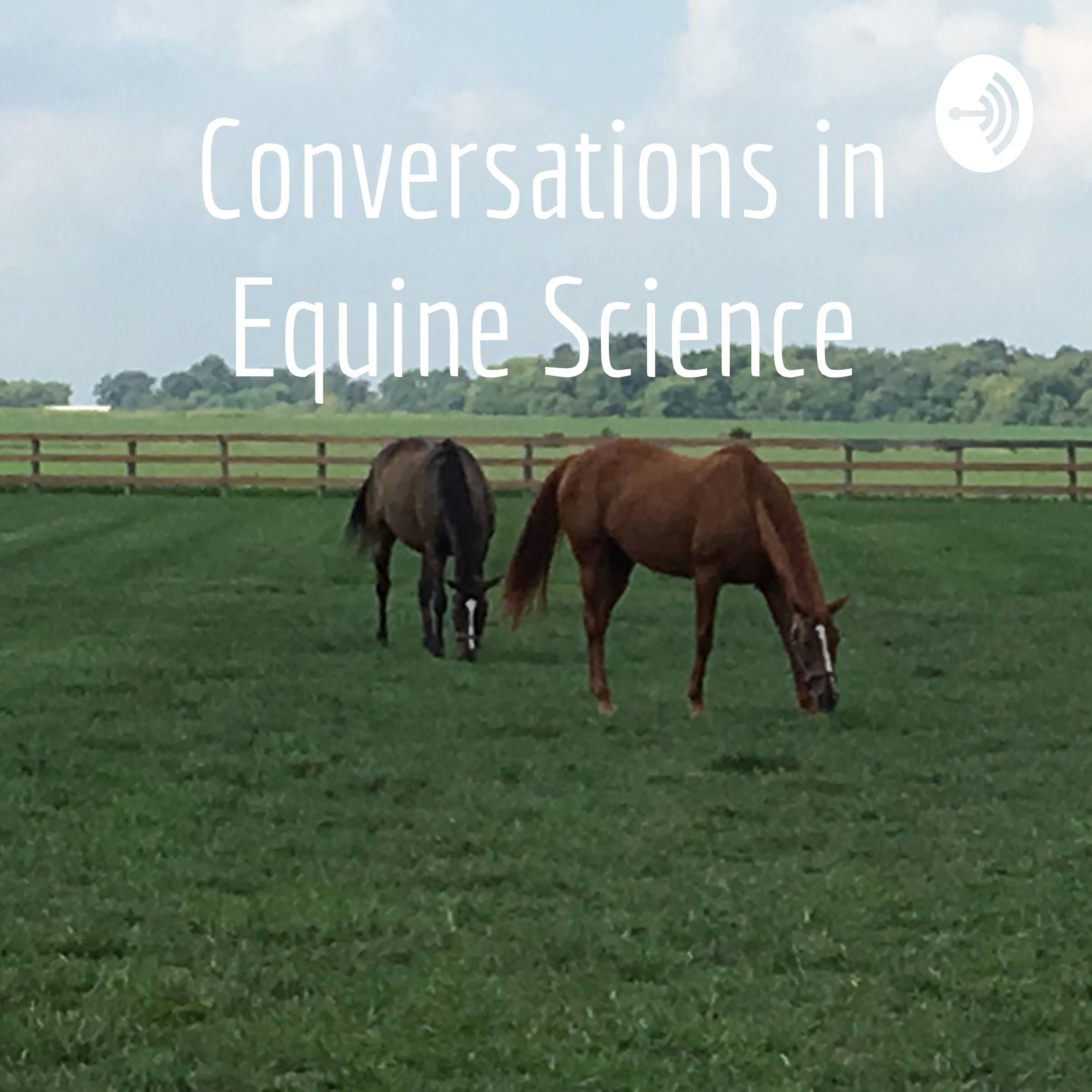 Conversations in Equine ScienceFitness and Nutrition for Equestrians.This week Nancy and Kate respond to a listener's email about limiting rider injuries and accidents by staying physically fit through diet and exercise protocols.
Research References:
Best, Russ, Jane M. Williams, and Jeni Pearce. (2023). "The Physiological Requirements of and Nutritional Recommendations for Equestrian Riders" Nutrients 15, no. 23: 4977.
Link: https://doi.org/10.3390/nu15234977
2024-06-1037 min
Conversations in Equine ScienceFitness and Nutrition for Equestrians.This week Nancy and Kate respond to a listener's email about limiting rider injuries and accidents by staying physically fit through diet and exercise protocols.
Research References:
Best, Russ, Jane M. Williams, and Jeni Pearce. (2023). "The Physiological Requirements of and Nutritional Recommendations for Equestrian Riders" Nutrients 15, no. 23: 4977.
Link: https://doi.org/10.3390/nu15234977
2024-06-1037 min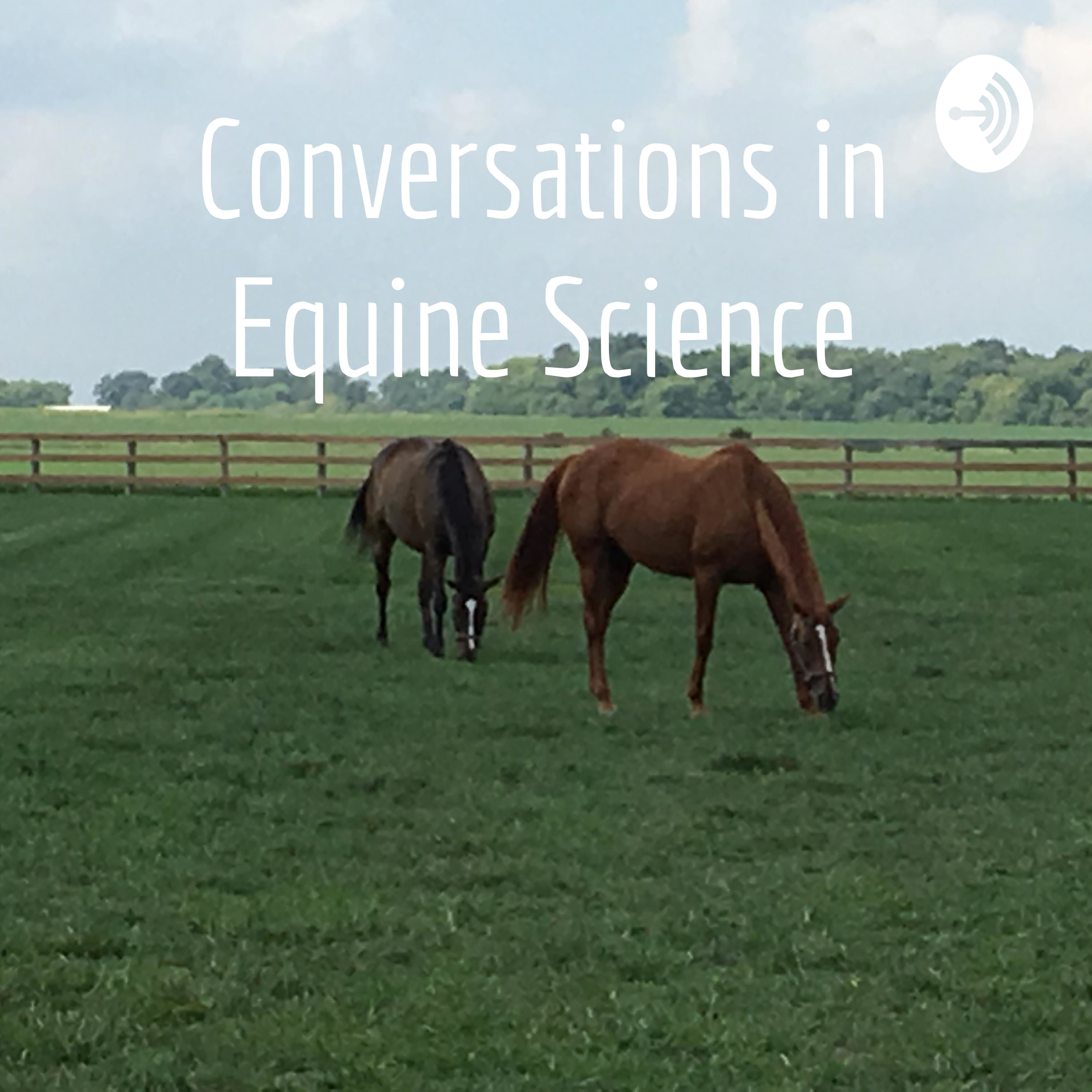 Conversations in Equine ScienceIs Kinesiology Tape Effective?This week Nancy and Kate discuss the results of a 2024 study on the effectiveness of Kinesiology tape on horses to reduce pain.
Research reference:
Melissa R. King, Hope Pavsek, Katherine L. Ellis, Jodie Daglish (2024). Effects of elastic therapeutic tape on thoracolumbar epaxial muscle pain in horses, Journal of Equine Rehabilitation,, Volume 2, 100007, ISSN 2949-9054.
Here is the link to "Effects of elastic therapeutic tape on thoracolumbar epaxial muscle pain in horses": https://www.sciencedirect.com/science/article/pii/S2949905424000021
2024-06-0328 min
Conversations in Equine ScienceIs Kinesiology Tape Effective?This week Nancy and Kate discuss the results of a 2024 study on the effectiveness of Kinesiology tape on horses to reduce pain.
Research reference:
Melissa R. King, Hope Pavsek, Katherine L. Ellis, Jodie Daglish (2024). Effects of elastic therapeutic tape on thoracolumbar epaxial muscle pain in horses, Journal of Equine Rehabilitation,, Volume 2, 100007, ISSN 2949-9054.
Here is the link to "Effects of elastic therapeutic tape on thoracolumbar epaxial muscle pain in horses": https://www.sciencedirect.com/science/article/pii/S2949905424000021
2024-06-0328 min Conversations in Equine ScienceLexington; Sire of Sires (Part 2)This week Nancy continues with the story of Lexington and his stallion career, the effects of the civil war and how his skeleton made the journey back to his birthplace of Kentucky 160 years after his birth.
Reference:
Wickens, Kim (2023). Lexington: The Extraordinary Life and Turbulent Times of America's Legendary Racehorse. Ballantine Books, New York, USA. (416 pages.)
2024-05-2725 min
Conversations in Equine ScienceLexington; Sire of Sires (Part 2)This week Nancy continues with the story of Lexington and his stallion career, the effects of the civil war and how his skeleton made the journey back to his birthplace of Kentucky 160 years after his birth.
Reference:
Wickens, Kim (2023). Lexington: The Extraordinary Life and Turbulent Times of America's Legendary Racehorse. Ballantine Books, New York, USA. (416 pages.)
2024-05-2725 min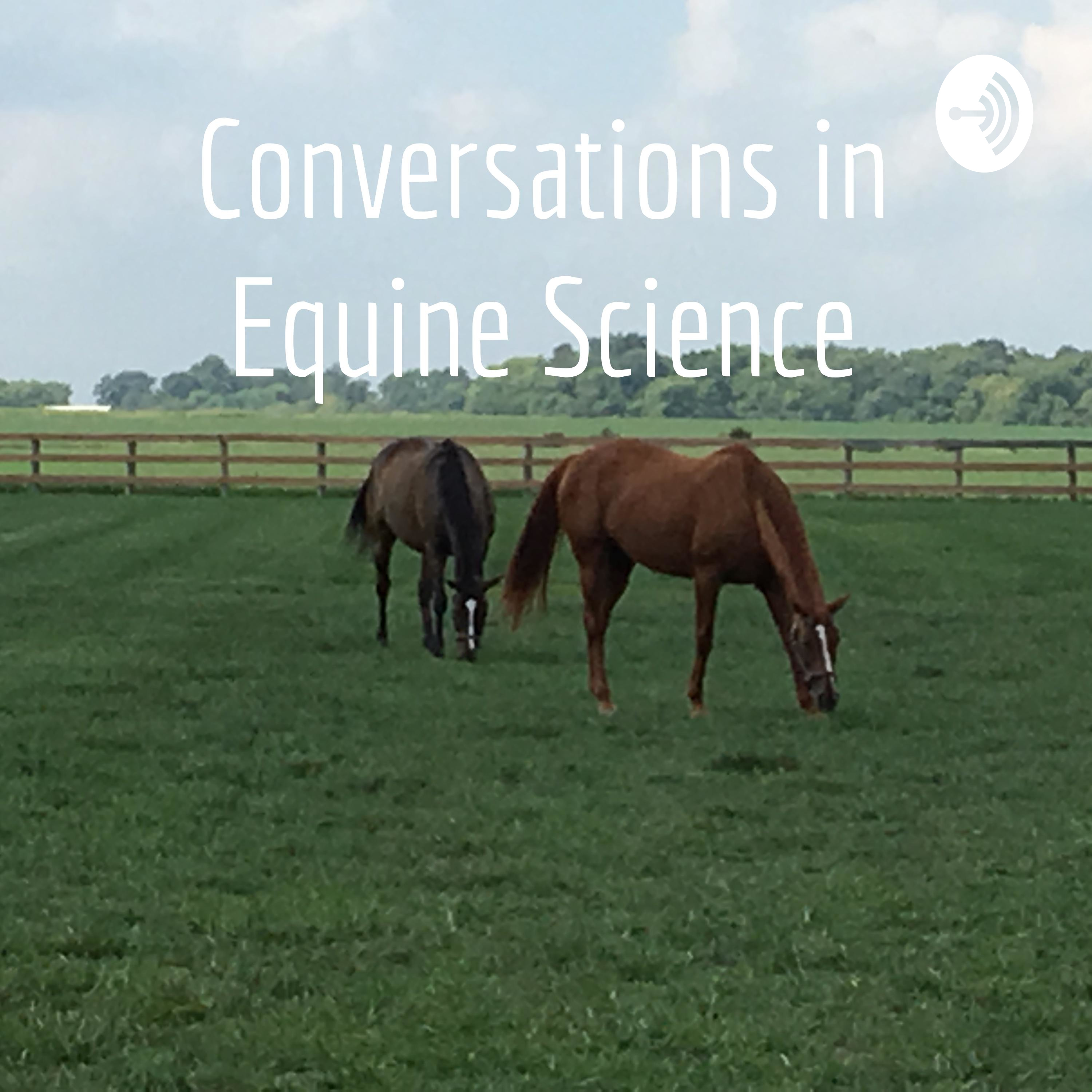 Conversations in Equine ScienceLexington...Sires of SiresThis week Nancy goes back in history to talk about the antebellum era of racing and the impact the horse Lexington had on the nation during the turbulent pre-civil war days.
Research References/Links:
Wickens, Kim (2023). Lexington: The Extraordinary Life and Turbulent Times of America's Legendary Racehorse. Ballantine Books, New York, USA. (416 pages.)
2024-05-1425 min
Conversations in Equine ScienceLexington...Sires of SiresThis week Nancy goes back in history to talk about the antebellum era of racing and the impact the horse Lexington had on the nation during the turbulent pre-civil war days.
Research References/Links:
Wickens, Kim (2023). Lexington: The Extraordinary Life and Turbulent Times of America's Legendary Racehorse. Ballantine Books, New York, USA. (416 pages.)
2024-05-1425 min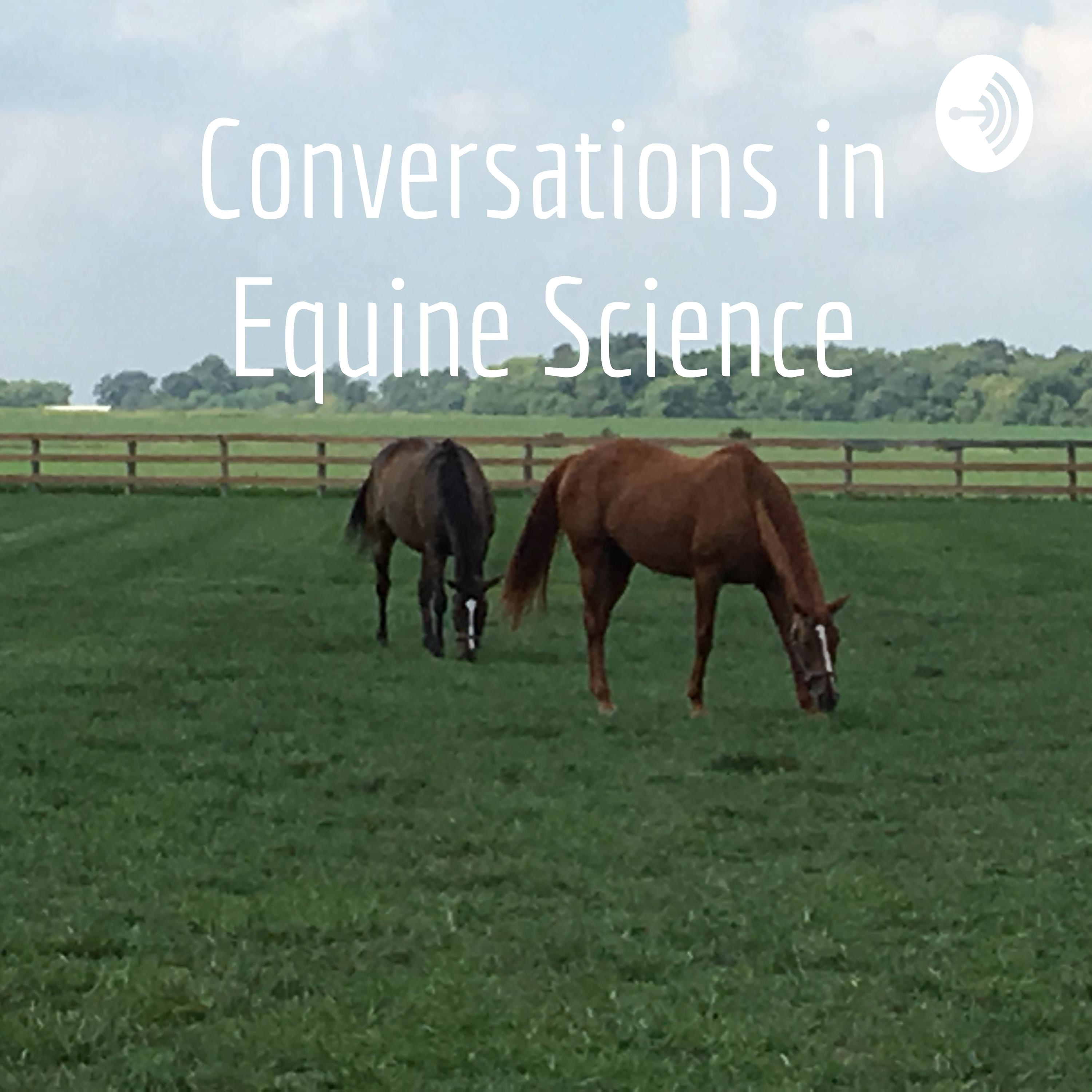 Conversations in Equine ScienceHighlighting relevant genes for equine behavior.In this episode Nancy and Kate discuss a 2023 paper on equine genomics and behavior traits.
Research reference/link:
Holtby, A.R., Hall, T.J., McGivney, B.A., Han, H., Murphy, K.J., MacHugh, D.E. et al. (2023) Integrative genomics analysis highlights functionally relevant genes for equine behaviour. Animal Genetics, 54, 457–469.
Available from: https://onlinelibrary.wiley.com/doi/epdf/10.1111/age.13320#:~:text=t%20p%20s%3A%20//d%20o%20i.or%20g%20/10.1111/a%20g%20e.1332%200
2024-05-0326 min
Conversations in Equine ScienceHighlighting relevant genes for equine behavior.In this episode Nancy and Kate discuss a 2023 paper on equine genomics and behavior traits.
Research reference/link:
Holtby, A.R., Hall, T.J., McGivney, B.A., Han, H., Murphy, K.J., MacHugh, D.E. et al. (2023) Integrative genomics analysis highlights functionally relevant genes for equine behaviour. Animal Genetics, 54, 457–469.
Available from: https://onlinelibrary.wiley.com/doi/epdf/10.1111/age.13320#:~:text=t%20p%20s%3A%20//d%20o%20i.or%20g%20/10.1111/a%20g%20e.1332%200
2024-05-0326 min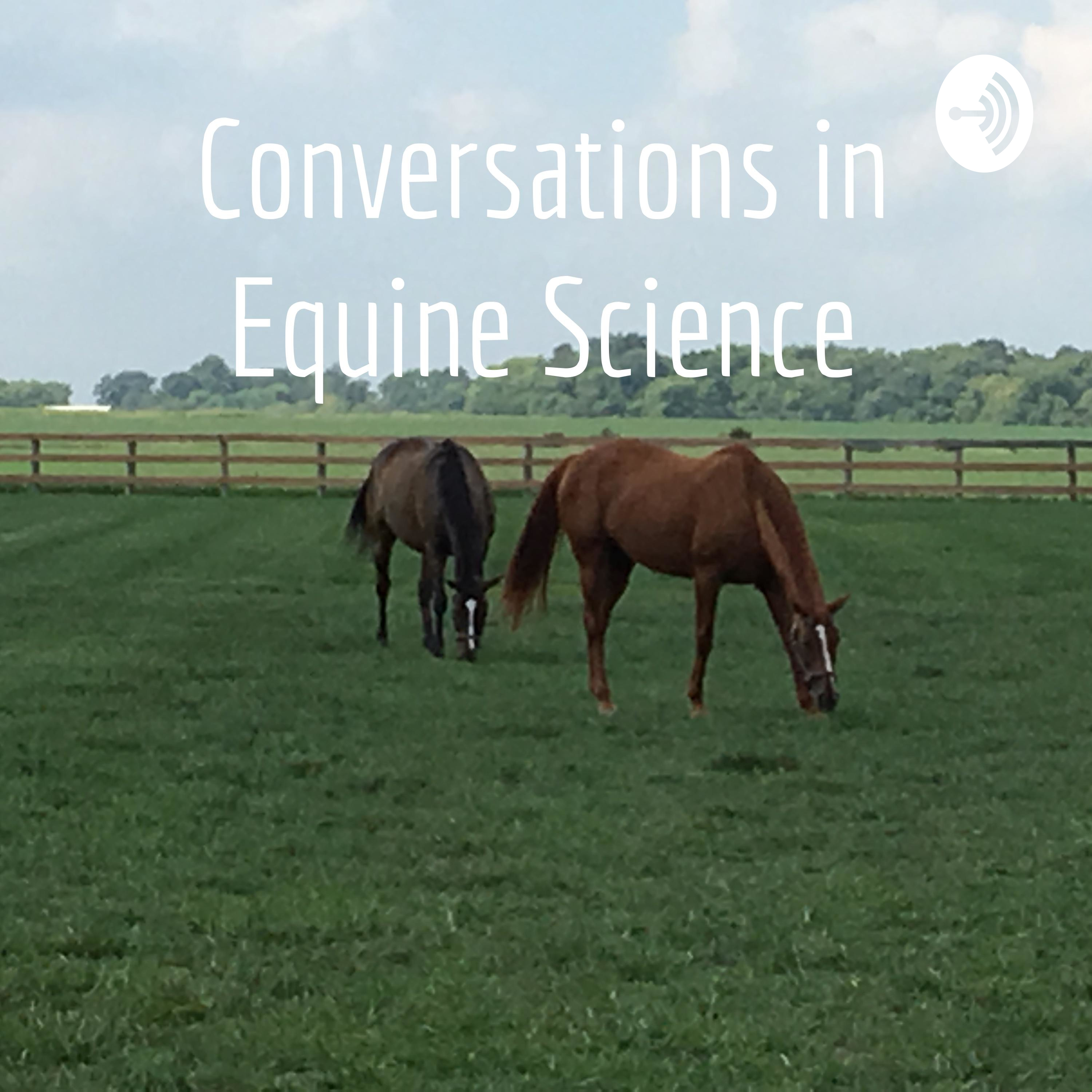 Conversations in Equine ScienceDonkey Hide Legislation UpdateThis week Kate and Nancy revisit the Donkey Skin Trade (ejiao) crisis and the African Union Ban of February 2024.
Research Reference/Link:
Shan Su, Ewan A. Macdonald, Nico Arcilla, Maurice Beseng, Felipe Thomaz, David W. Macdonald (2023). Characterising the links between the trade in donkey skins for traditional Chinese medicine and timber of conservation concern, Global Ecology and Conservation, Volume 46.
https://www.sciencedirect.com/science/article/pii/S2351989423002330
Link to 2021 Donkey hide episode: https://spotifyanchor-web.app.link/e/dj6qsbfiIIb
Link to The Brooke...2024-04-1121 min
Conversations in Equine ScienceDonkey Hide Legislation UpdateThis week Kate and Nancy revisit the Donkey Skin Trade (ejiao) crisis and the African Union Ban of February 2024.
Research Reference/Link:
Shan Su, Ewan A. Macdonald, Nico Arcilla, Maurice Beseng, Felipe Thomaz, David W. Macdonald (2023). Characterising the links between the trade in donkey skins for traditional Chinese medicine and timber of conservation concern, Global Ecology and Conservation, Volume 46.
https://www.sciencedirect.com/science/article/pii/S2351989423002330
Link to 2021 Donkey hide episode: https://spotifyanchor-web.app.link/e/dj6qsbfiIIb
Link to The Brooke...2024-04-1121 min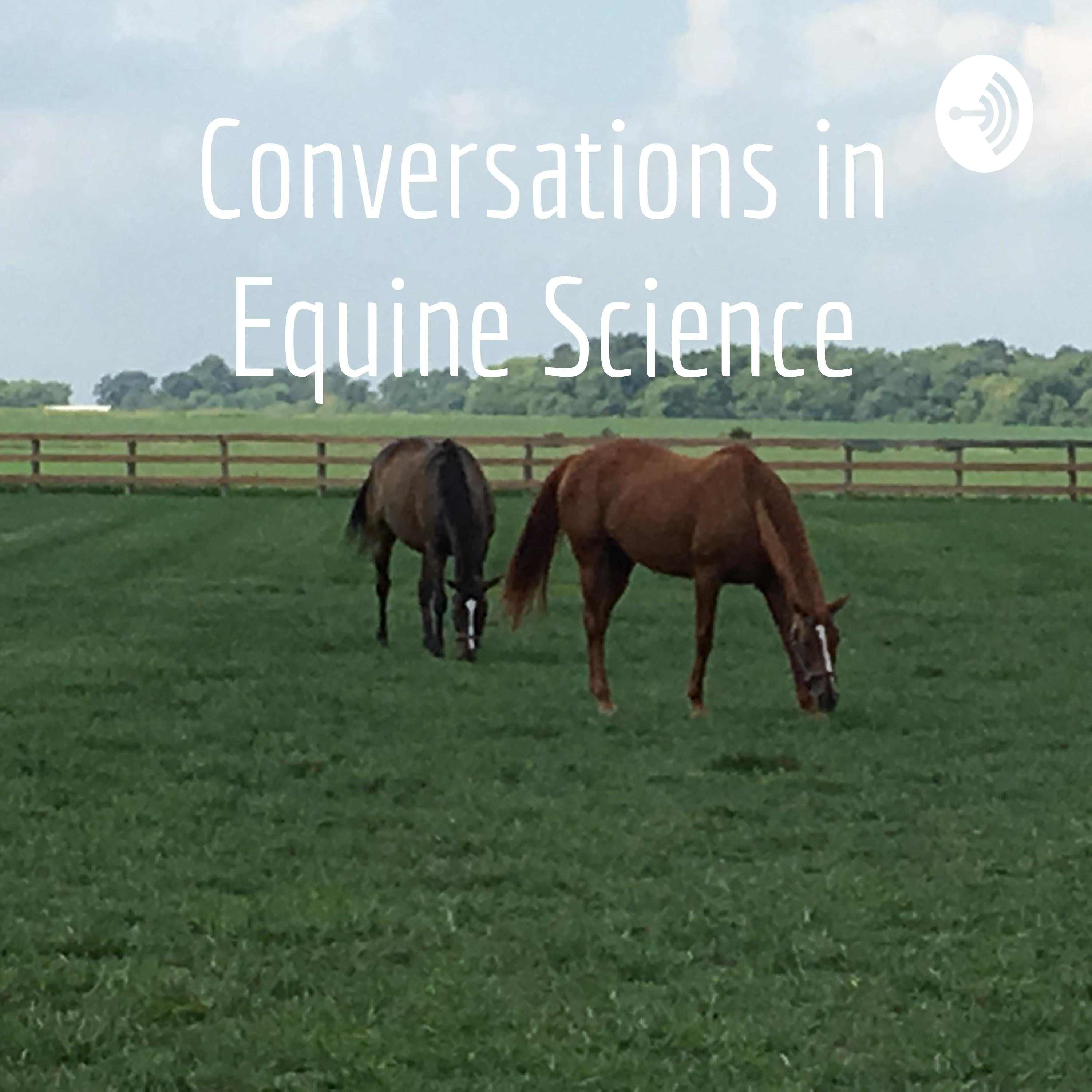 Conversations in Equine ScienceInterview with ”MadBarn” Owner/Founder Scott CieslarThis episode Nancy and Kate interview Scott Cieslar owner of MadBarn. Madbarn is a nutrition, and supplement company that also fuels equine research. Listen in and check out the website @ https://madbarn.com/ (USA) or https://madbarn.ca/ (Canada).
2024-04-0237 min
Conversations in Equine ScienceInterview with ”MadBarn” Owner/Founder Scott CieslarThis episode Nancy and Kate interview Scott Cieslar owner of MadBarn. Madbarn is a nutrition, and supplement company that also fuels equine research. Listen in and check out the website @ https://madbarn.com/ (USA) or https://madbarn.ca/ (Canada).
2024-04-0237 min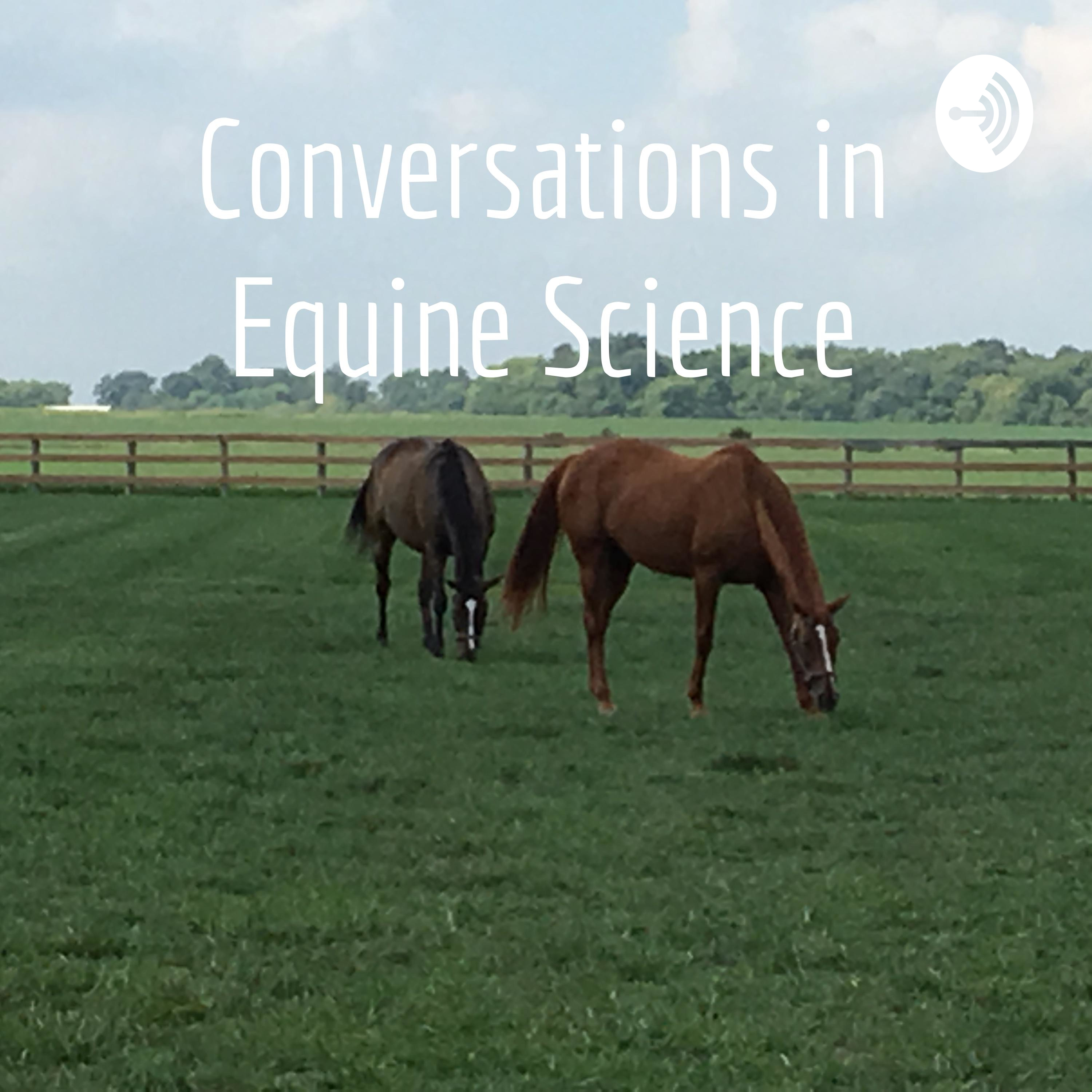 Conversations in Equine ScienceEmotion and Pain Recognition in Horses using Artificial Intelligence Applications.This week Kate and Nancy discuss using smartphone apps to help in the recognition of emotions and pain in horses.
Research Reference/Link
Corujo, Luis A., Emily Kieson, Timo Schloesser, and Peter A. Gloor. (2021). "Emotion Recognition in Horses with Convolutional Neural Networks" Future Internet 13, no. 10: 250.
https://doi.org/10.3390/fi13100250
Equine Pain and Welfare App:
Apple:
https://apps.apple.com/il/app/epwa/id1428507532
Android:
https://play.google.com/store/apps/details?id=com.epwa&hl=en_US
Link to Training Program for EPWA:
...2024-03-2624 min
Conversations in Equine ScienceEmotion and Pain Recognition in Horses using Artificial Intelligence Applications.This week Kate and Nancy discuss using smartphone apps to help in the recognition of emotions and pain in horses.
Research Reference/Link
Corujo, Luis A., Emily Kieson, Timo Schloesser, and Peter A. Gloor. (2021). "Emotion Recognition in Horses with Convolutional Neural Networks" Future Internet 13, no. 10: 250.
https://doi.org/10.3390/fi13100250
Equine Pain and Welfare App:
Apple:
https://apps.apple.com/il/app/epwa/id1428507532
Android:
https://play.google.com/store/apps/details?id=com.epwa&hl=en_US
Link to Training Program for EPWA:
...2024-03-2624 min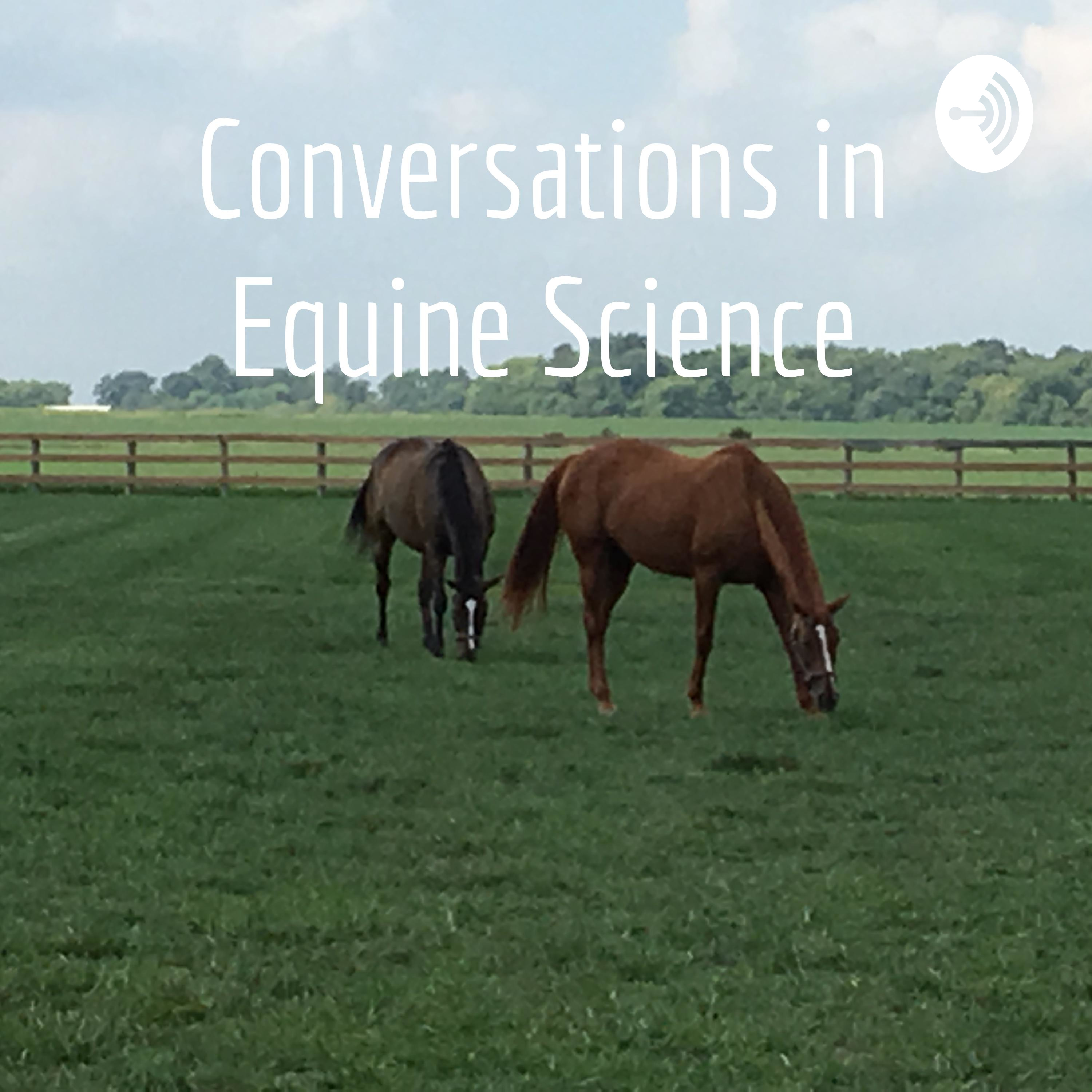 Conversations in Equine ScienceHorse health research and how it is helping humans.Nancy and Kate talk about Dr. Manfredi's equine metabolic research at Michigan State University.
Reference/Link to article:
Manfredi, J. (2023). Horse health research will help humans stay healthy, too, with insights on reining in diabetes and obesity, The Conversation; Michigan State University.
https://theconversation.com/horse-health-research-will-help-humans-stay-healthy-too-with-insights-on-reining-in-diabetes-and-obesity-205185
2024-03-1827 min
Conversations in Equine ScienceHorse health research and how it is helping humans.Nancy and Kate talk about Dr. Manfredi's equine metabolic research at Michigan State University.
Reference/Link to article:
Manfredi, J. (2023). Horse health research will help humans stay healthy, too, with insights on reining in diabetes and obesity, The Conversation; Michigan State University.
https://theconversation.com/horse-health-research-will-help-humans-stay-healthy-too-with-insights-on-reining-in-diabetes-and-obesity-205185
2024-03-1827 min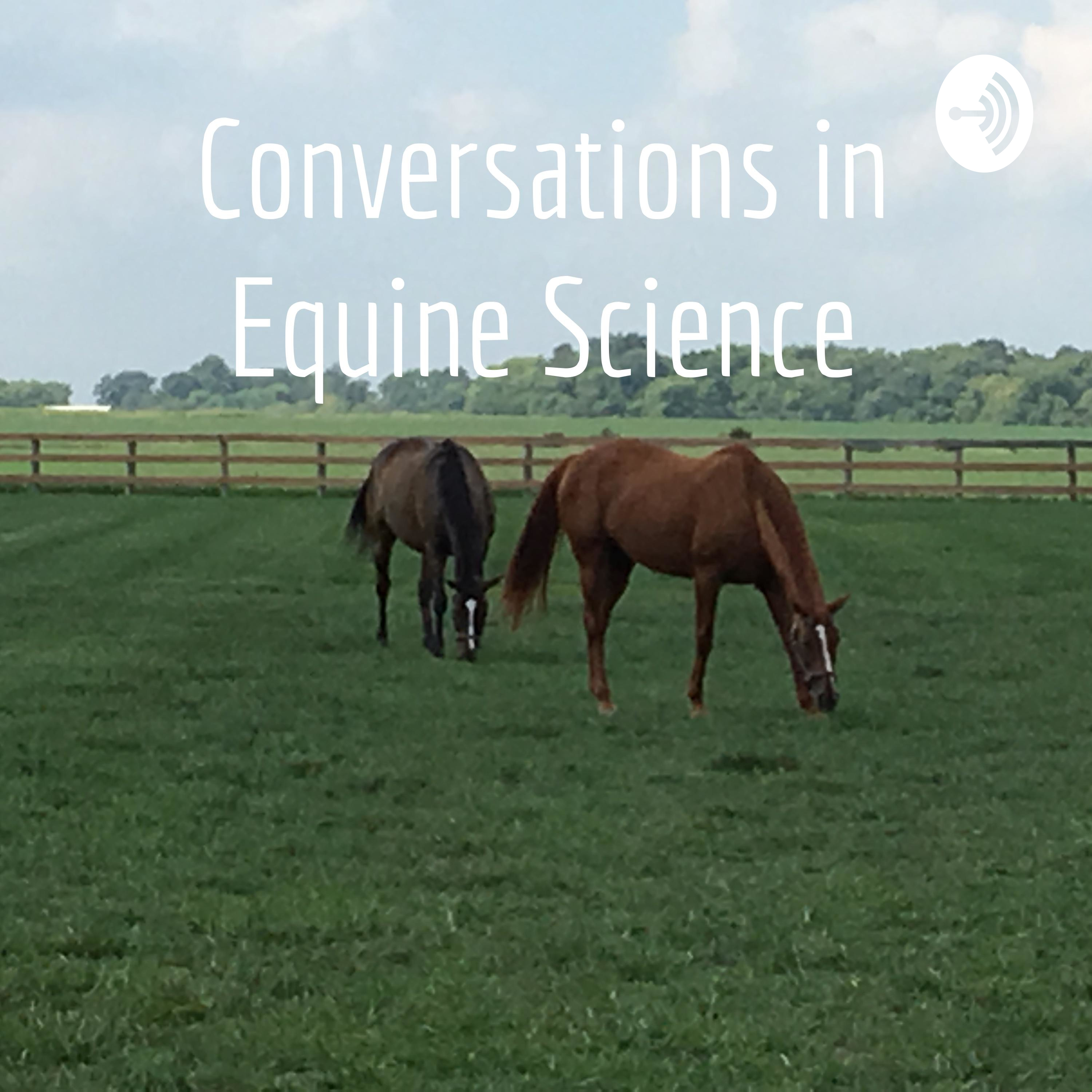 Conversations in Equine ScienceBell Mares...a look back in history.This week Nancy takes a look at the use of Bell Mares during the 1800s up to WWII.
Research References:
L. Proops et al (2012).Social relations in a mixed group of mules, ponies and donkeys reflect differences in equid type, Behavioral Processes.
Link: https://www.sciencedirect.com/science/article/abs/pii/S0376635712000654
Górecka-Bruzda A, Jastrzębska E, Drewka M, Nadolna Z, Becker K, Lansade L (2022) Female Horses are more socially dependent than geldings kept in riding clubs. Appl Anim Behav Sci 254:105714.
Link: https://doi.org/10.1016/j.applanim.2022.105714
2024-03-0913 min
Conversations in Equine ScienceBell Mares...a look back in history.This week Nancy takes a look at the use of Bell Mares during the 1800s up to WWII.
Research References:
L. Proops et al (2012).Social relations in a mixed group of mules, ponies and donkeys reflect differences in equid type, Behavioral Processes.
Link: https://www.sciencedirect.com/science/article/abs/pii/S0376635712000654
Górecka-Bruzda A, Jastrzębska E, Drewka M, Nadolna Z, Becker K, Lansade L (2022) Female Horses are more socially dependent than geldings kept in riding clubs. Appl Anim Behav Sci 254:105714.
Link: https://doi.org/10.1016/j.applanim.2022.105714
2024-03-0913 min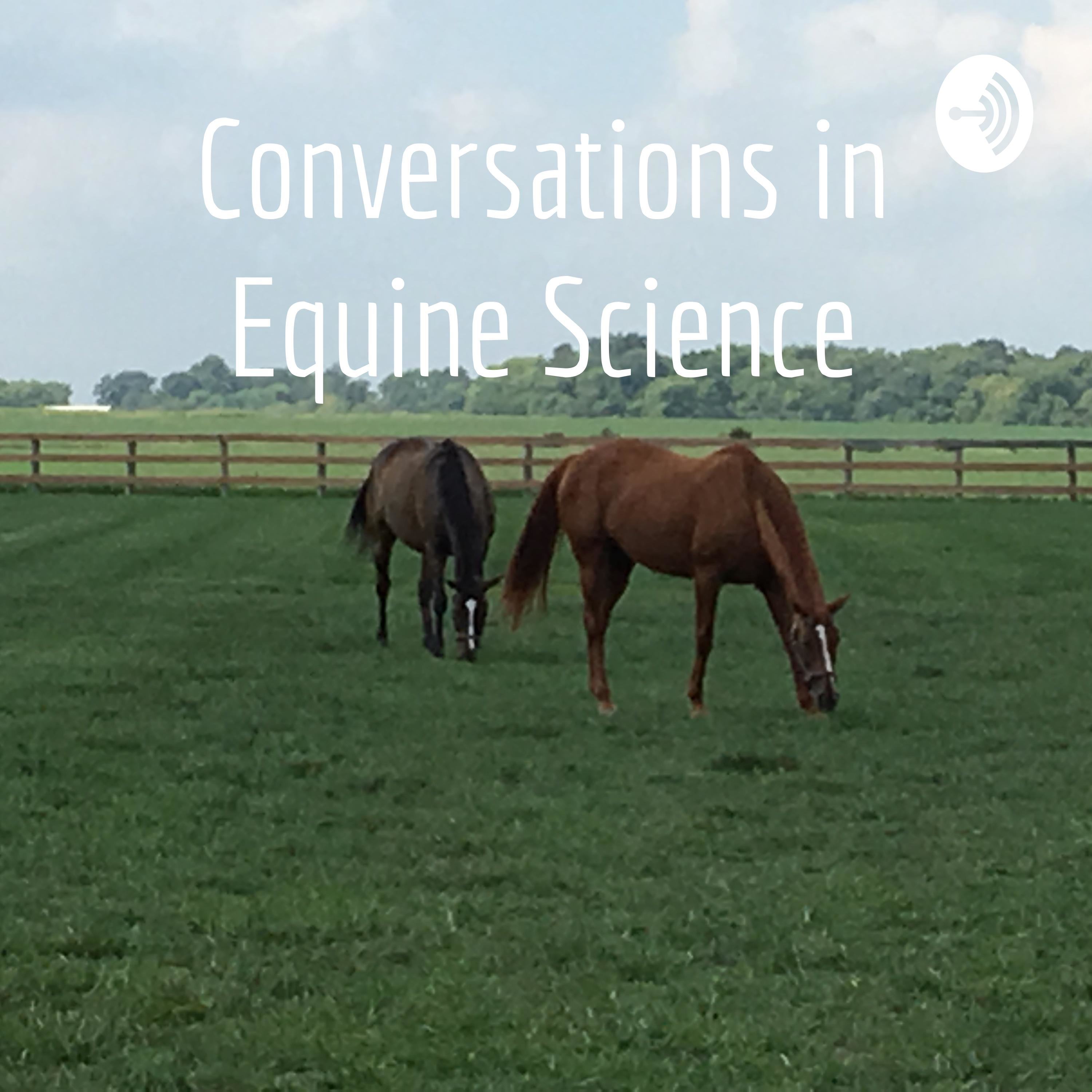 Conversations in Equine ScienceEquine Assisted ServicesThis episode Kate and Nancy discuss a listeners' recently published research. This research is a 2024 update to our past episodes on Equine Assisted Therapy.
Research Reference:
Seery, Rita, and Deborah Wells. 2024. "An Exploratory Study into the Backgrounds and Perspectives of Equine-Assisted Service Practitioners" Animals 14, no. 2: 347.
Link: https://doi.org/10.3390/ani14020347
2024-02-2628 min
Conversations in Equine ScienceEquine Assisted ServicesThis episode Kate and Nancy discuss a listeners' recently published research. This research is a 2024 update to our past episodes on Equine Assisted Therapy.
Research Reference:
Seery, Rita, and Deborah Wells. 2024. "An Exploratory Study into the Backgrounds and Perspectives of Equine-Assisted Service Practitioners" Animals 14, no. 2: 347.
Link: https://doi.org/10.3390/ani14020347
2024-02-2628 min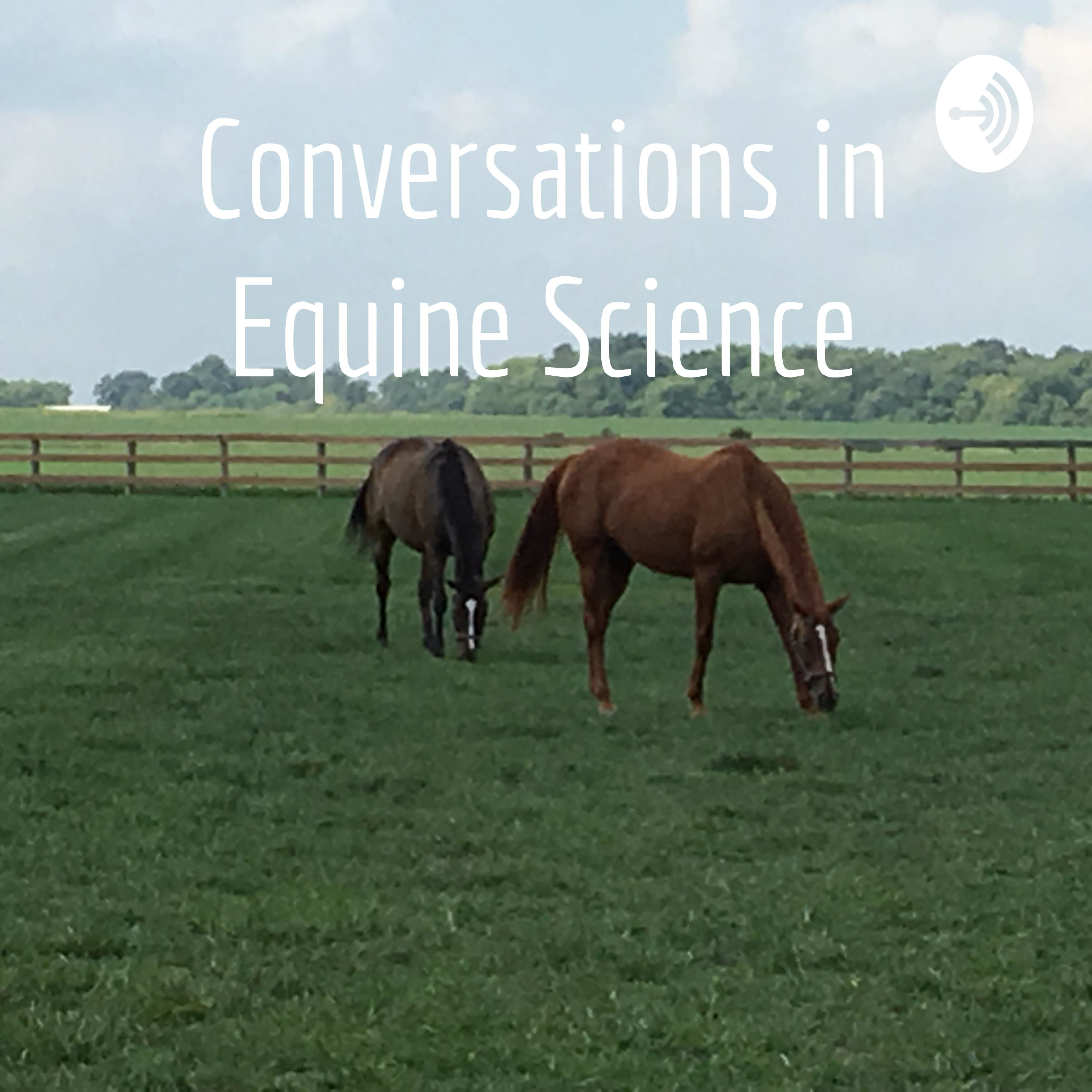 Conversations in Equine ScienceThe Impact of Weather on Equine ActivityThis week Nancy and Kate discuss a listeners' email request via a recently published paper on the effects of weather on pastured horses.
Research Reference and Link (not open access-snippets available.):
Keller, G.A.; Nielsen, B.D.; Vergara-Hernandez, F.B.; Robison, C.I. Tracking the Impact of Weather on Equine Activity While Pastured. J. Equine Vet. Sci. 2022, 116, 104052.
https://www.sciencedirect.com/science/article/abs/pii/S0737080622001903
2024-02-1231 min
Conversations in Equine ScienceThe Impact of Weather on Equine ActivityThis week Nancy and Kate discuss a listeners' email request via a recently published paper on the effects of weather on pastured horses.
Research Reference and Link (not open access-snippets available.):
Keller, G.A.; Nielsen, B.D.; Vergara-Hernandez, F.B.; Robison, C.I. Tracking the Impact of Weather on Equine Activity While Pastured. J. Equine Vet. Sci. 2022, 116, 104052.
https://www.sciencedirect.com/science/article/abs/pii/S0737080622001903
2024-02-1231 min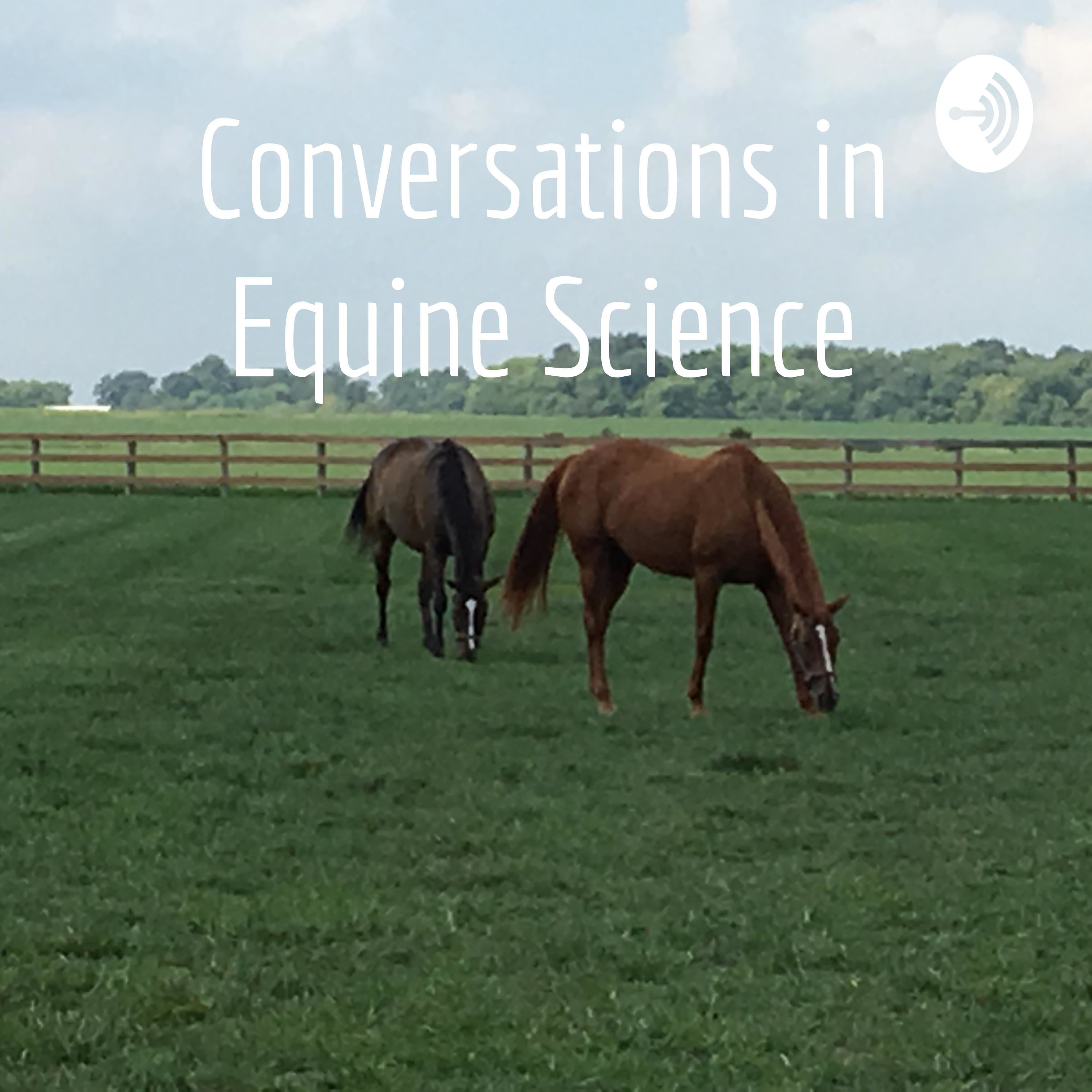 Conversations in Equine ScienceUsing the Equine Brief Pain Inventory (EBPI) to assess osteoarthritis in horses.Kate and Nancy discuss using the EBPI to manage osteoarthritis in horses.
References and Link:
Howard DL, Lancaster B, de Grauw J. Development and Preliminary Validation of an Equine Brief Pain Inventory for Owner Assessment of Chronic Pain Due to Osteoarthritis in Horses. Animals. 2024; 14(2):181.
https://doi.org/10.3390/ani1402018
2024-02-0332 min
Conversations in Equine ScienceUsing the Equine Brief Pain Inventory (EBPI) to assess osteoarthritis in horses.Kate and Nancy discuss using the EBPI to manage osteoarthritis in horses.
References and Link:
Howard DL, Lancaster B, de Grauw J. Development and Preliminary Validation of an Equine Brief Pain Inventory for Owner Assessment of Chronic Pain Due to Osteoarthritis in Horses. Animals. 2024; 14(2):181.
https://doi.org/10.3390/ani1402018
2024-02-0332 min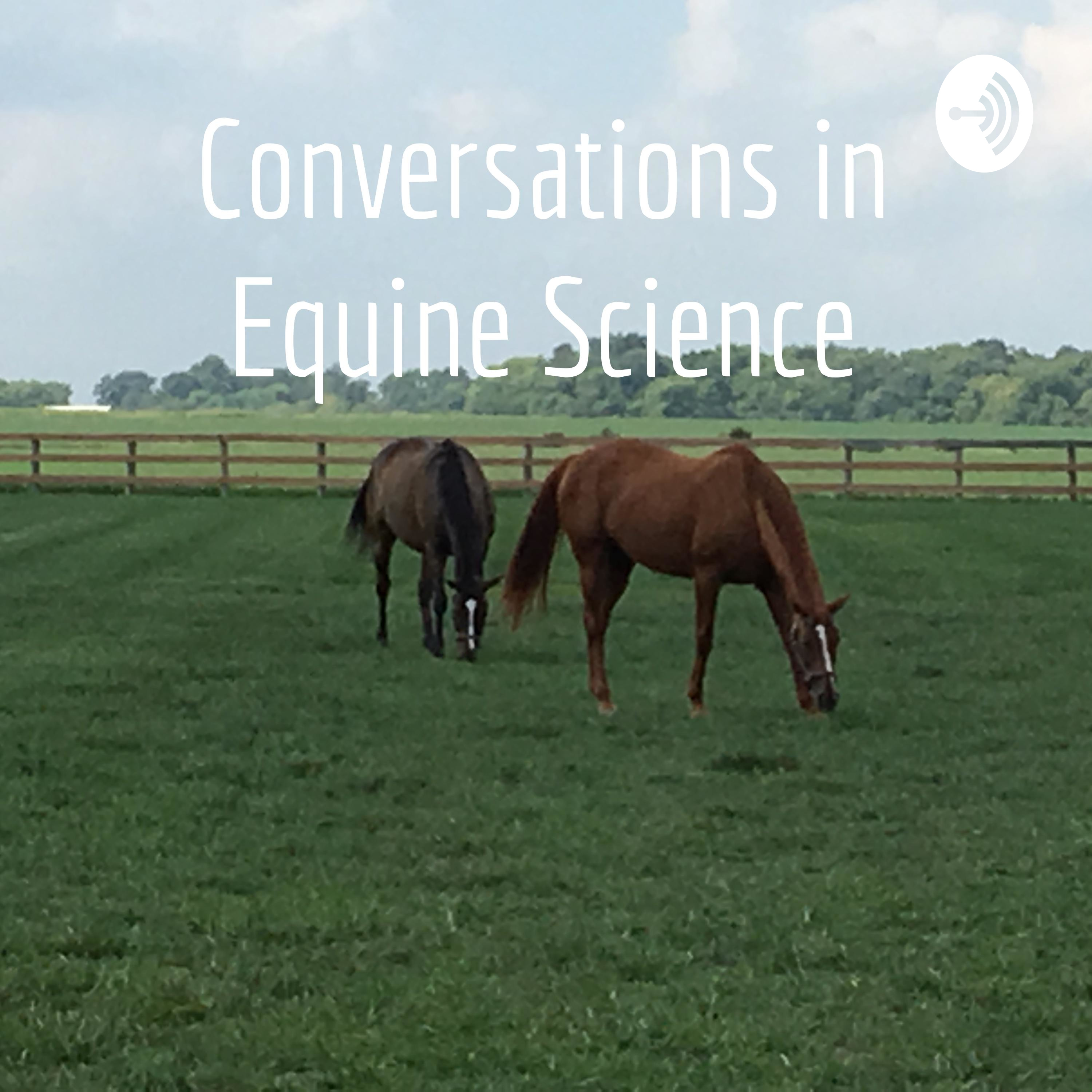 Conversations in Equine ScienceA look back at the equine flu epidemic of 1872Nancy and Kate discuss the horses role in 1872 and how an equine flu epidemic shut down the US economy, but also led to improved horse welfare.
Research Reference/Link:
Freeberg, Ernest (2020). How a flu virus shut down the US economy in 1872 – by infecting horses. The Conversation US, Boston, MA. December Issue.
https://theconversation.com/how-a-flu-virus-shut-down-the-us-economy-in-1872-by-infecting-horses-150052
2024-01-2019 min
Conversations in Equine ScienceA look back at the equine flu epidemic of 1872Nancy and Kate discuss the horses role in 1872 and how an equine flu epidemic shut down the US economy, but also led to improved horse welfare.
Research Reference/Link:
Freeberg, Ernest (2020). How a flu virus shut down the US economy in 1872 – by infecting horses. The Conversation US, Boston, MA. December Issue.
https://theconversation.com/how-a-flu-virus-shut-down-the-us-economy-in-1872-by-infecting-horses-150052
2024-01-2019 min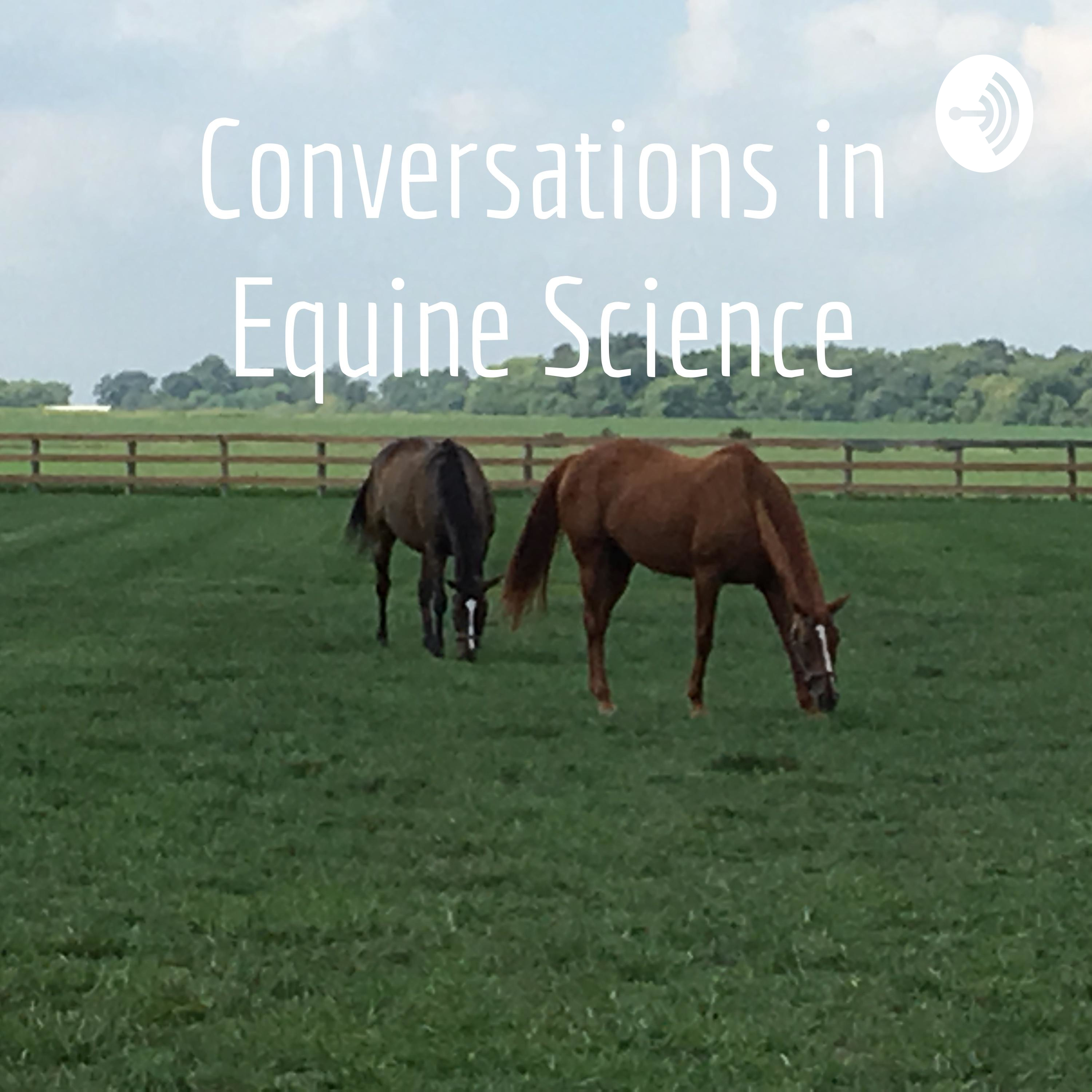 Conversations in Equine ScienceYear End Review for Episodes of 2023Nancy and Kate review their favorite episodes and then reveal the favorite episodes of the listeners.
Welcome Everyone to 2024 - Season 5
2024-01-0831 min
Conversations in Equine ScienceYear End Review for Episodes of 2023Nancy and Kate review their favorite episodes and then reveal the favorite episodes of the listeners.
Welcome Everyone to 2024 - Season 5
2024-01-0831 min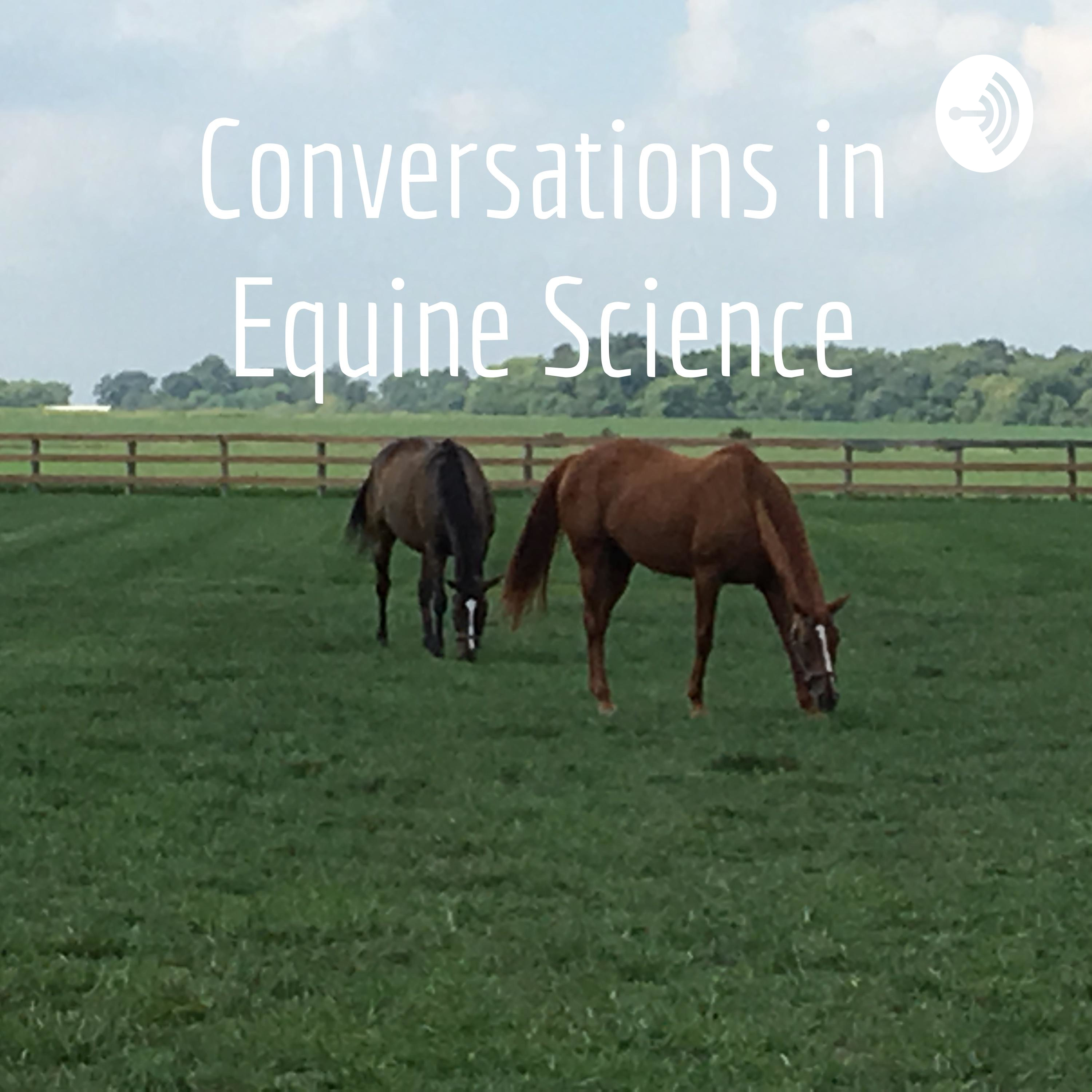 Conversations in Equine ScienceThe Influence of Podcasting on Equine WelfareKate and Nancy discuss their recently published research paper on the preliminary results of their Conversations in Equine Science listener survey.
Reference and Link: Acton, K., McLean, N. & MacKay, J.R.D. (2023) Preliminary evidence supporting the use of equine science podcasts to bridge the gap between scientists and horse enthusiasts to improve horse welfare. Equine Veterinary Education, 00, 1–11. Available from: https://doi.org/10.1111/eve.13926
2023-12-1925 min
Conversations in Equine ScienceThe Influence of Podcasting on Equine WelfareKate and Nancy discuss their recently published research paper on the preliminary results of their Conversations in Equine Science listener survey.
Reference and Link: Acton, K., McLean, N. & MacKay, J.R.D. (2023) Preliminary evidence supporting the use of equine science podcasts to bridge the gap between scientists and horse enthusiasts to improve horse welfare. Equine Veterinary Education, 00, 1–11. Available from: https://doi.org/10.1111/eve.13926
2023-12-1925 min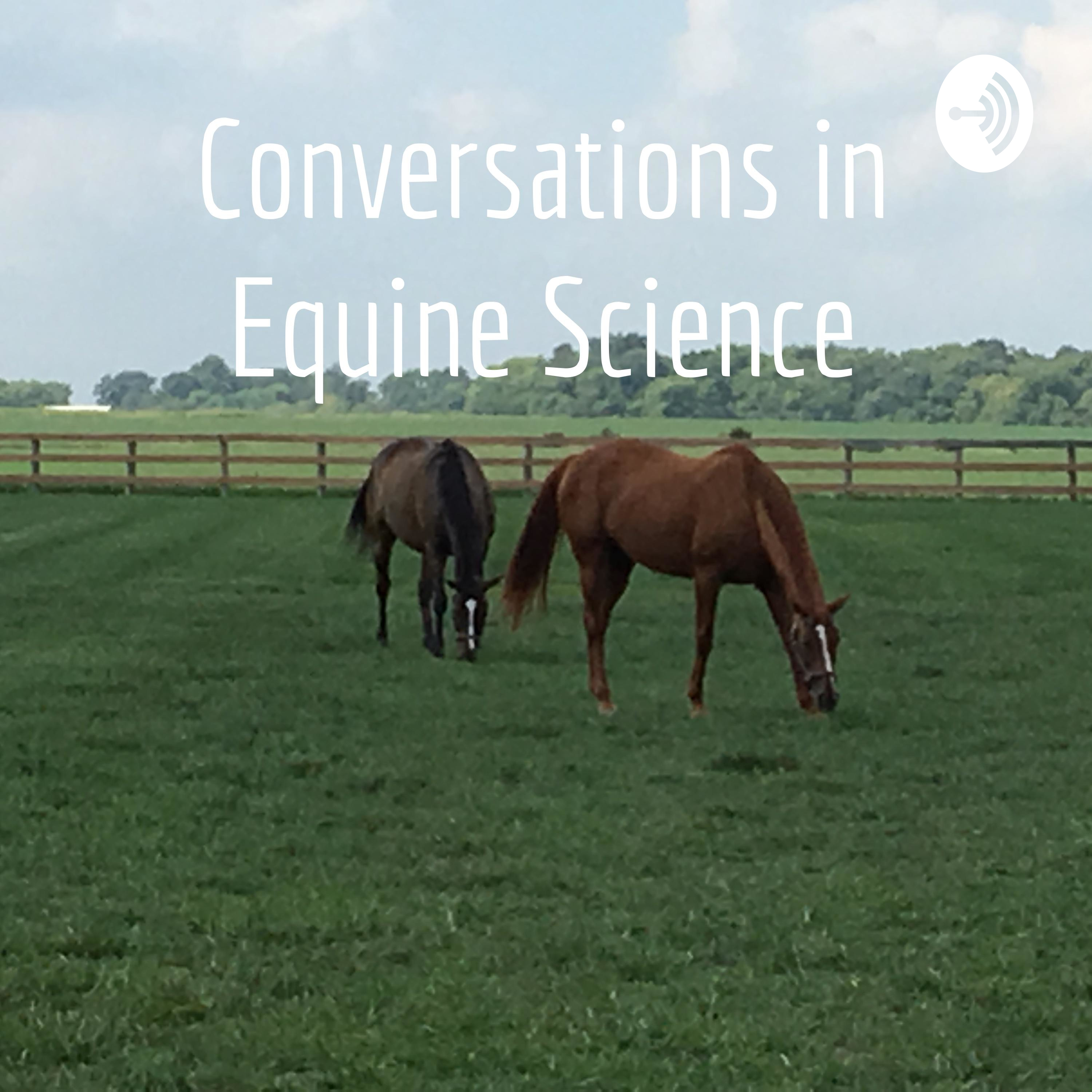 Conversations in Equine ScienceHorses as teachers for human-robot interactions.This week Nancy and Kate discuss how horses are once again helping humans navigate the new frontier of Artificial Intelligence (AI).
Research Reference and Link:
Eakta Jain and Christina Gardner-McCune. 2023. Horse as Teacher: How human-horse interaction informs human-robot interaction. In Proceedings of the 2023 CHI Conference on Human Factors in Computing Systems (CHI '23). Association for Computing Machinery, New York, NY, USA, Article 536, pp. 1–13.
https://dl.acm.org/doi/pdf/10.1145/3544548.3581245
2023-11-2822 min
Conversations in Equine ScienceHorses as teachers for human-robot interactions.This week Nancy and Kate discuss how horses are once again helping humans navigate the new frontier of Artificial Intelligence (AI).
Research Reference and Link:
Eakta Jain and Christina Gardner-McCune. 2023. Horse as Teacher: How human-horse interaction informs human-robot interaction. In Proceedings of the 2023 CHI Conference on Human Factors in Computing Systems (CHI '23). Association for Computing Machinery, New York, NY, USA, Article 536, pp. 1–13.
https://dl.acm.org/doi/pdf/10.1145/3544548.3581245
2023-11-2822 min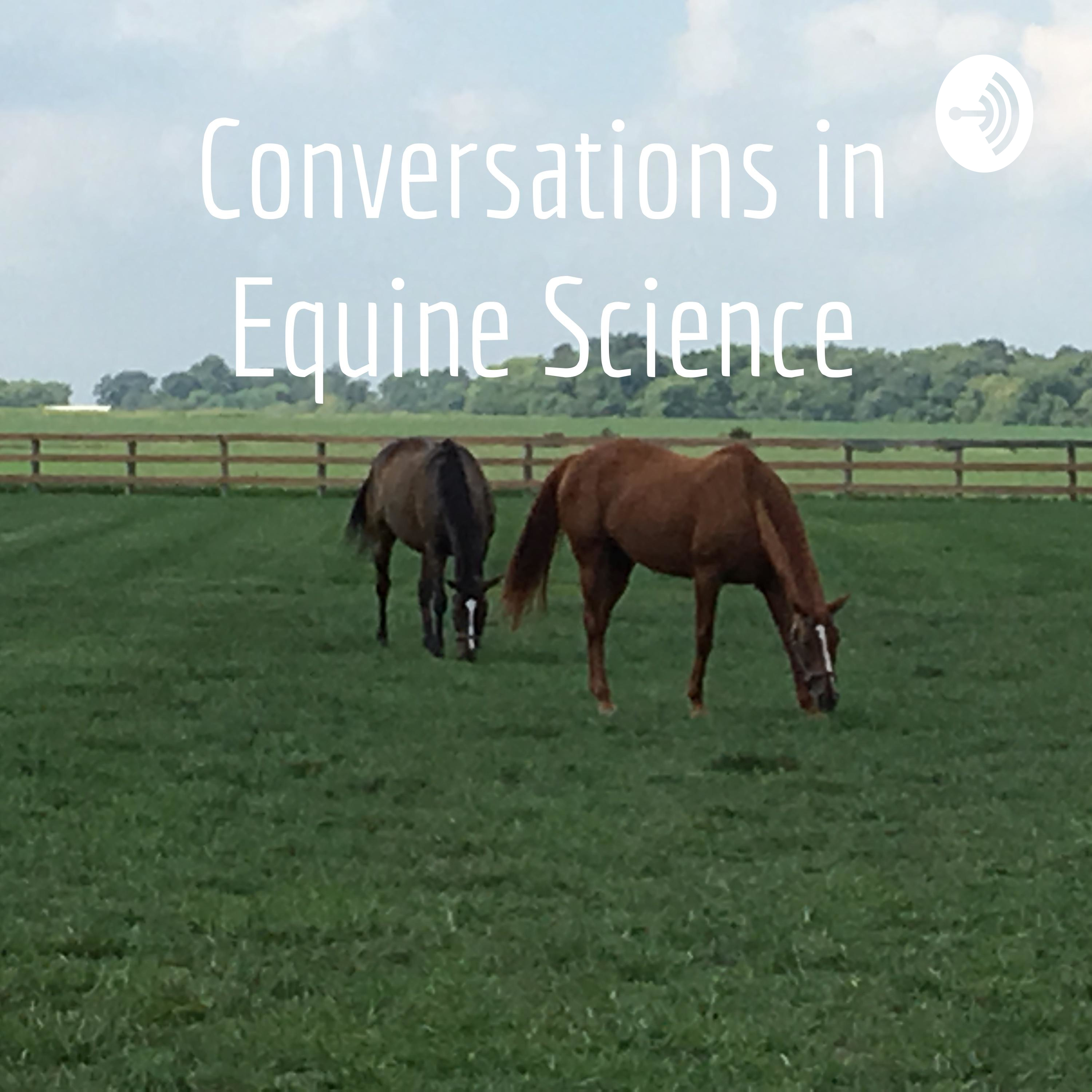 Conversations in Equine ScienceWhat do rider’s want from an arena surface?This week Nancy discusses two peer reviewed papers on how to assess arena surface safety and usefulness.
Research References and Links:
Holt, D., Northrop, A., Martin, J., Daggett, A. and Hobbs, S. (2014), What do Riders Want from an Arena Surface?. Equine Vet J, 46: 41-42.
https://doi.org/10.1111/evj.12267_126
Northrop, A., Martin, J., Blundell, E., Owen, A. and Hobbs, S. (2014), Development of the Equestrian Arena Surfaces for the 2012 Olympic Games. Equine Vet J, 46: 45-46.
https://doi.org/10.1111/evj.12267_137
2023-11-1715 min
Conversations in Equine ScienceWhat do rider’s want from an arena surface?This week Nancy discusses two peer reviewed papers on how to assess arena surface safety and usefulness.
Research References and Links:
Holt, D., Northrop, A., Martin, J., Daggett, A. and Hobbs, S. (2014), What do Riders Want from an Arena Surface?. Equine Vet J, 46: 41-42.
https://doi.org/10.1111/evj.12267_126
Northrop, A., Martin, J., Blundell, E., Owen, A. and Hobbs, S. (2014), Development of the Equestrian Arena Surfaces for the 2012 Olympic Games. Equine Vet J, 46: 45-46.
https://doi.org/10.1111/evj.12267_137
2023-11-1715 min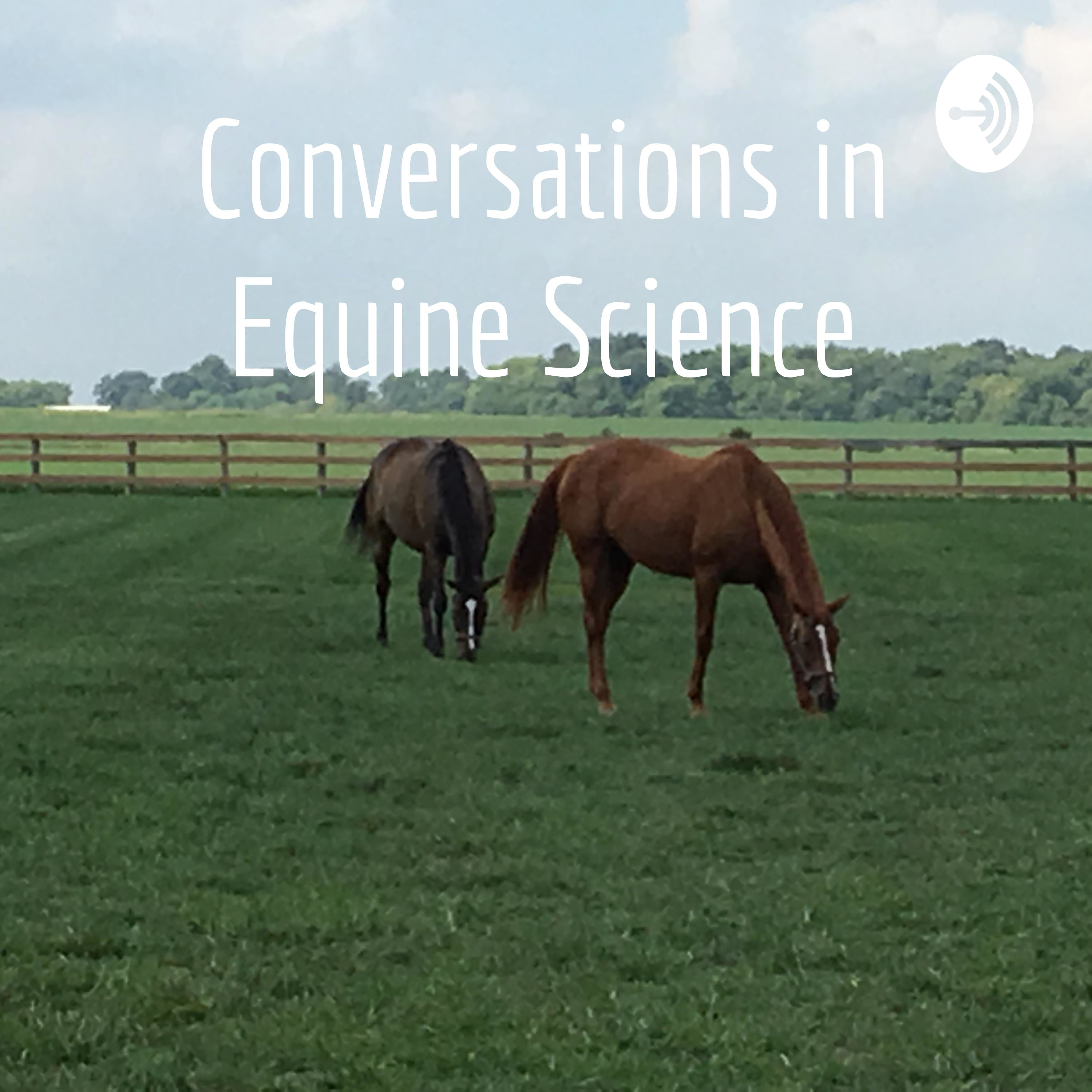 Conversations in Equine ScienceResults of the massage trial.This week Nancy gives a summary of her results with replicating the hind-end massage study using her own horses.
Research Reference/Link:
Mabbutt, C., Yarnell, K., and Ferro de Godoy, R. (2022). Comparative Exercise Physiology Vol. 18 (5), pp. 419-426
https://www.wageningenacademic.com/doi/epdf/10.3920/CEP220022?role=tab
2023-11-0738 min
Conversations in Equine ScienceResults of the massage trial.This week Nancy gives a summary of her results with replicating the hind-end massage study using her own horses.
Research Reference/Link:
Mabbutt, C., Yarnell, K., and Ferro de Godoy, R. (2022). Comparative Exercise Physiology Vol. 18 (5), pp. 419-426
https://www.wageningenacademic.com/doi/epdf/10.3920/CEP220022?role=tab
2023-11-0738 min Conversations in Equine ScienceSocial License to Operate (SLO); The Grand National.This week Kate and Nancy discuss the recently published paper questioning the protests and disagreements that occurred at this years (2023) Grand National at Aintree.
Research Reference and Link (Open Access):
Pearson, G.; Douglas, J.; Wolframm, I.; Furtado, T. Used like Pawns or Treated like Kings? How Narratives around Racehorse Welfare in the 2023 Grand National May Affect Public Acceptance: An Informed Commentary. Animals 2023, 13, 3137. https://doi.org/10.3390/ani13193137
2023-10-2636 min
Conversations in Equine ScienceSocial License to Operate (SLO); The Grand National.This week Kate and Nancy discuss the recently published paper questioning the protests and disagreements that occurred at this years (2023) Grand National at Aintree.
Research Reference and Link (Open Access):
Pearson, G.; Douglas, J.; Wolframm, I.; Furtado, T. Used like Pawns or Treated like Kings? How Narratives around Racehorse Welfare in the 2023 Grand National May Affect Public Acceptance: An Informed Commentary. Animals 2023, 13, 3137. https://doi.org/10.3390/ani13193137
2023-10-2636 min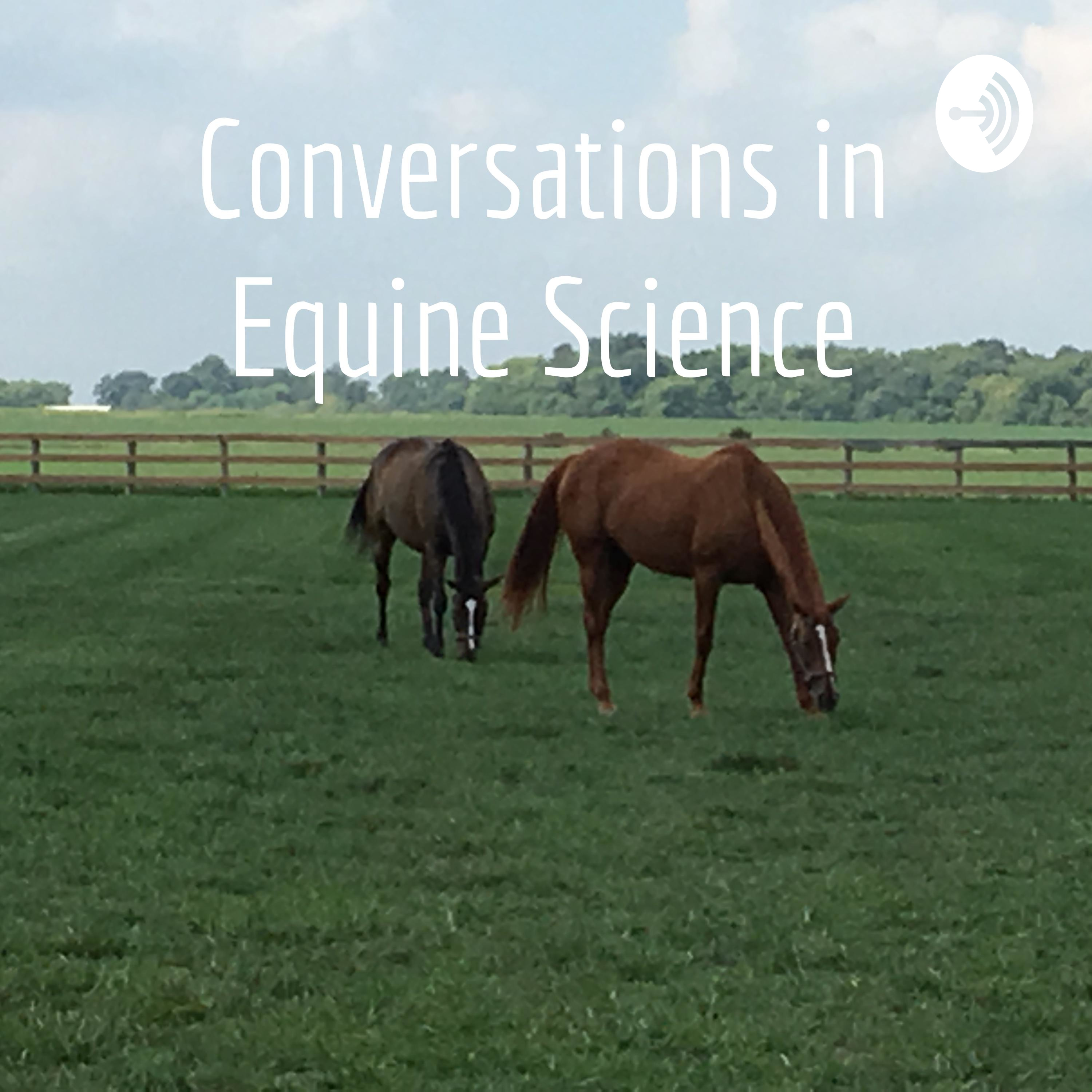 Conversations in Equine ScienceForces and pressures on the horses back during bareback riding versus riding in a conventional saddle.This week Nancy discusses a research paper comparing pressures/forces in bareback riding with riding in a well fitted conventional saddle.
Research Reference with Link: H.M. Clayton et al.(2013). Forces and pressures on the horse’s back during bareback riding. The Veterinary Journal.
2023-10-1328 min
Conversations in Equine ScienceForces and pressures on the horses back during bareback riding versus riding in a conventional saddle.This week Nancy discusses a research paper comparing pressures/forces in bareback riding with riding in a well fitted conventional saddle.
Research Reference with Link: H.M. Clayton et al.(2013). Forces and pressures on the horse’s back during bareback riding. The Veterinary Journal.
2023-10-1328 min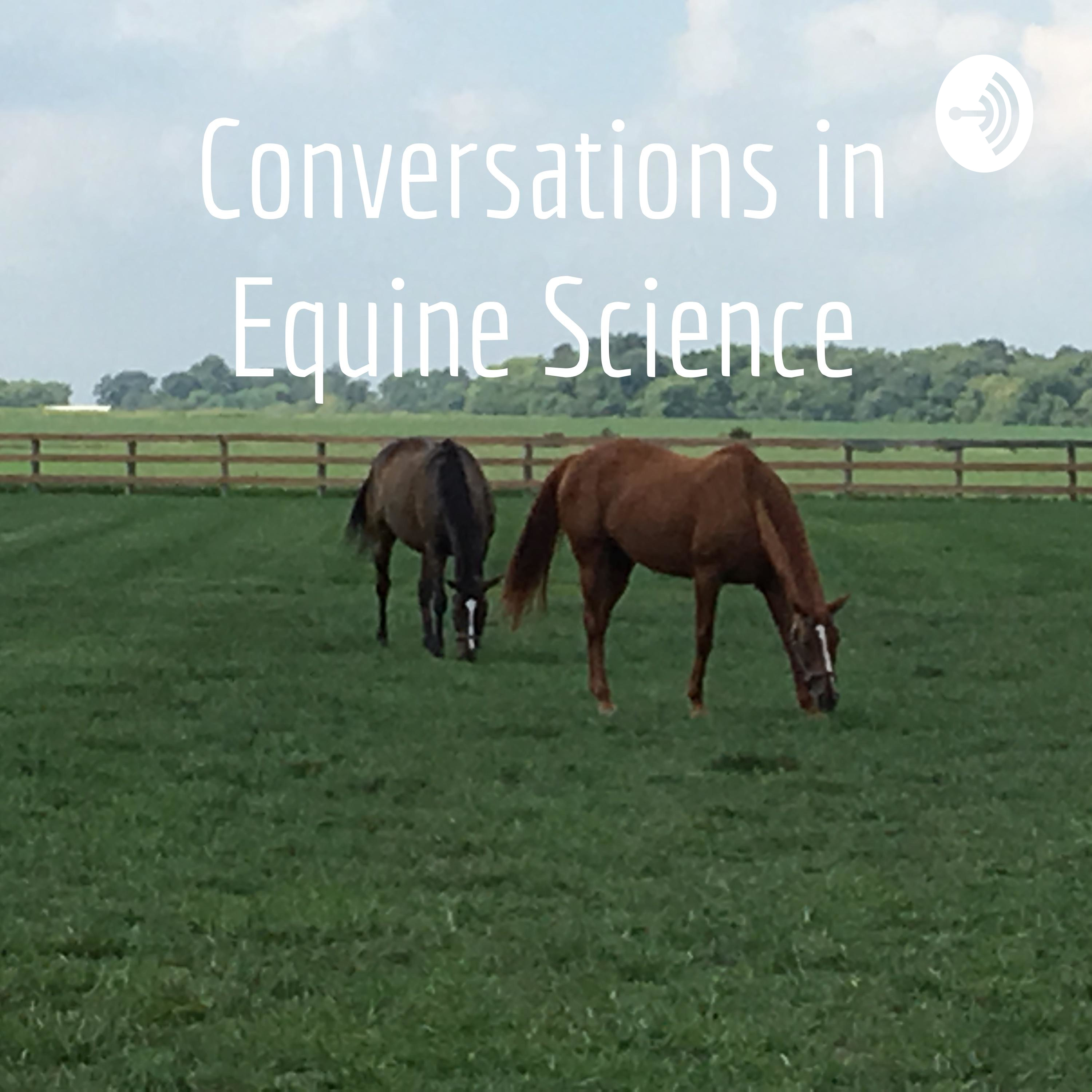 Conversations in Equine ScienceUpdate on Deworming Protocols for Gastrointestinal Parasites in Adult Horses.This week Nancy and Kate discuss a paper that investigated a herd of 18 mares that were housed on a pasture since 1979 without a deworming program. Nancy also relates the lecture information from a seminar she attended about deworming horses to combat parasite resistance.
Reference and Link to Research Paper:
Steuer, A.E., Anderson, H.P., Shepherd, T. et al. (2022). Parasite dynamics in untreated horses through one calendar year. Parasites Vectors 15, 50.
https://doi.org/10.1186/s13071-022-05168-z
Link to a Veterinary article describing the newest thoughts on deworming prog...2023-09-3029 min
Conversations in Equine ScienceUpdate on Deworming Protocols for Gastrointestinal Parasites in Adult Horses.This week Nancy and Kate discuss a paper that investigated a herd of 18 mares that were housed on a pasture since 1979 without a deworming program. Nancy also relates the lecture information from a seminar she attended about deworming horses to combat parasite resistance.
Reference and Link to Research Paper:
Steuer, A.E., Anderson, H.P., Shepherd, T. et al. (2022). Parasite dynamics in untreated horses through one calendar year. Parasites Vectors 15, 50.
https://doi.org/10.1186/s13071-022-05168-z
Link to a Veterinary article describing the newest thoughts on deworming prog...2023-09-3029 min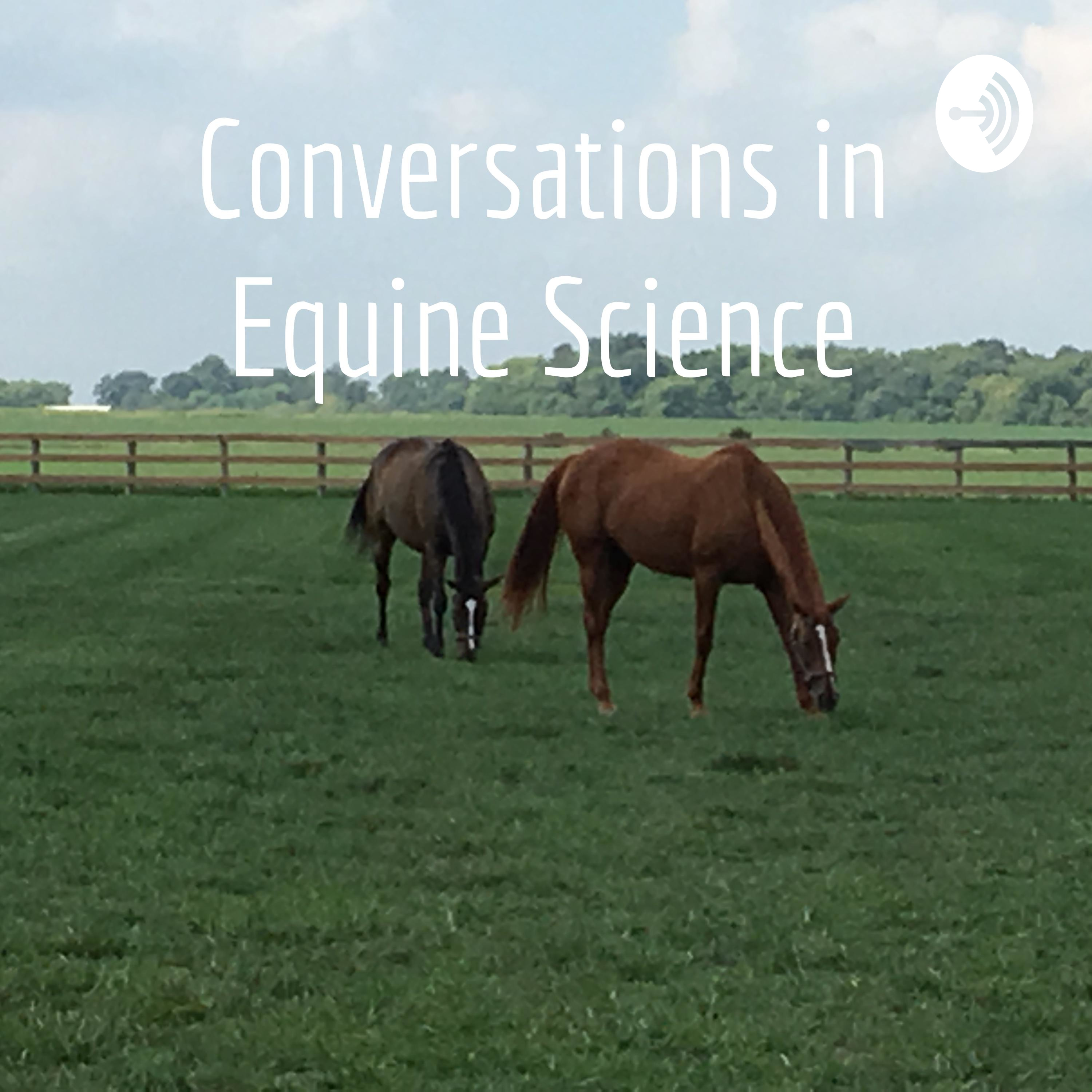 Conversations in Equine ScienceAssessing Welfare of Domestic Horses using the Wild Horse Herd Model.This episode Kate and Nancy discuss a paper revealing updated research on the requirements of horses using the 5 domains model. This is a foundational start to assessing welfare.
Research Reference:
Harvey, A.M.; Ramp, D.; Mellor, D.J. Review of the Foundational Knowledge Required for Assessing Horse Welfare. Animals 2022, 12, 3385.
https://www.mdpi.com/2076-2615/12/23/3385
2023-09-2134 min
Conversations in Equine ScienceAssessing Welfare of Domestic Horses using the Wild Horse Herd Model.This episode Kate and Nancy discuss a paper revealing updated research on the requirements of horses using the 5 domains model. This is a foundational start to assessing welfare.
Research Reference:
Harvey, A.M.; Ramp, D.; Mellor, D.J. Review of the Foundational Knowledge Required for Assessing Horse Welfare. Animals 2022, 12, 3385.
https://www.mdpi.com/2076-2615/12/23/3385
2023-09-2134 min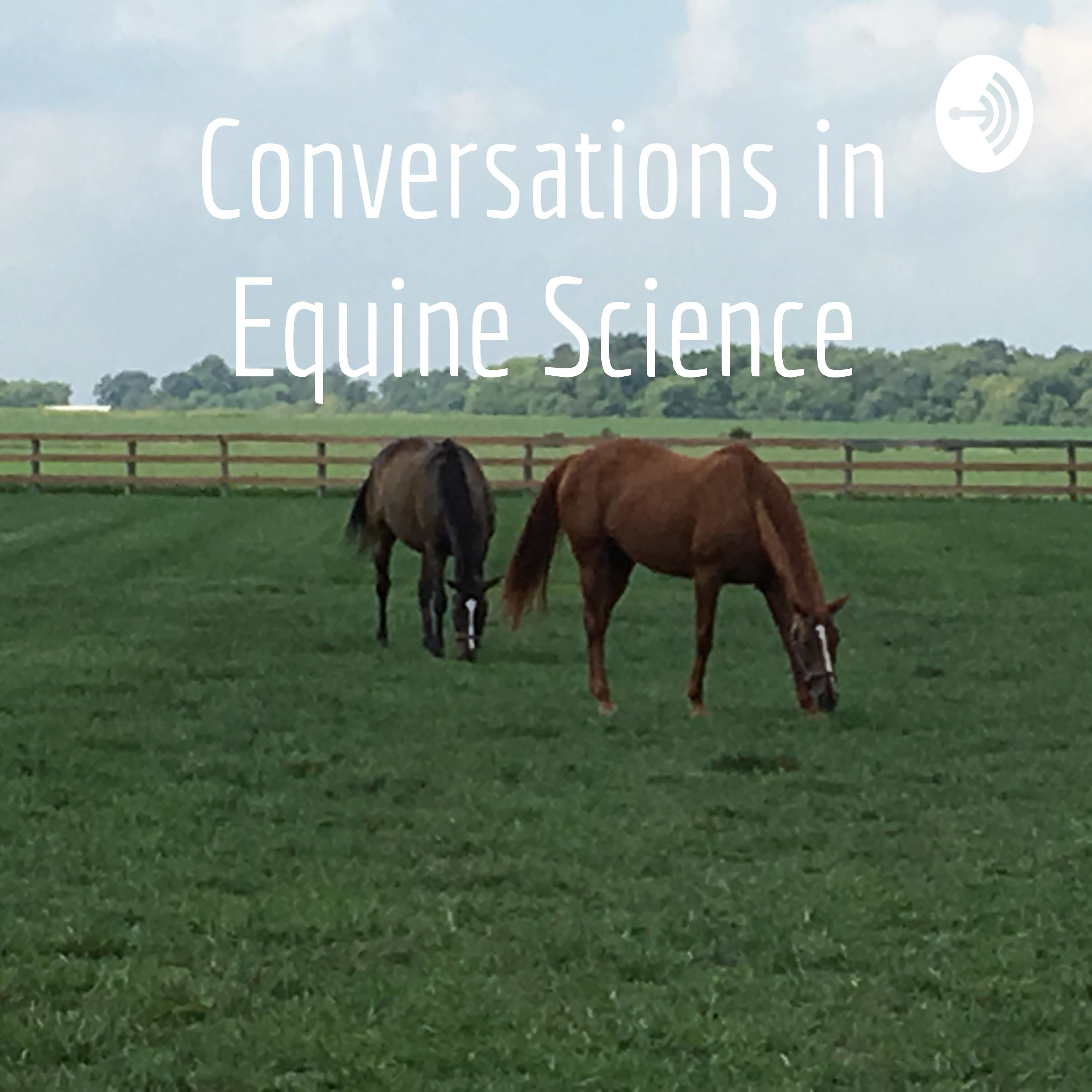 Conversations in Equine ScienceHow Happy Are Equine Athletes ?This week Nancy and Kate discuss welfare issues in equestrian sports and leisure riding.
Research Reference/Link:
Furtado, T.; Preshaw, L.; Hockenhull, J.; Wathan, J.; Douglas, J.; Horseman, S.; Smith, R.; Pollard, D.; Pinchbeck, G.; Rogers, J.; et al. How Happy Are Equine Athletes? Stakeholder Perceptions of Equine Welfare Issues Associated with Equestrian Sport. Animals 2021, 11, 3228.
https://www.mdpi.com/2076-2615/11/11/3228#app1-animals-11-03228
2023-09-1143 min
Conversations in Equine ScienceHow Happy Are Equine Athletes ?This week Nancy and Kate discuss welfare issues in equestrian sports and leisure riding.
Research Reference/Link:
Furtado, T.; Preshaw, L.; Hockenhull, J.; Wathan, J.; Douglas, J.; Horseman, S.; Smith, R.; Pollard, D.; Pinchbeck, G.; Rogers, J.; et al. How Happy Are Equine Athletes? Stakeholder Perceptions of Equine Welfare Issues Associated with Equestrian Sport. Animals 2021, 11, 3228.
https://www.mdpi.com/2076-2615/11/11/3228#app1-animals-11-03228
2023-09-1143 min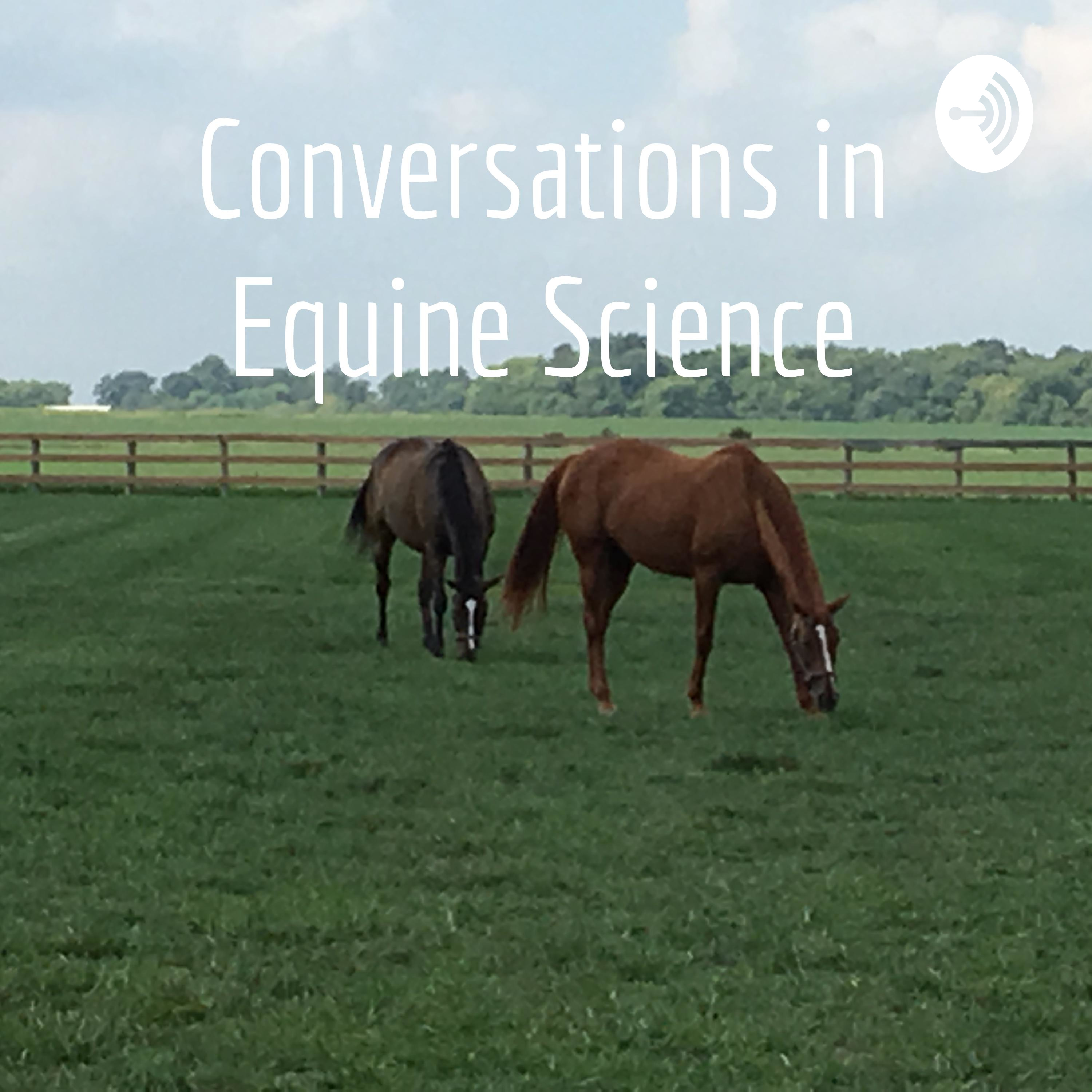 Conversations in Equine ScienceWhen lightning strikes.This week Kate and Nancy discuss lightening strikes in animals and how to lessen the odds of having a horse struck by lightning.
Research Reference:
Gomes, C., (2012). Lightning safety of animals. International Journal of Biometeorology (56), pp. 1011–1023.
Link: https://doi.org/10.1007/s00484-011-0515-5
Additional Information: https://www.weather.gov/safety/lightning
2023-08-2430 min
Conversations in Equine ScienceWhen lightning strikes.This week Kate and Nancy discuss lightening strikes in animals and how to lessen the odds of having a horse struck by lightning.
Research Reference:
Gomes, C., (2012). Lightning safety of animals. International Journal of Biometeorology (56), pp. 1011–1023.
Link: https://doi.org/10.1007/s00484-011-0515-5
Additional Information: https://www.weather.gov/safety/lightning
2023-08-2430 min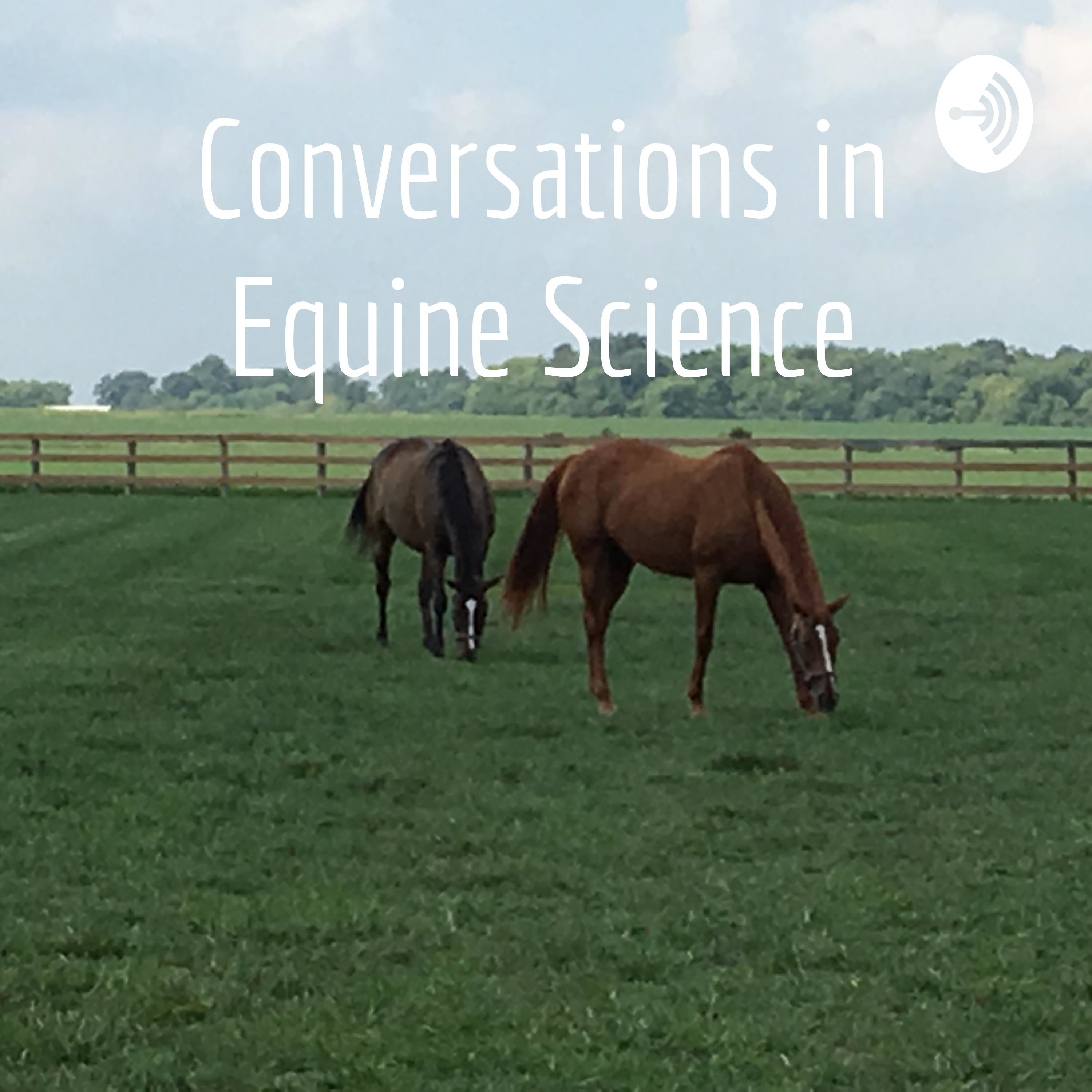 Conversations in Equine ScienceDo you see what I see? Looking into equine personality testing.This week Nancy and Kate discuss the Equine Personality Test (EPT) and it's reliability scores.
Research Reference: A. Jolivald, K. Yarnell, C. Hall, C. Ijichi (2022). Do you see what I see? Investigating the validity of an equine personality questionnaire. Applied Animal Behaviour Science., 248, Article 105567
Link: https://www.sciencedirect.com/science/article/abs/pii/S0168159122000259
2023-08-1130 min
Conversations in Equine ScienceDo you see what I see? Looking into equine personality testing.This week Nancy and Kate discuss the Equine Personality Test (EPT) and it's reliability scores.
Research Reference: A. Jolivald, K. Yarnell, C. Hall, C. Ijichi (2022). Do you see what I see? Investigating the validity of an equine personality questionnaire. Applied Animal Behaviour Science., 248, Article 105567
Link: https://www.sciencedirect.com/science/article/abs/pii/S0168159122000259
2023-08-1130 min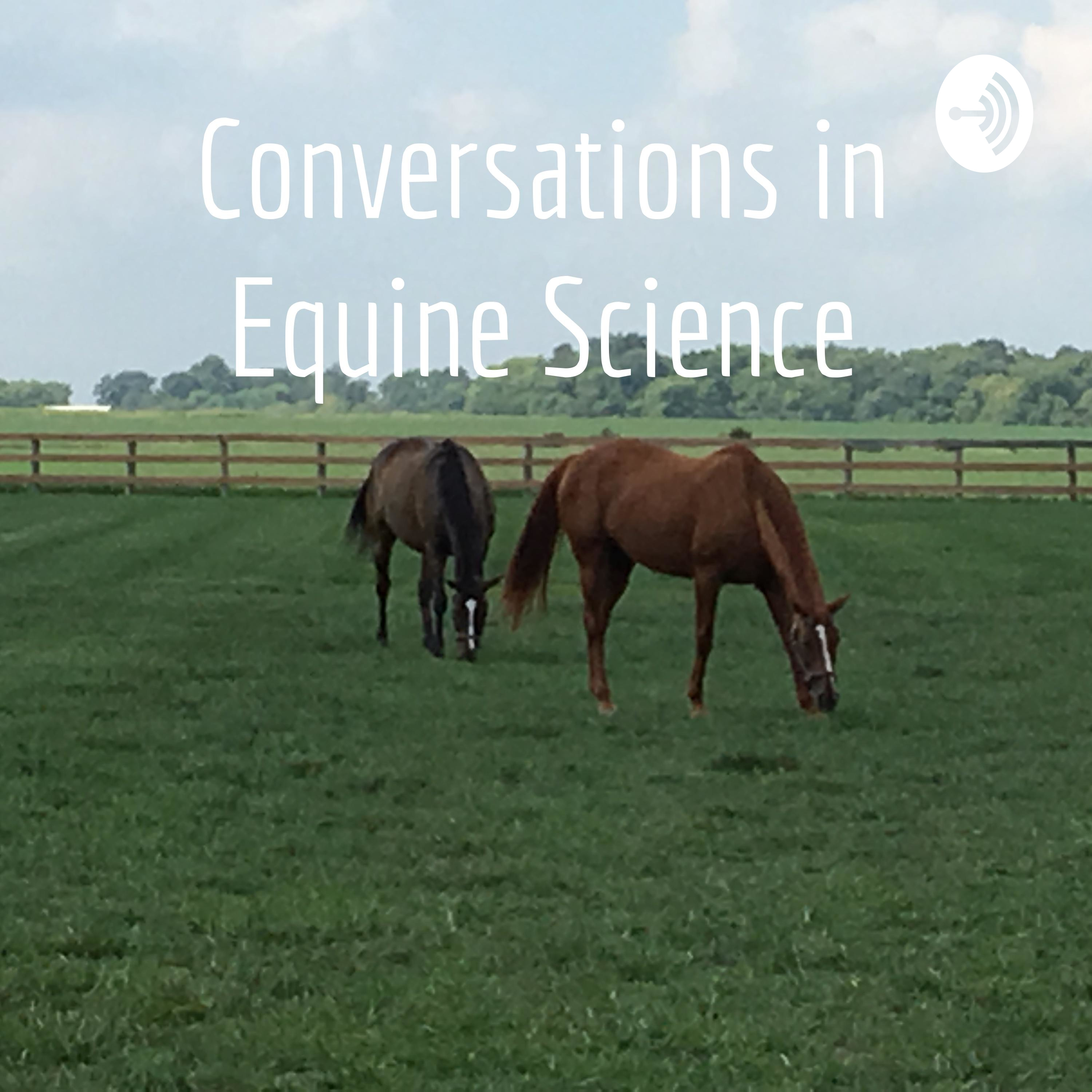 Conversations in Equine ScienceImproving gait symmetry through a hindlimb massage program.This week Kate and Nancy discuss a hindlimb massage routine that improved hindlimb gait flexibility and symmetry in a peer reviewed research study.
Research Reference: Mabbutt, C., Yarnell, K., and Ferro de Godoy, R. (2022). Comparative Exercise Physiology Vol. 18 (5), pp. 419-426
Link: https://www.wageningenacademic.com/doi/epdf/10.3920/CEP220022?role=tab
2023-08-0226 min
Conversations in Equine ScienceImproving gait symmetry through a hindlimb massage program.This week Kate and Nancy discuss a hindlimb massage routine that improved hindlimb gait flexibility and symmetry in a peer reviewed research study.
Research Reference: Mabbutt, C., Yarnell, K., and Ferro de Godoy, R. (2022). Comparative Exercise Physiology Vol. 18 (5), pp. 419-426
Link: https://www.wageningenacademic.com/doi/epdf/10.3920/CEP220022?role=tab
2023-08-0226 min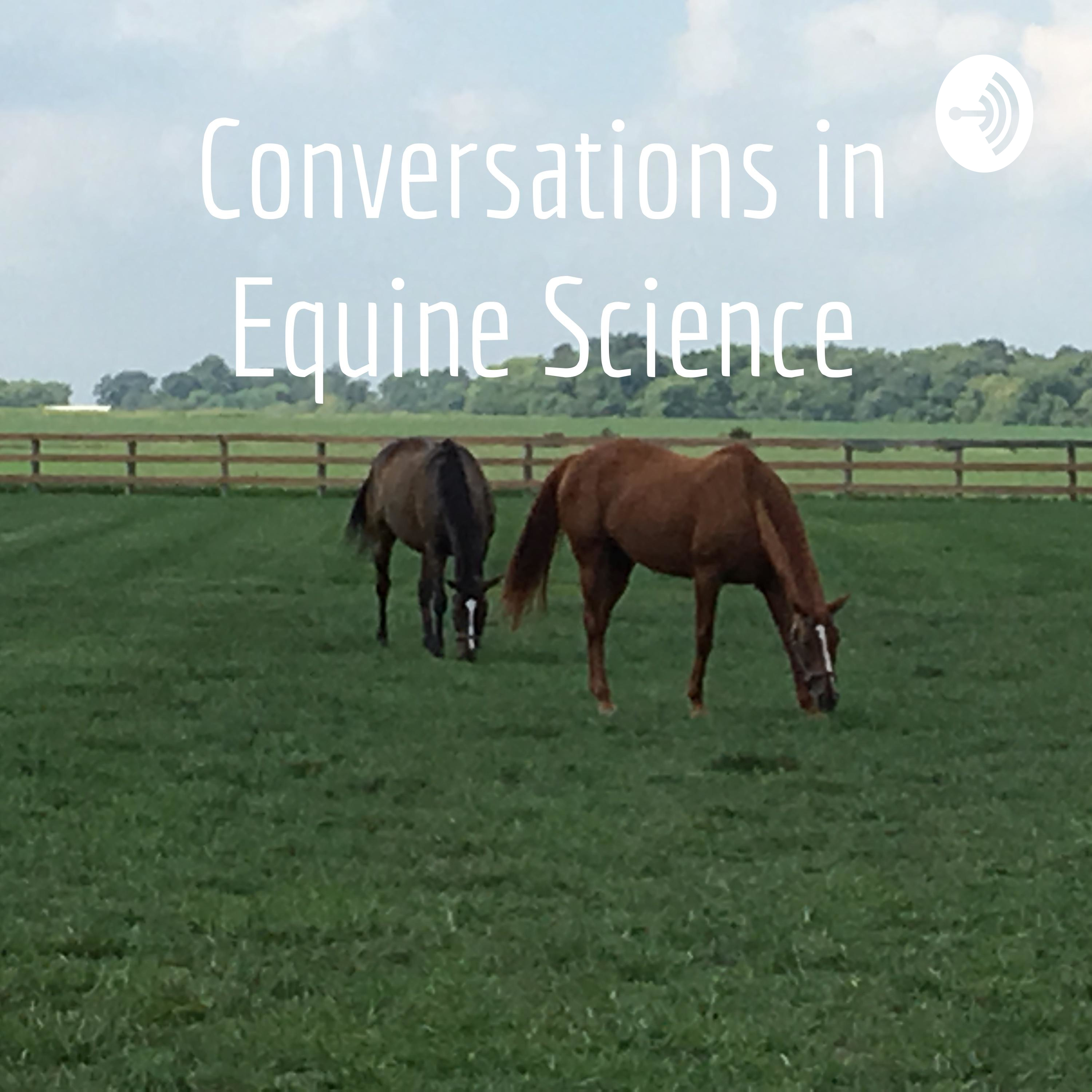 Conversations in Equine ScienceGymnastic Training and Dynamic Mobilization Exercises for Horses.This week Nancy and Kate discuss an equine exercise program using Gymnastic Training coupled with Dynamic Mobilization Exercises to improve stride quality and strength. Epaxial muscles also were targeted for increased muscle strength and size.
K. de Oliveira et al., (2015). Gymnastic training and dynamic mobilization exercises improve stride quality and increase epaxial muscle size in therapy horses. Journal of Equine Veterinary Science, Vol 35, pp. 883-893.
Link: https://www.sciencedirect.com/science/article/abs/pii/S0737080615005067?via%3Dihub#preview-section-cited-by
2023-07-2526 min
Conversations in Equine ScienceGymnastic Training and Dynamic Mobilization Exercises for Horses.This week Nancy and Kate discuss an equine exercise program using Gymnastic Training coupled with Dynamic Mobilization Exercises to improve stride quality and strength. Epaxial muscles also were targeted for increased muscle strength and size.
K. de Oliveira et al., (2015). Gymnastic training and dynamic mobilization exercises improve stride quality and increase epaxial muscle size in therapy horses. Journal of Equine Veterinary Science, Vol 35, pp. 883-893.
Link: https://www.sciencedirect.com/science/article/abs/pii/S0737080615005067?via%3Dihub#preview-section-cited-by
2023-07-2526 min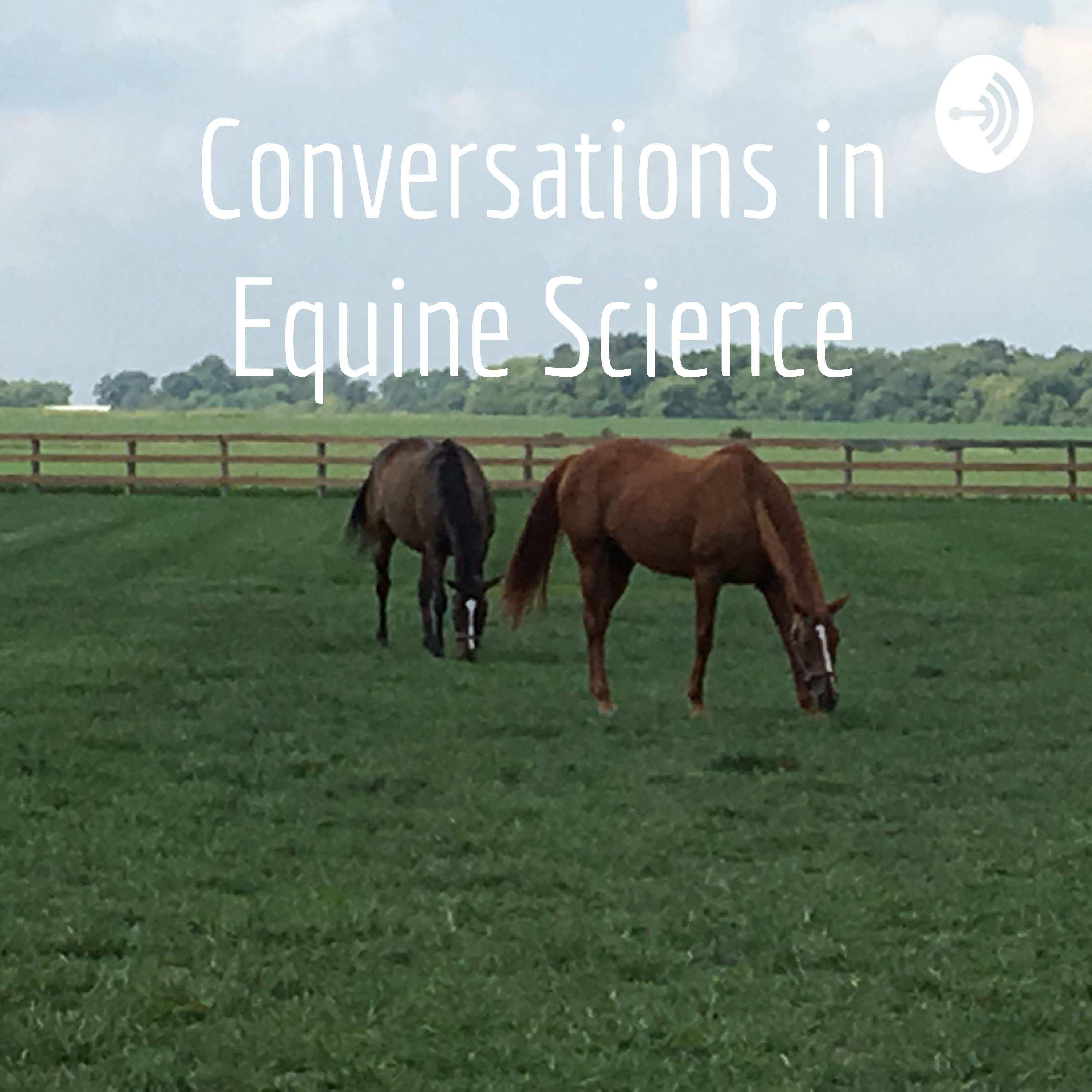 Conversations in Equine ScienceUsing a goniometer to assess equine joint flexibility.This episode Kate and Nancy discuss goniometry in horses and humans. They also have additional content from an orthopedic professional (for humans) talking about the practice of using goniometers.
Research Reference:
Liljebrink , Y. and Bergh , A. ( 2010 ). Goniometry: is it a reliable tool to monitor passive joint range of motion in horses? Equine Veterinary Journal 42 ( Suppl. 38 ): pp. 676 – 682 .
https://beva.onlinelibrary.wiley.com/doi/epdf/10.1111/j.2042-3306.2010.00254.x
App Store GoniMeter Plus (free) Link: https://apps.apple.com/us/app/goniometer-plus/id1081939665
2023-07-1531 min
Conversations in Equine ScienceUsing a goniometer to assess equine joint flexibility.This episode Kate and Nancy discuss goniometry in horses and humans. They also have additional content from an orthopedic professional (for humans) talking about the practice of using goniometers.
Research Reference:
Liljebrink , Y. and Bergh , A. ( 2010 ). Goniometry: is it a reliable tool to monitor passive joint range of motion in horses? Equine Veterinary Journal 42 ( Suppl. 38 ): pp. 676 – 682 .
https://beva.onlinelibrary.wiley.com/doi/epdf/10.1111/j.2042-3306.2010.00254.x
App Store GoniMeter Plus (free) Link: https://apps.apple.com/us/app/goniometer-plus/id1081939665
2023-07-1531 min Conversations in Equine ScienceStretching Exercises for Horses: Are They Effective?Nancy and Kate discuss static and dynamic stretching and how implementing a stretching program, in your routine, can help your horse's performance and also prevent injuries.
Research Reference: A. Frick, (2010). Stretching Exercises for Horses: Are They Effective? Journal of Equine Veterinary Science, Volume 30 (1),
pp. 50-59.
Link: https://www.sciencedirect.com/science/article/abs/pii/S0737080609007072
Contact Information for Dr. Frick: e-mail: drfrick@lifeextendmethod.com
2023-07-0737 min
Conversations in Equine ScienceStretching Exercises for Horses: Are They Effective?Nancy and Kate discuss static and dynamic stretching and how implementing a stretching program, in your routine, can help your horse's performance and also prevent injuries.
Research Reference: A. Frick, (2010). Stretching Exercises for Horses: Are They Effective? Journal of Equine Veterinary Science, Volume 30 (1),
pp. 50-59.
Link: https://www.sciencedirect.com/science/article/abs/pii/S0737080609007072
Contact Information for Dr. Frick: e-mail: drfrick@lifeextendmethod.com
2023-07-0737 min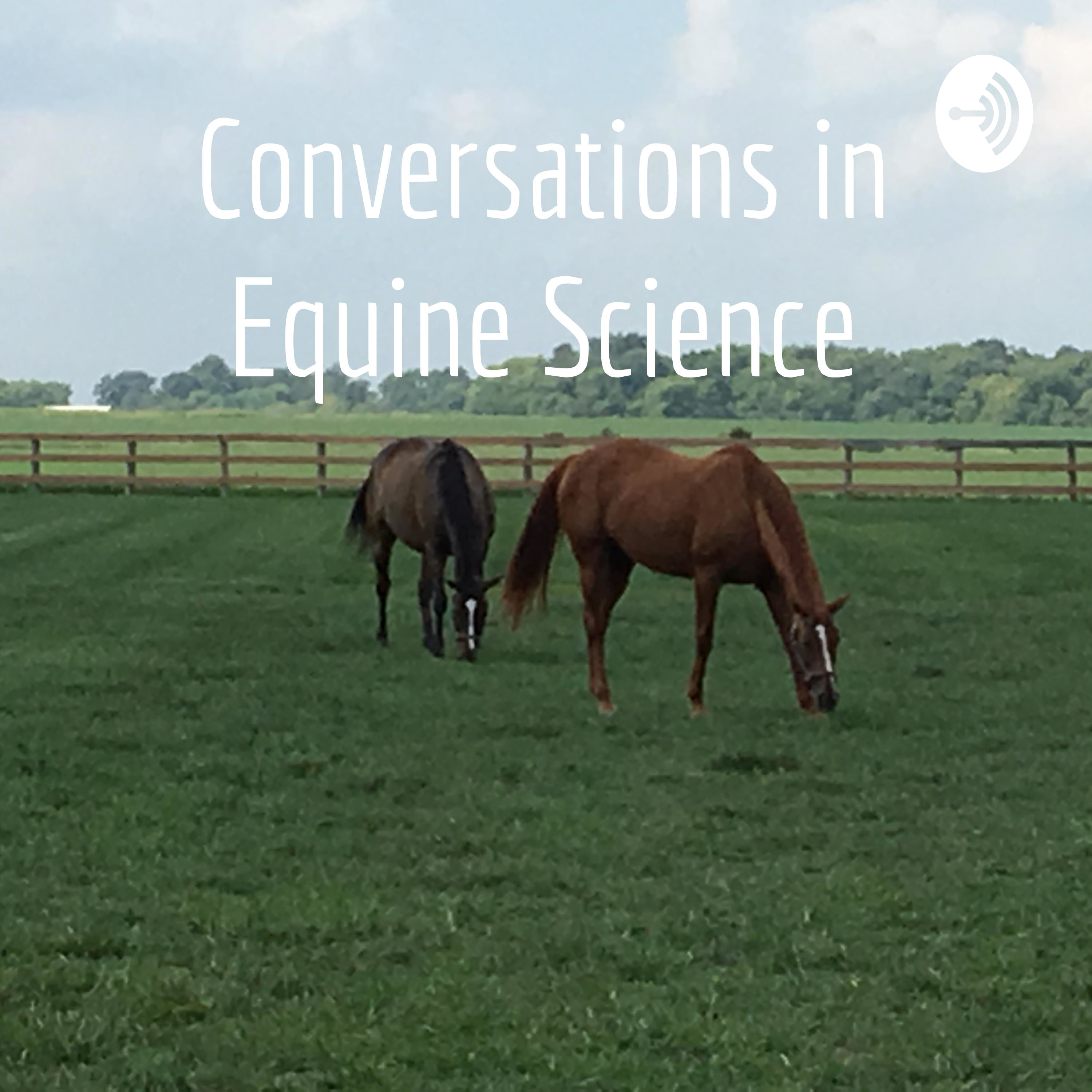 Conversations in Equine ScienceEvaluation of the Effects of Chiropractic Therapy on Sport HorsesThis week Kate and Nancy discuss a paper that evaluates the effects of chiropractic therapy on sport horses. Evaluations are done via static bioimpedence and dynamic acoustic myography.
Research Reference:
Acutt, E.V.; le Jeune, S.S.; Pypendop, B.H. Evaluation of the effects of chiropractic on static and dynamic muscle variables in sport horses. J. Equine Vet. Sci. 2019, 73, 84–90.
Link: https://www.sciencedirect.com/science/article/abs/pii/S0737080618304015
2023-06-2918 min
Conversations in Equine ScienceEvaluation of the Effects of Chiropractic Therapy on Sport HorsesThis week Kate and Nancy discuss a paper that evaluates the effects of chiropractic therapy on sport horses. Evaluations are done via static bioimpedence and dynamic acoustic myography.
Research Reference:
Acutt, E.V.; le Jeune, S.S.; Pypendop, B.H. Evaluation of the effects of chiropractic on static and dynamic muscle variables in sport horses. J. Equine Vet. Sci. 2019, 73, 84–90.
Link: https://www.sciencedirect.com/science/article/abs/pii/S0737080618304015
2023-06-2918 min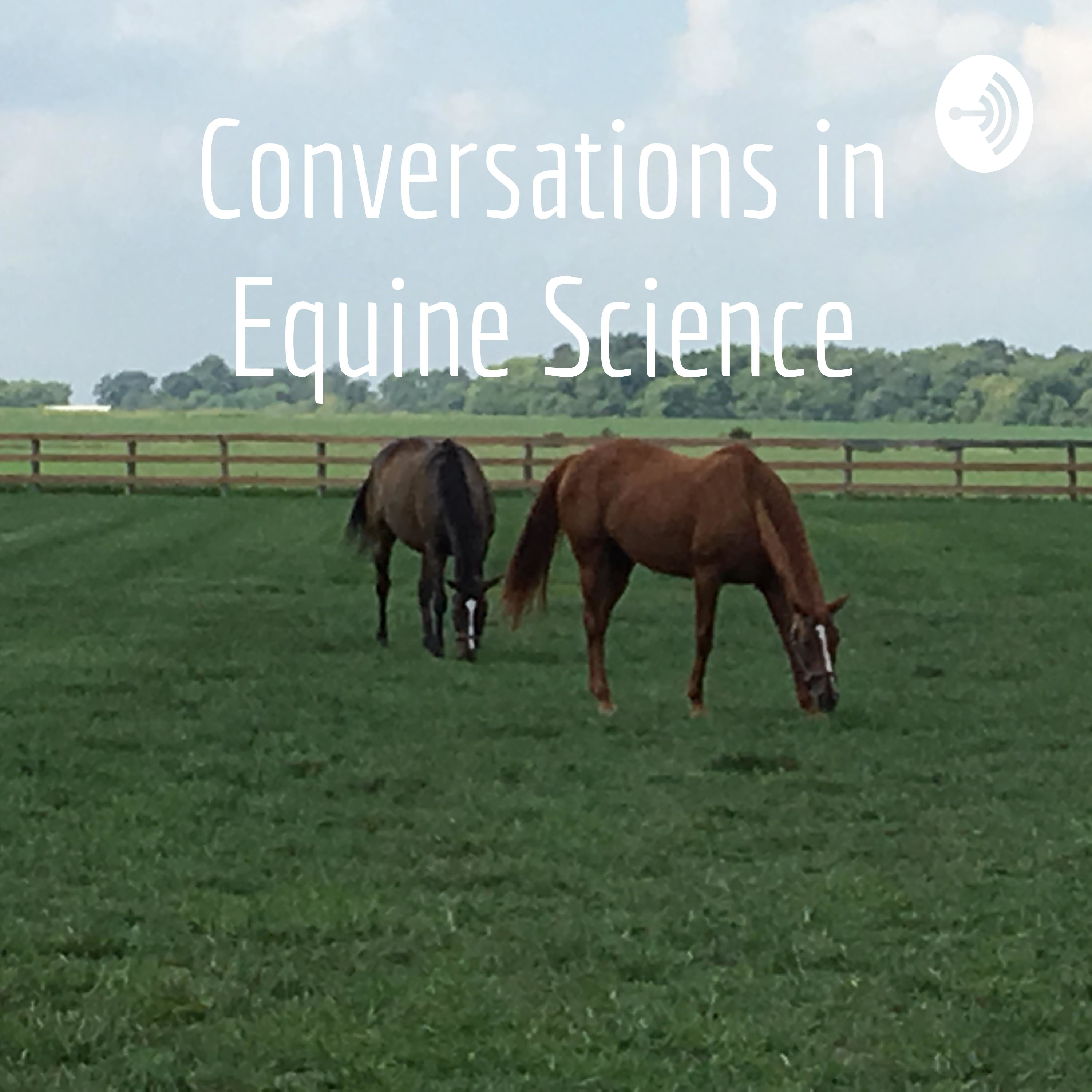 Conversations in Equine ScienceMeasuring and categorizing bit lesions to assist riders in the management of bitted horses.This week Kate and Nancy discuss a paper that proposes owners and riders can measure and categorize bit lesions to assist them in the management of bitted horses. These measurements can also assist in research across the board by offering measurable comparisons.
Research Reference (Open Access):
Tuomola K, Mäki-Kihniä N, Kujala-Wirth M, Mykkänen A and Valros A (2019) Oral Lesions in the Bit Area in Finnish Trotters After a Race: Lesion Evaluation, Scoring, and Occurrence. Front. Vet. Sci. 6:206.
Link: https://www.frontiersin.org/articles/10.3389/fvets.2019.00206/full
2023-06-2122 min
Conversations in Equine ScienceMeasuring and categorizing bit lesions to assist riders in the management of bitted horses.This week Kate and Nancy discuss a paper that proposes owners and riders can measure and categorize bit lesions to assist them in the management of bitted horses. These measurements can also assist in research across the board by offering measurable comparisons.
Research Reference (Open Access):
Tuomola K, Mäki-Kihniä N, Kujala-Wirth M, Mykkänen A and Valros A (2019) Oral Lesions in the Bit Area in Finnish Trotters After a Race: Lesion Evaluation, Scoring, and Occurrence. Front. Vet. Sci. 6:206.
Link: https://www.frontiersin.org/articles/10.3389/fvets.2019.00206/full
2023-06-2122 min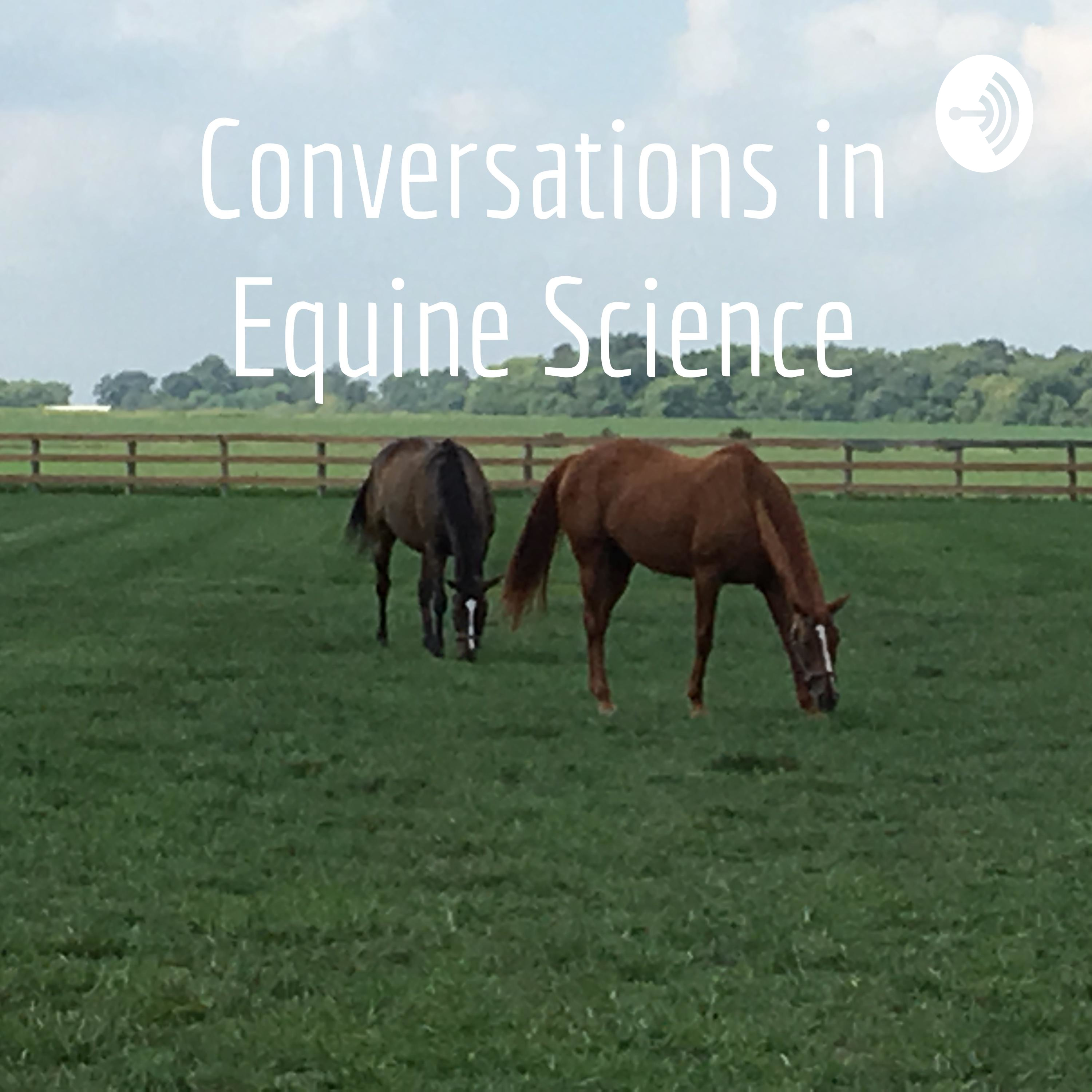 Conversations in Equine ScienceEquine Asthma and Allergies.This episode Nancy and Kate discuss 2 papers; the first is a paper that gives an update on the current understanding of Equine Asthma and also gives the future direction of research goals for this devastating disease.
The 2nd paper tracks a molecule, IL-8, which has been found to signal equine allergic immune responses. This may be a component as to how horses and humans develop allergic responses.
Both papers are referenced below.
Couetil, L., Cardwell, J. M., Leguillette, R., Mazan, M., Richard, E., Bienzle, D., Bullone, M., Gerber, V., Ivester, K., Lavoie, J...2023-06-1230 min
Conversations in Equine ScienceEquine Asthma and Allergies.This episode Nancy and Kate discuss 2 papers; the first is a paper that gives an update on the current understanding of Equine Asthma and also gives the future direction of research goals for this devastating disease.
The 2nd paper tracks a molecule, IL-8, which has been found to signal equine allergic immune responses. This may be a component as to how horses and humans develop allergic responses.
Both papers are referenced below.
Couetil, L., Cardwell, J. M., Leguillette, R., Mazan, M., Richard, E., Bienzle, D., Bullone, M., Gerber, V., Ivester, K., Lavoie, J...2023-06-1230 min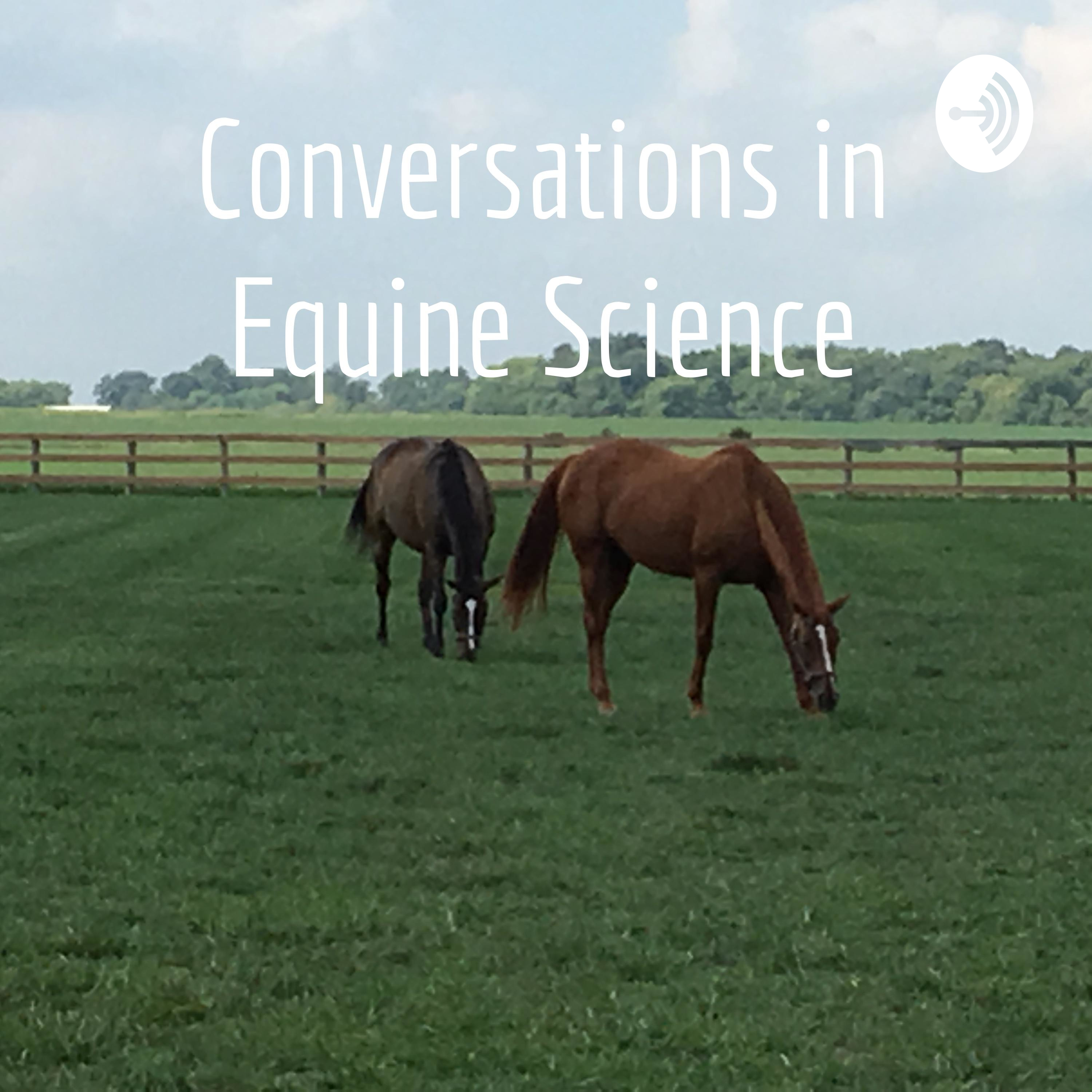 Conversations in Equine ScienceBreed differences in the anatomical configuration of the equine vertebral columnThis week Kate and Nancy discuss the equine vertebral column and how this research discovered breed differences in the anatomy of the vertebral column.
Research Reference:
Spoormakers, T.J.P., Veraa, S., Graat, E.A.M., van Weeren, P.R. and Brommer, H. (2021), A comparative study of breed differences in the anatomical configuration of the equine vertebral column. J Anat, 239: 829-838.
https://onlinelibrary.wiley.com/doi/epdf/10.1111/joa.13456
2023-06-0122 min
Conversations in Equine ScienceBreed differences in the anatomical configuration of the equine vertebral columnThis week Kate and Nancy discuss the equine vertebral column and how this research discovered breed differences in the anatomy of the vertebral column.
Research Reference:
Spoormakers, T.J.P., Veraa, S., Graat, E.A.M., van Weeren, P.R. and Brommer, H. (2021), A comparative study of breed differences in the anatomical configuration of the equine vertebral column. J Anat, 239: 829-838.
https://onlinelibrary.wiley.com/doi/epdf/10.1111/joa.13456
2023-06-0122 min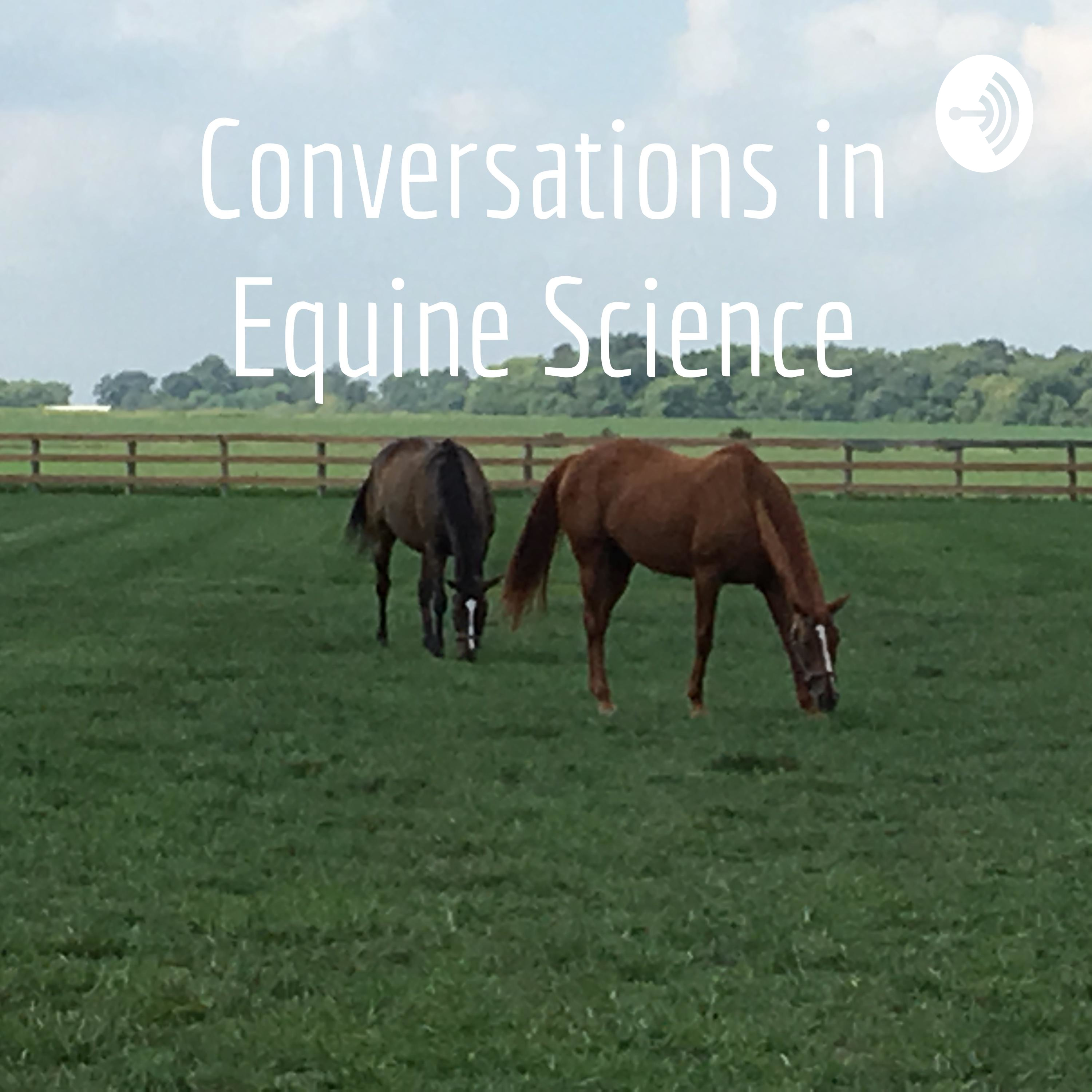 Conversations in Equine ScienceMedicine and Horses.This episode Nancy and Kate discuss medical students gaining insight and empathy skills by working with horses. These medical students were also able to lessen their own stress levels by being around horses and learning about them.
Research Reference and Link (Open Access):
Chakales P A, Locklear J, Wharton T (2020). Medicine and Horsemanship: The Effects of Equine-assisted Activities and Therapies on Stress and Depression in Medical Students. Cureus 12(2): e6896.
https://www.cureus.com/articles/23219-medicine-and-horsemanship-the-effects-of-equine-assisted-activities-and-therapies-on-stress-and-depression-in-medical-students#!/
2023-05-1927 min
Conversations in Equine ScienceMedicine and Horses.This episode Nancy and Kate discuss medical students gaining insight and empathy skills by working with horses. These medical students were also able to lessen their own stress levels by being around horses and learning about them.
Research Reference and Link (Open Access):
Chakales P A, Locklear J, Wharton T (2020). Medicine and Horsemanship: The Effects of Equine-assisted Activities and Therapies on Stress and Depression in Medical Students. Cureus 12(2): e6896.
https://www.cureus.com/articles/23219-medicine-and-horsemanship-the-effects-of-equine-assisted-activities-and-therapies-on-stress-and-depression-in-medical-students#!/
2023-05-1927 min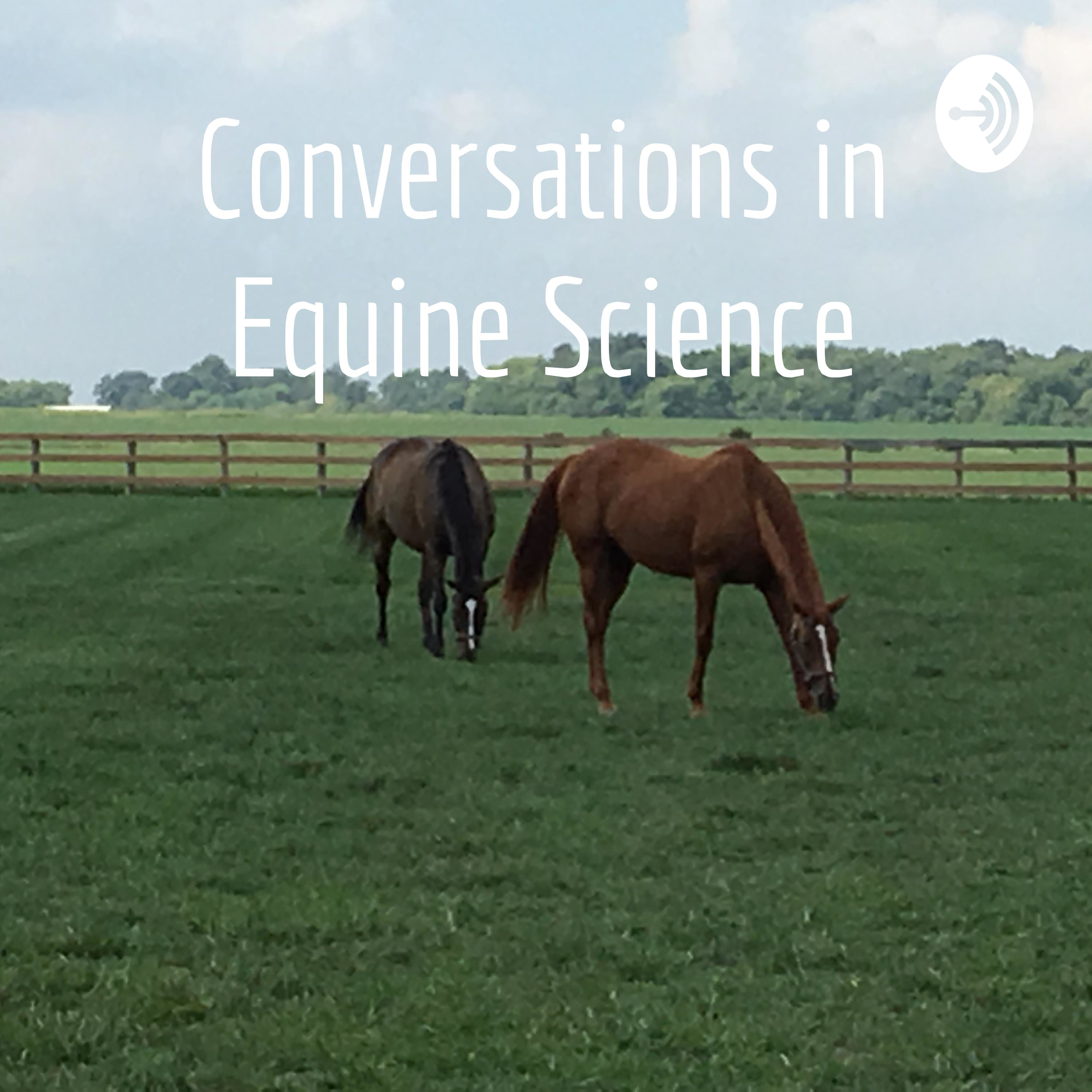 Conversations in Equine ScienceImpacts of adiposity on exercise and performance in horses.This week Kate and Nancy discuss a paper detailing the negative effects that adiposity fat can have on the health and welfare of our horses.
Research reference/link (open access):
Pratt-Phillips, Shannon, and Ahmad Munjizun, (2023). "Impacts of Adiposity on Exercise Performance in Horses" Animals 13, no. 4
https://doi.org/10.3390/ani13040666
2023-05-1141 min
Conversations in Equine ScienceImpacts of adiposity on exercise and performance in horses.This week Kate and Nancy discuss a paper detailing the negative effects that adiposity fat can have on the health and welfare of our horses.
Research reference/link (open access):
Pratt-Phillips, Shannon, and Ahmad Munjizun, (2023). "Impacts of Adiposity on Exercise Performance in Horses" Animals 13, no. 4
https://doi.org/10.3390/ani13040666
2023-05-1141 min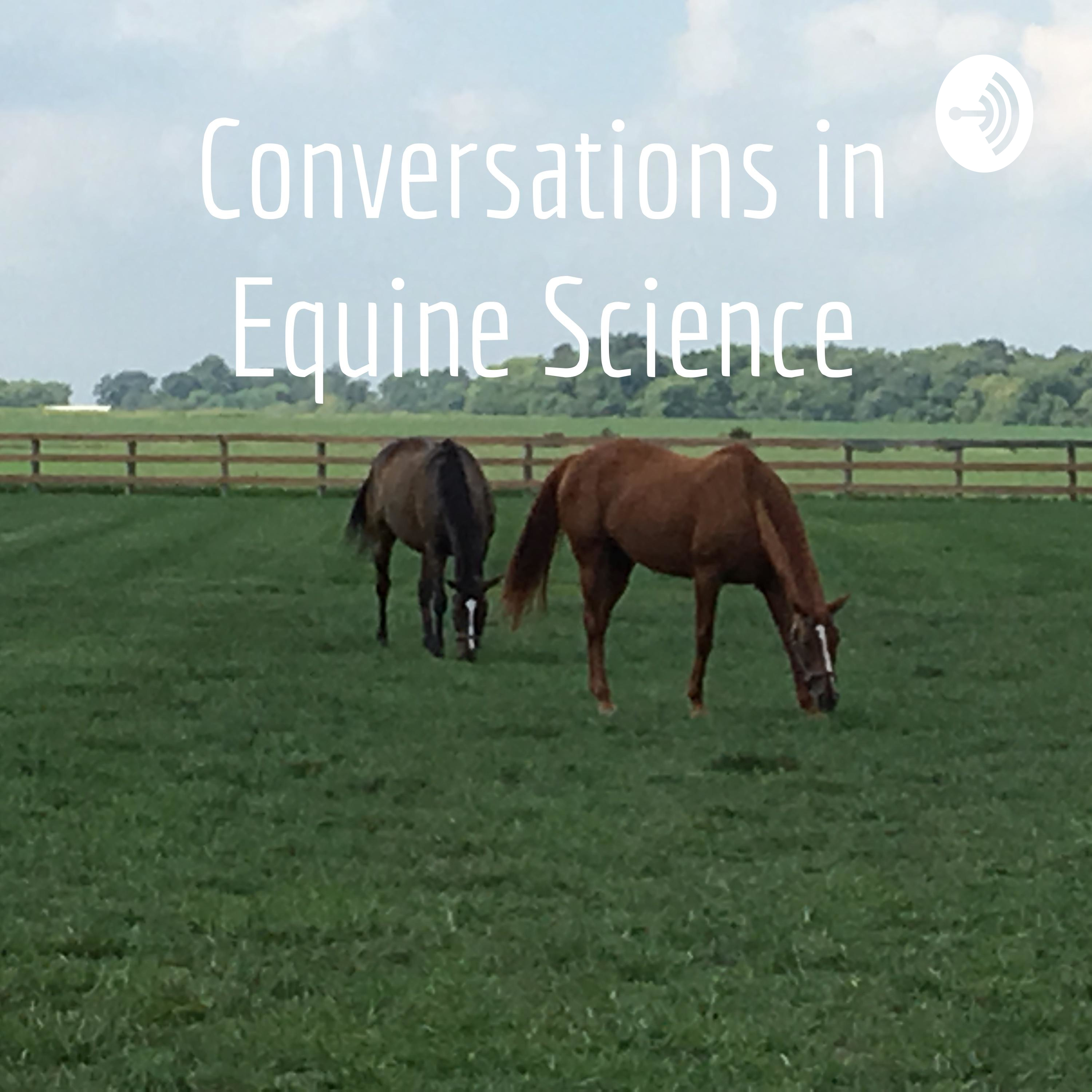 Conversations in Equine ScienceElectrocardiograms in horses...using a fitness tracker.This week Nancy and Kate discuss the findings of a research paper comparing the electrocardiograms of the Televet ECG device with the Equimetre fitness tracker.
Research Reference:
Ter Woort, F., Dubois, G., Tansley, G., Didier, M., Verdegaal, E.L., Franklin, S. and Van Erck‐Westergren, E., 2023. Validation of an equine fitness tracker: ECG quality and arrhythmia detection. Equine Veterinary Journal, 55(2), pp.336-343.
Link: https://beva.onlinelibrary.wiley.com/doi/full/10.1111/evj.13565
Thanks everyone for listening in so regularly! Please let us know if you have any research inquiries.
2023-05-0224 min
Conversations in Equine ScienceElectrocardiograms in horses...using a fitness tracker.This week Nancy and Kate discuss the findings of a research paper comparing the electrocardiograms of the Televet ECG device with the Equimetre fitness tracker.
Research Reference:
Ter Woort, F., Dubois, G., Tansley, G., Didier, M., Verdegaal, E.L., Franklin, S. and Van Erck‐Westergren, E., 2023. Validation of an equine fitness tracker: ECG quality and arrhythmia detection. Equine Veterinary Journal, 55(2), pp.336-343.
Link: https://beva.onlinelibrary.wiley.com/doi/full/10.1111/evj.13565
Thanks everyone for listening in so regularly! Please let us know if you have any research inquiries.
2023-05-0224 min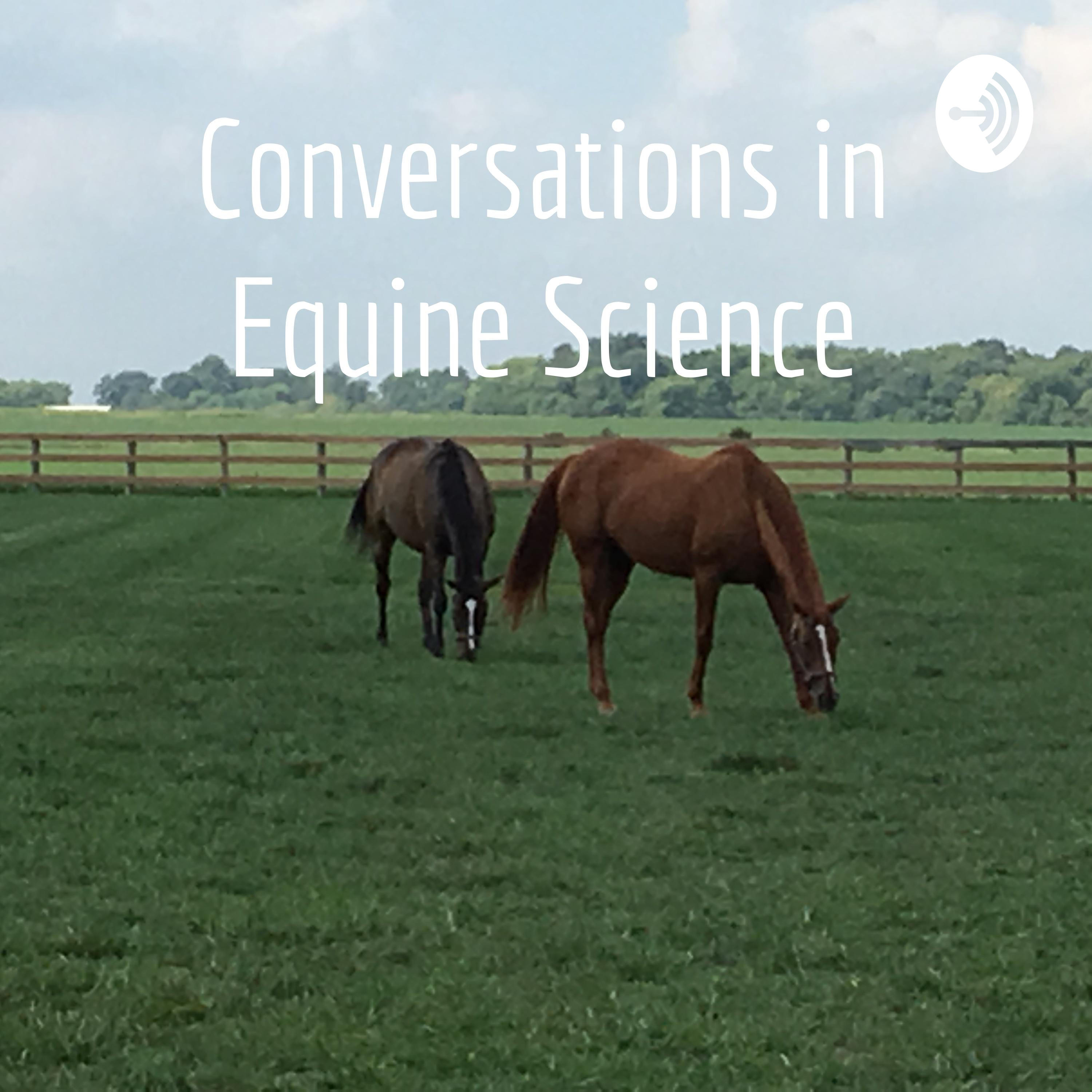 Conversations in Equine ScienceEquine Neck PainThis episode Kate and Nancy discuss Equine Cervical Pain, clinical signs and treatment.
Research Reference/Link (open access):
Story, Melinda R., Kevin K. Haussler, Yvette S. Nout-Lomas, Tawfik A. Aboellail, Christopher E. Kawcak, Myra F. Barrett, David D. Frisbie, and C. Wayne McIlwraith. (2021). "Equine Cervical Pain and Dysfunction: Pathology, Diagnosis and Treatment" Animals 11, no. 2: 422.
https://www.mdpi.com/2076-2615/11/2/422#app1-animals-11-00422
2023-04-2226 min
Conversations in Equine ScienceEquine Neck PainThis episode Kate and Nancy discuss Equine Cervical Pain, clinical signs and treatment.
Research Reference/Link (open access):
Story, Melinda R., Kevin K. Haussler, Yvette S. Nout-Lomas, Tawfik A. Aboellail, Christopher E. Kawcak, Myra F. Barrett, David D. Frisbie, and C. Wayne McIlwraith. (2021). "Equine Cervical Pain and Dysfunction: Pathology, Diagnosis and Treatment" Animals 11, no. 2: 422.
https://www.mdpi.com/2076-2615/11/2/422#app1-animals-11-00422
2023-04-2226 min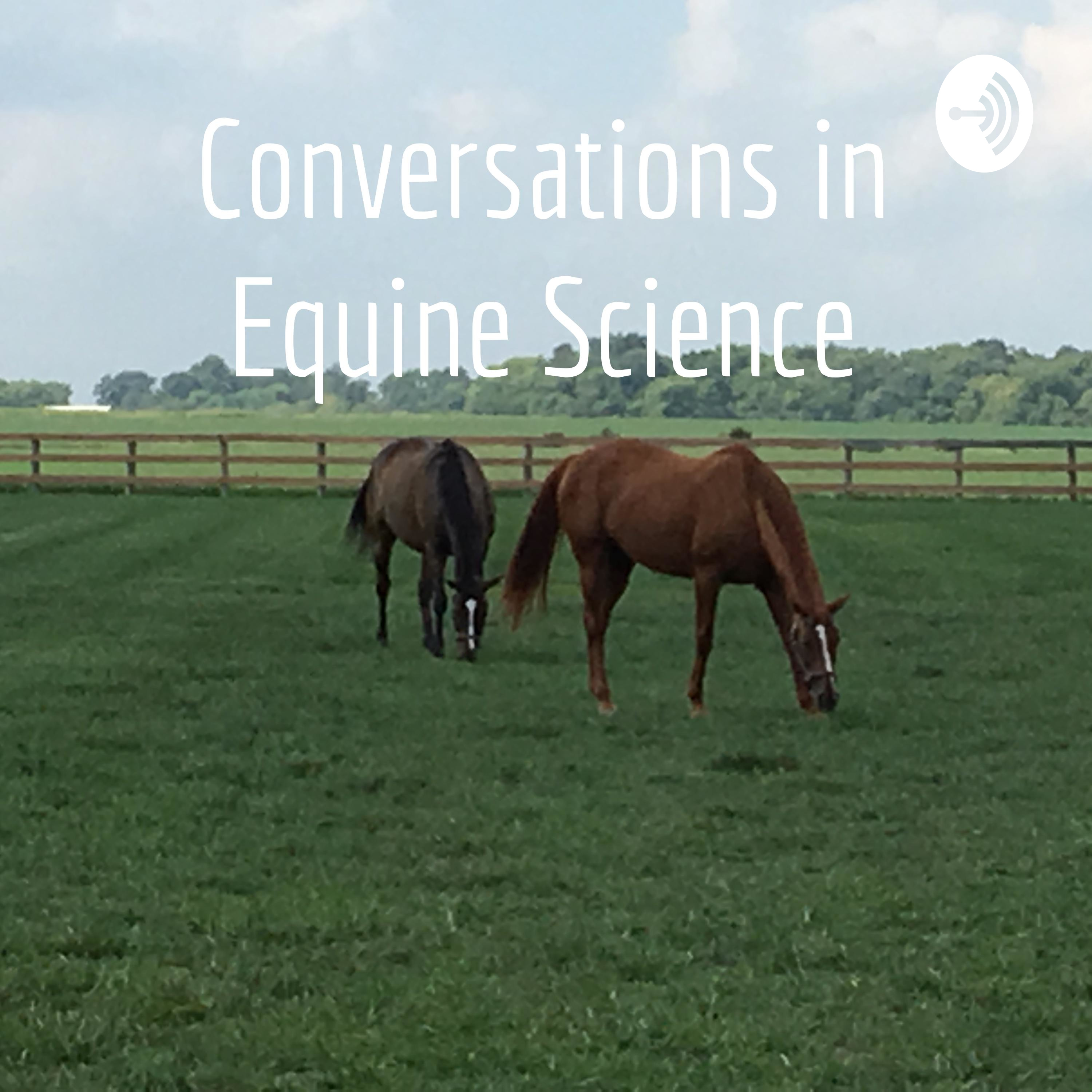 Conversations in Equine ScienceRein Tension ResearchThis week Nancy and Kate discuss a study involving harness trotters and the rein tension that occurred in different gaits.
Research Reference/Link (open access):
Egenvall A, Byström A, Pökelmann M, Connysson M, Kienapfel-Henseleit K, Karlsteen M, McGreevy P and Hartmann E (2022) Rein tension in harness trotters during on-track exercise. Frontier Veterinary Science. 9:987852.
https://www.frontiersin.org/articles/10.3389/fvets.2022.987852/full
2023-04-1533 min
Conversations in Equine ScienceRein Tension ResearchThis week Nancy and Kate discuss a study involving harness trotters and the rein tension that occurred in different gaits.
Research Reference/Link (open access):
Egenvall A, Byström A, Pökelmann M, Connysson M, Kienapfel-Henseleit K, Karlsteen M, McGreevy P and Hartmann E (2022) Rein tension in harness trotters during on-track exercise. Frontier Veterinary Science. 9:987852.
https://www.frontiersin.org/articles/10.3389/fvets.2022.987852/full
2023-04-1533 min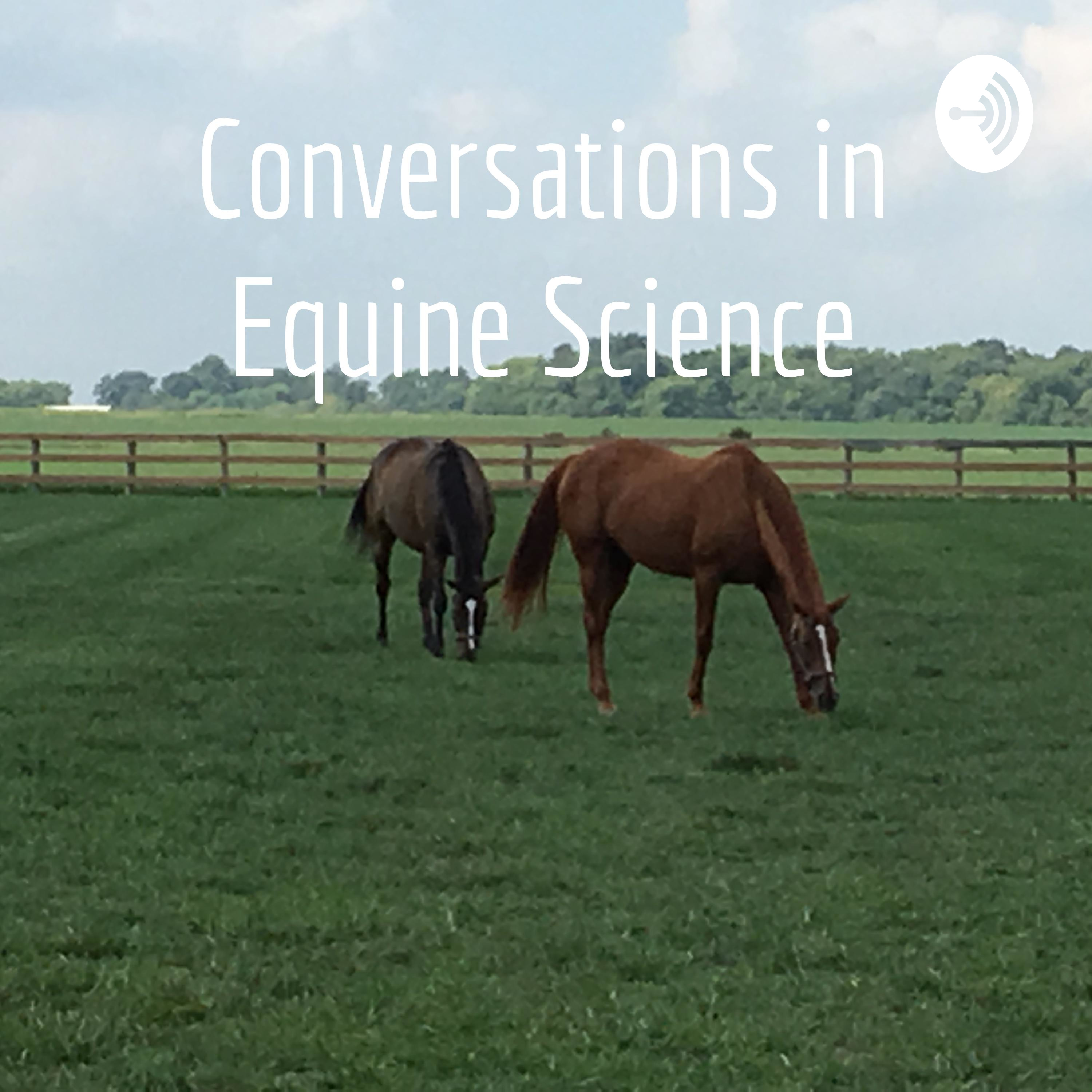 Conversations in Equine ScienceGet Your Horses ”Into The Zone”.This week Kate and Nancy discuss the theory of "Flow" and is it possible to achieve/measure it in horses and other animals.
Research Reference and Link (open access):
Hintze, S. and Yee, J.R. (2023), Animals in flow – towards the scientific study of intrinsic reward in animals. Biological Reviews.
https://onlinelibrary.wiley.com/doi/epdf/10.1111/brv.12930
2023-04-0827 min
Conversations in Equine ScienceGet Your Horses ”Into The Zone”.This week Kate and Nancy discuss the theory of "Flow" and is it possible to achieve/measure it in horses and other animals.
Research Reference and Link (open access):
Hintze, S. and Yee, J.R. (2023), Animals in flow – towards the scientific study of intrinsic reward in animals. Biological Reviews.
https://onlinelibrary.wiley.com/doi/epdf/10.1111/brv.12930
2023-04-0827 min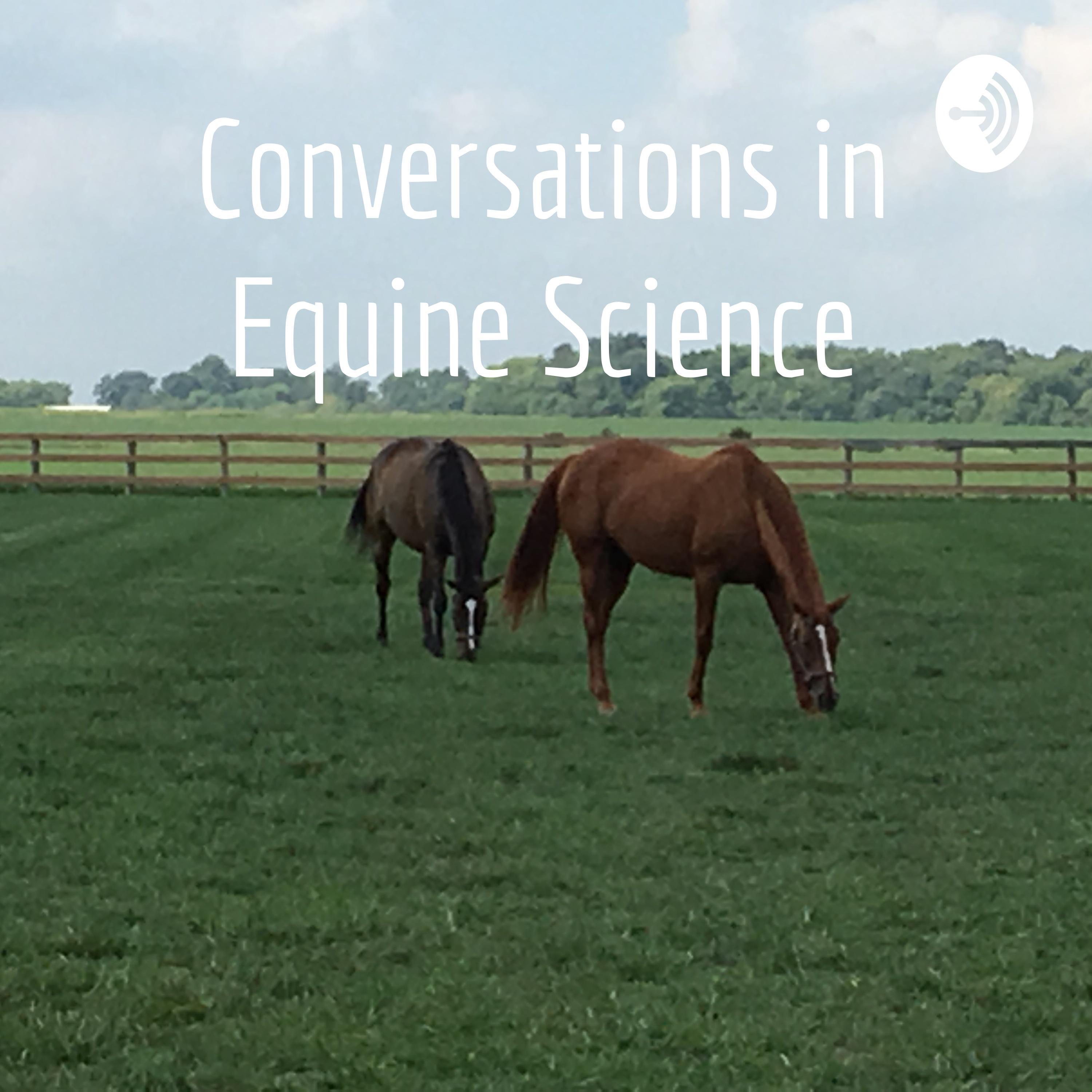 Conversations in Equine ScienceThe effect of stress and exercise on the learning performance of horses.In this episode Nancy and Kate discuss a paper on the effects of inactivity, moderate exercise and uncontrolled stress on the learning capability of horses.
Research Reference and Link (Open Access):
Henshall, C., Randle, H., Francis, N. et al (2022). The effect of stress and exercise on the learning performance of horses. Scientific Reports, 12, 1918.
https://www.nature.com/articles/s41598-021-03582-4
2023-03-2527 min
Conversations in Equine ScienceThe effect of stress and exercise on the learning performance of horses.In this episode Nancy and Kate discuss a paper on the effects of inactivity, moderate exercise and uncontrolled stress on the learning capability of horses.
Research Reference and Link (Open Access):
Henshall, C., Randle, H., Francis, N. et al (2022). The effect of stress and exercise on the learning performance of horses. Scientific Reports, 12, 1918.
https://www.nature.com/articles/s41598-021-03582-4
2023-03-2527 min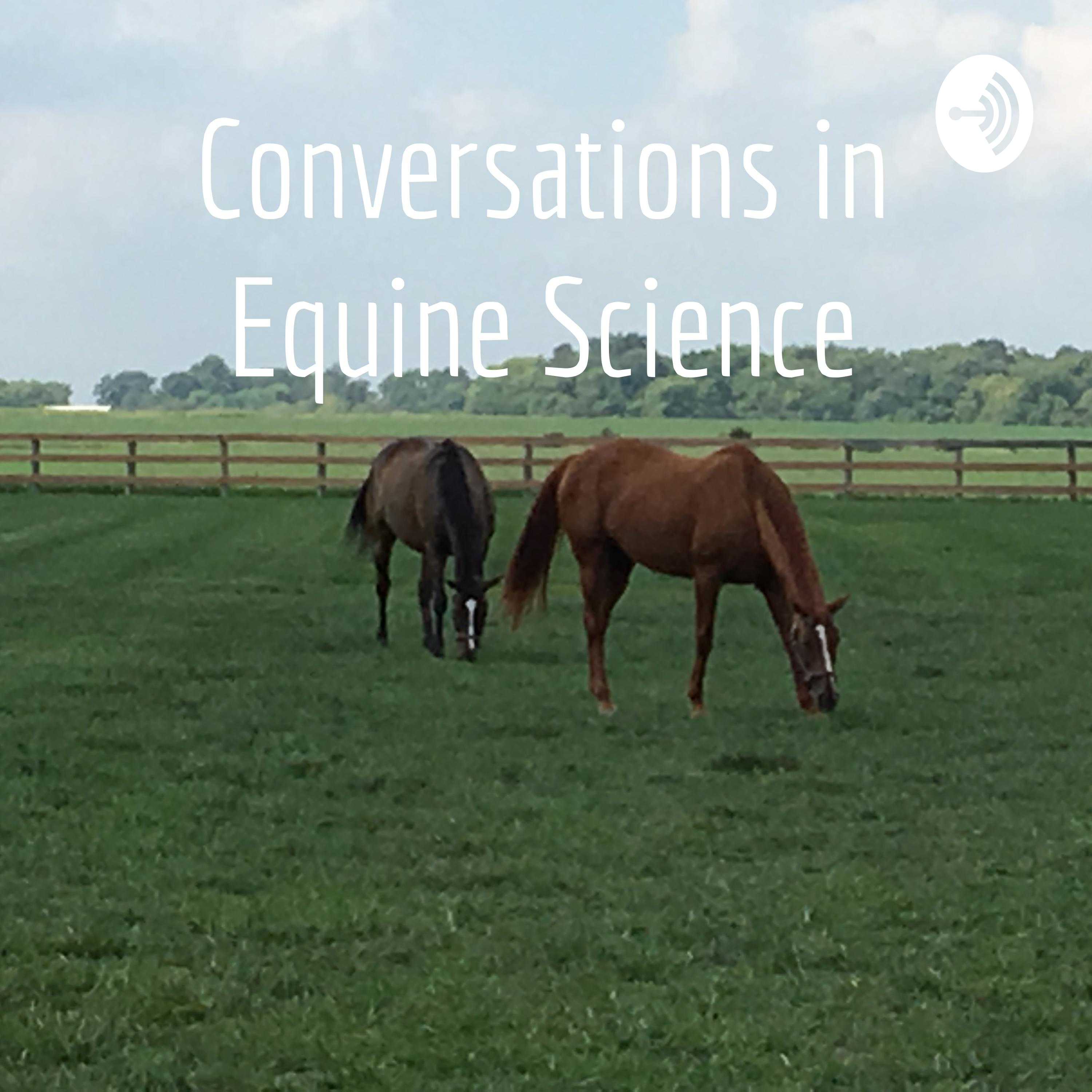 Conversations in Equine ScienceThree Decades of Research Dedicated to Making Equine Bones Stronger.This week Kate and Nancy discuss the newest research paper by Professor Brian Nielsen Of Michigan State University.
Research Reference and Link (Open Access):
Nielsen, B.D. A Review of Three Decades of Research Dedicated to Making Equine Bones Stronger: Implications for Horses and Humans. Animals 2023, 13, 789.
https://doi.org/10.3390/ani13050789
2023-03-1828 min
Conversations in Equine ScienceThree Decades of Research Dedicated to Making Equine Bones Stronger.This week Kate and Nancy discuss the newest research paper by Professor Brian Nielsen Of Michigan State University.
Research Reference and Link (Open Access):
Nielsen, B.D. A Review of Three Decades of Research Dedicated to Making Equine Bones Stronger: Implications for Horses and Humans. Animals 2023, 13, 789.
https://doi.org/10.3390/ani13050789
2023-03-1828 min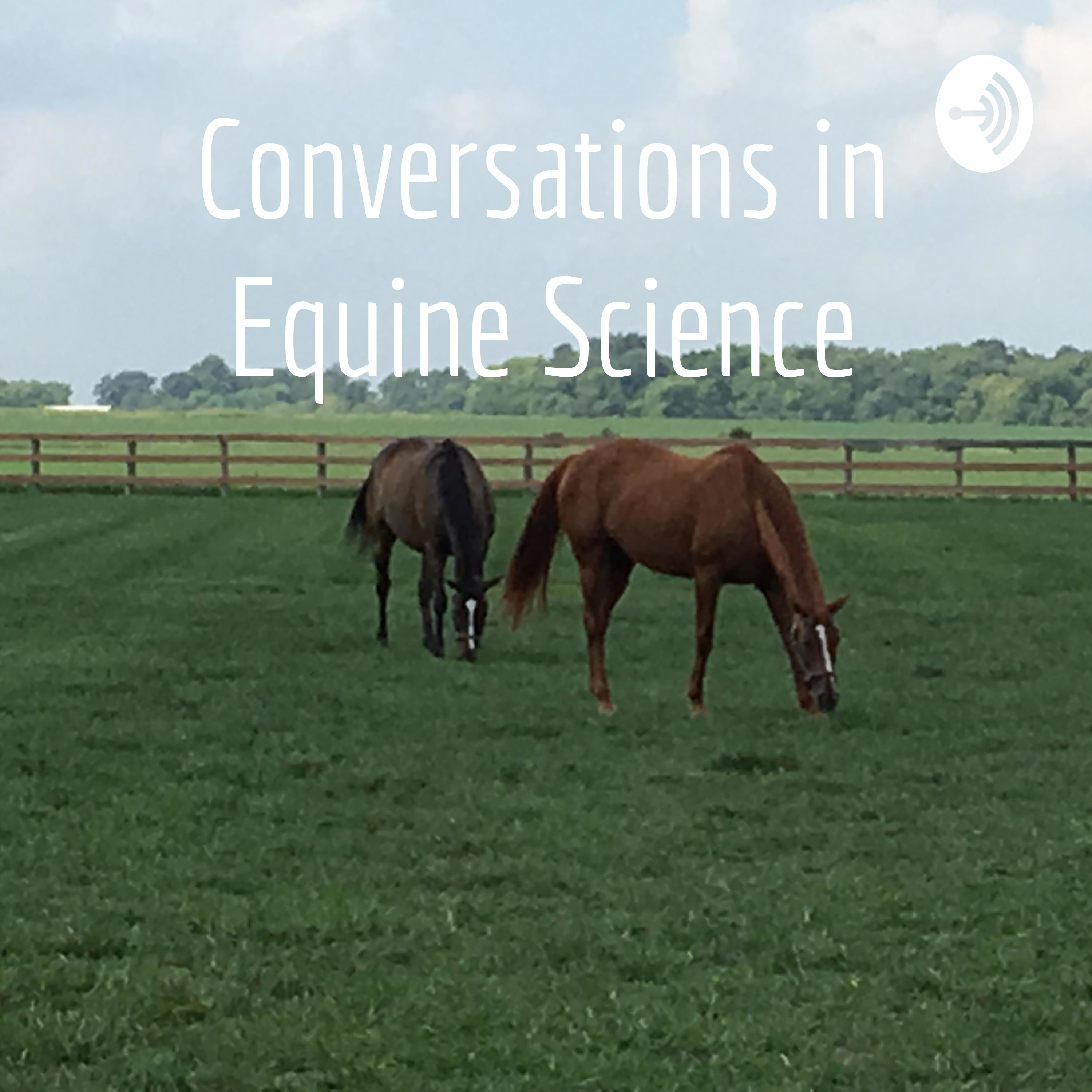 Conversations in Equine ScienceWork Satisfaction in the Veterinary Profession.This week Nancy and Kate discuss Kate's research paper that was recently published in the Frontiers in Veterinary Science Journal.
Elte Y, Acton K, Martin J, Nielen M, van Weeren R and Wolframm I (2023) Engage and enjoy–investigating predictors of employee
engagement and work satisfaction in equine veterinary professionals. Front. Vet. Sci. 10:1036388. doi: 10.3389/fvets.2023.1036388
Link (open access): https://eprints.ncl.ac.uk/file_store/production/289354/C0AEFFCA-8F7F-46C2-A0C4-A217DBF85AB3.pdf
2023-03-1036 min
Conversations in Equine ScienceWork Satisfaction in the Veterinary Profession.This week Nancy and Kate discuss Kate's research paper that was recently published in the Frontiers in Veterinary Science Journal.
Elte Y, Acton K, Martin J, Nielen M, van Weeren R and Wolframm I (2023) Engage and enjoy–investigating predictors of employee
engagement and work satisfaction in equine veterinary professionals. Front. Vet. Sci. 10:1036388. doi: 10.3389/fvets.2023.1036388
Link (open access): https://eprints.ncl.ac.uk/file_store/production/289354/C0AEFFCA-8F7F-46C2-A0C4-A217DBF85AB3.pdf
2023-03-1036 min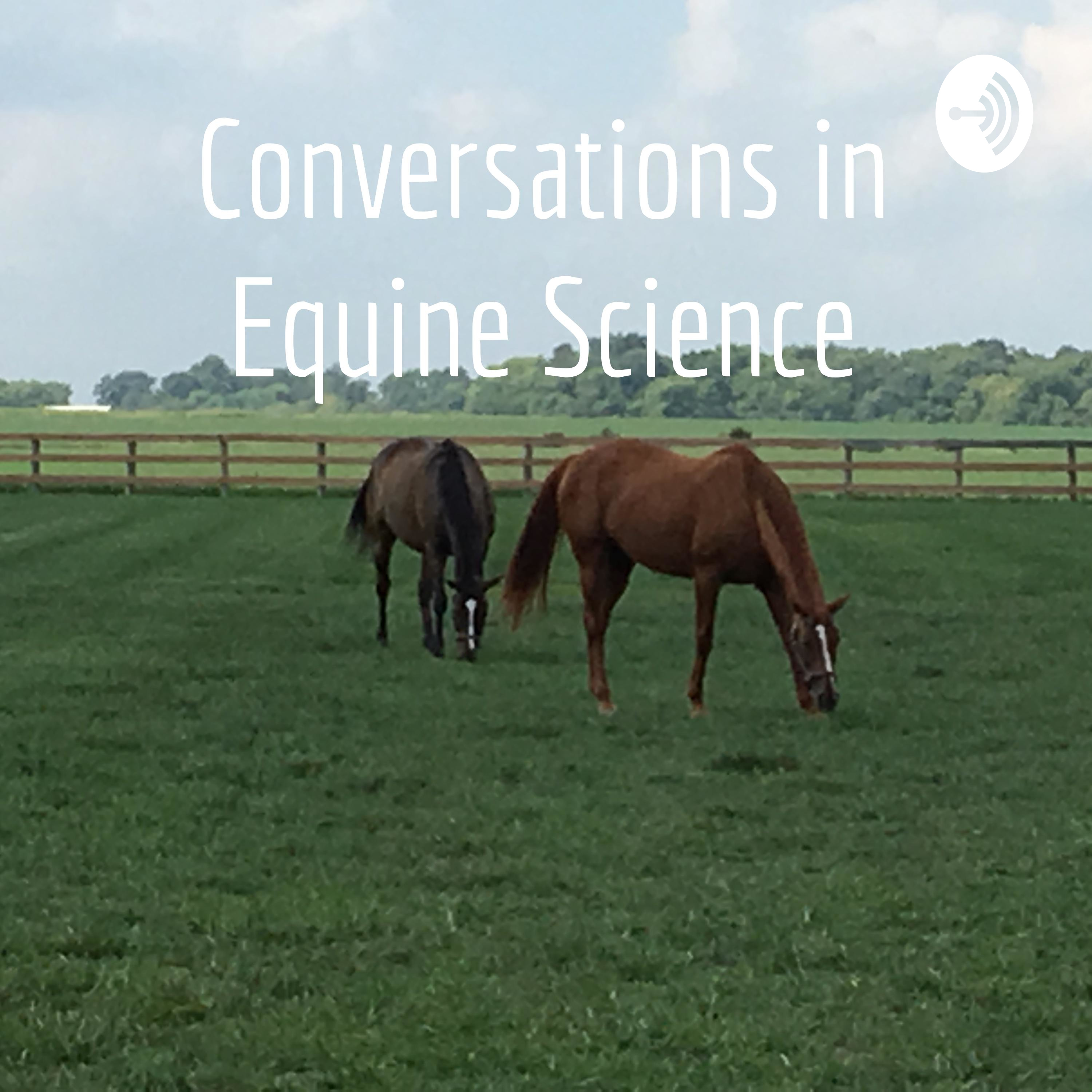 Conversations in Equine ScienceForce and Pressure Distribution of Treeless Dressage Saddles and Conventional Dressage Saddles.This week Kate and Nancy discuss a paper by Hilary Clayton on force and pressures of two styles of dressage saddles; treeless and conventional.
Research Reference and Link (this paper is not open access):
Hilary M. Clayton, Katherine A. O’Connor, LeeAnn J. Kaiser, (2014).
Force and pressure distribution beneath a conventional dressage saddle and a treeless dressage saddle with panels,
The Veterinary Journal, Volume 199, Issue 1, pp. 44-48.
https://www.sciencedirect.com/science/article/pii/S109002331300508X?via%3Dihub#section-cited-by
2023-03-0325 min
Conversations in Equine ScienceForce and Pressure Distribution of Treeless Dressage Saddles and Conventional Dressage Saddles.This week Kate and Nancy discuss a paper by Hilary Clayton on force and pressures of two styles of dressage saddles; treeless and conventional.
Research Reference and Link (this paper is not open access):
Hilary M. Clayton, Katherine A. O’Connor, LeeAnn J. Kaiser, (2014).
Force and pressure distribution beneath a conventional dressage saddle and a treeless dressage saddle with panels,
The Veterinary Journal, Volume 199, Issue 1, pp. 44-48.
https://www.sciencedirect.com/science/article/pii/S109002331300508X?via%3Dihub#section-cited-by
2023-03-0325 min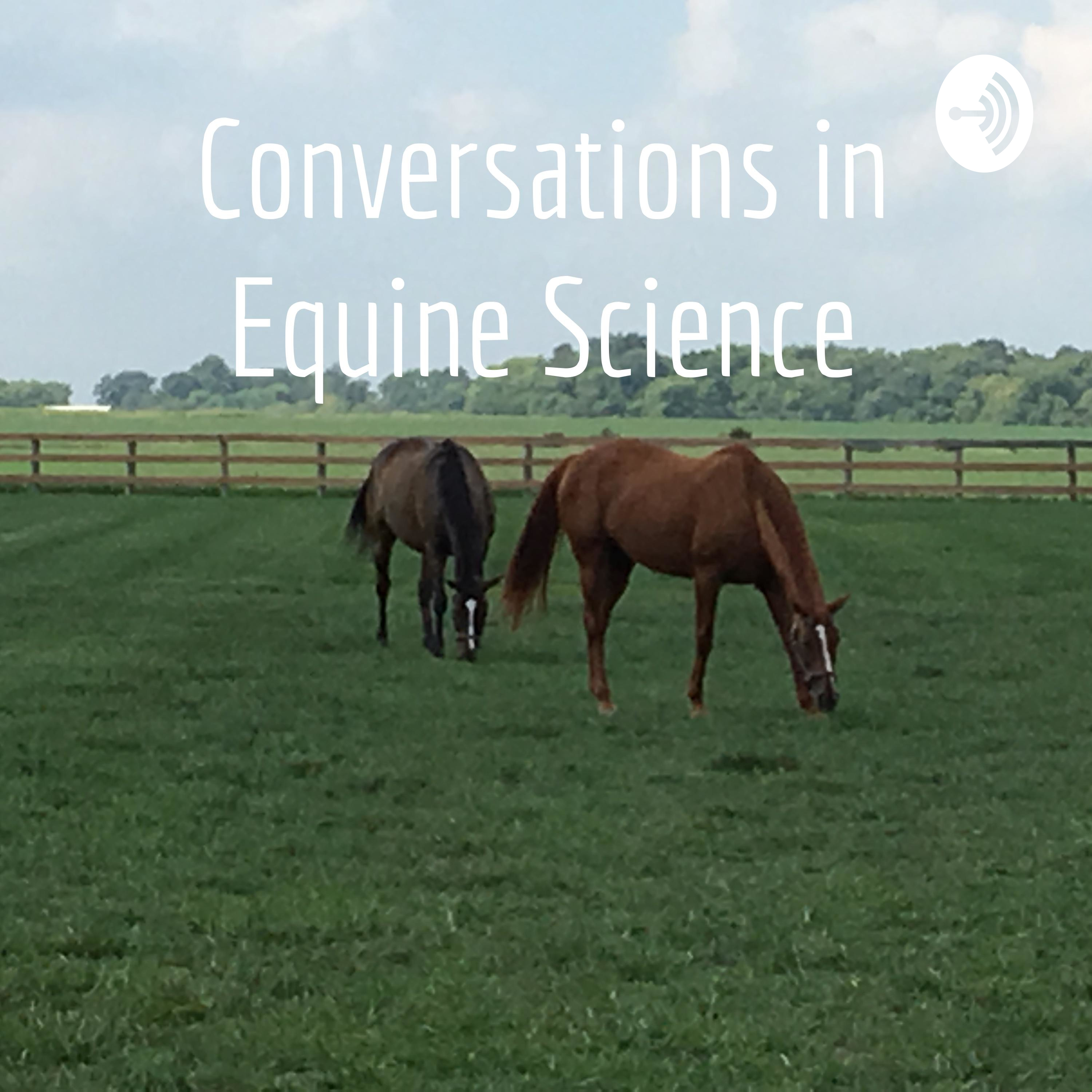 Conversations in Equine ScienceRecognizing anxiety in horses.This episode Nancy looks into a recent research paper that analyzed interview responses from registered Equine Behaviorists on how well their clients detected fear and anxiety behavior in horses.
Research reference and link (Open Access):
Rogers, Suzanne, and Catherine Bell. 2022. "Perceptions of Fear and Anxiety in Horses as Reported in Interviews with Equine Behaviourists" Animals 12, no. 21: 2904.
https://doi.org/10.3390/ani12212904
2023-02-1322 min
Conversations in Equine ScienceRecognizing anxiety in horses.This episode Nancy looks into a recent research paper that analyzed interview responses from registered Equine Behaviorists on how well their clients detected fear and anxiety behavior in horses.
Research reference and link (Open Access):
Rogers, Suzanne, and Catherine Bell. 2022. "Perceptions of Fear and Anxiety in Horses as Reported in Interviews with Equine Behaviourists" Animals 12, no. 21: 2904.
https://doi.org/10.3390/ani12212904
2023-02-1322 min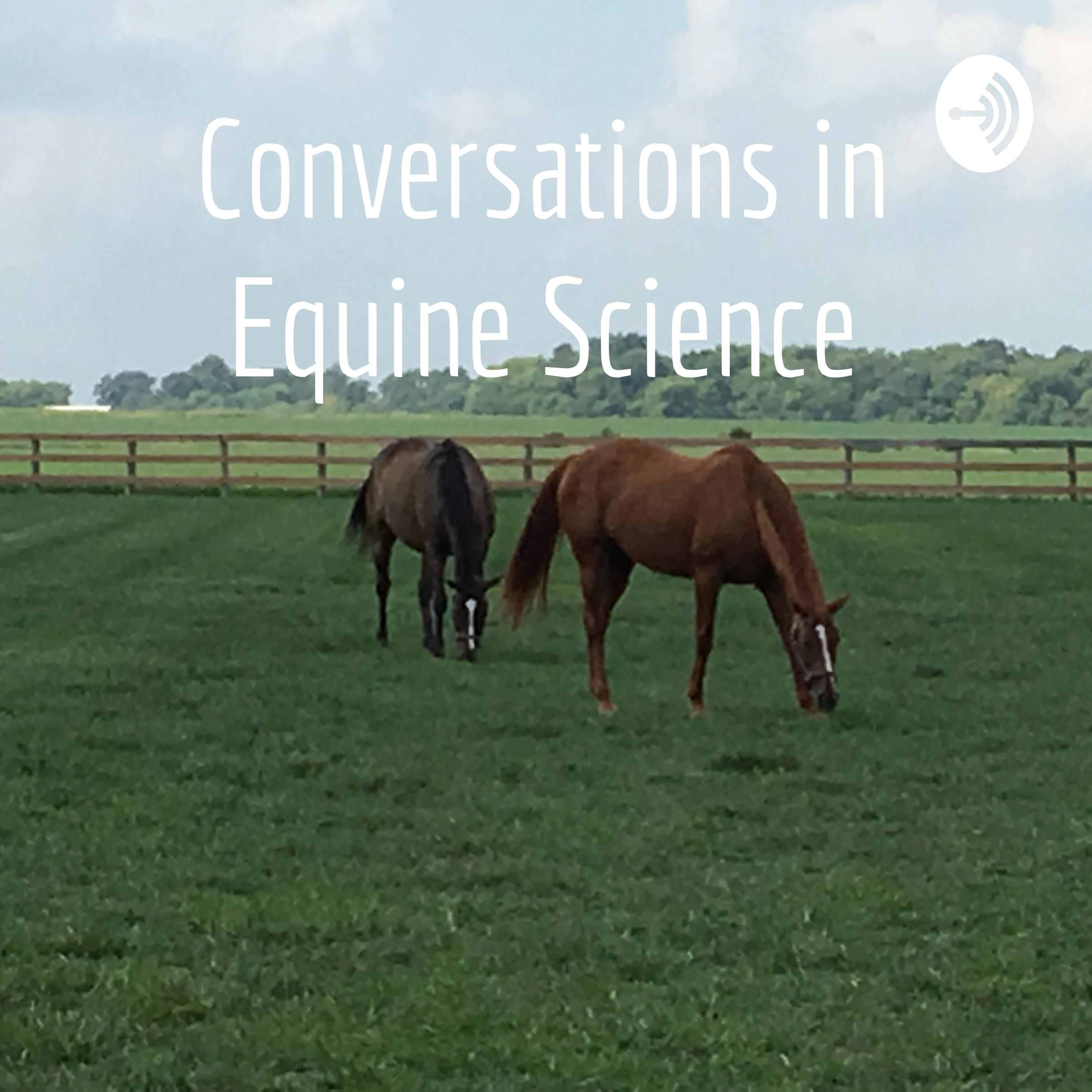 Conversations in Equine ScienceHorse-show anxiety and how mental preparation can build self confidence for competition success.This week Kate and Nancy discuss pre-performance anxiety and how elite riders manage and control their anxiety during high pressure situations.
S. McGinn, D. Alcock, and L.J. Cameron (2018). "Straight from the horse’s mouth: understanding professional event riders’ mental preparation for maximising self-confidence prior to competition using thematic analysis." Comparative Exercise Physiology Vol 14 Issue 4, pp. 261-270.
Link to research paper:
https://www.wageningenacademic.com/doi/epdf/10.3920/CEP180020?role=tab
2023-02-0531 min
Conversations in Equine ScienceHorse-show anxiety and how mental preparation can build self confidence for competition success.This week Kate and Nancy discuss pre-performance anxiety and how elite riders manage and control their anxiety during high pressure situations.
S. McGinn, D. Alcock, and L.J. Cameron (2018). "Straight from the horse’s mouth: understanding professional event riders’ mental preparation for maximising self-confidence prior to competition using thematic analysis." Comparative Exercise Physiology Vol 14 Issue 4, pp. 261-270.
Link to research paper:
https://www.wageningenacademic.com/doi/epdf/10.3920/CEP180020?role=tab
2023-02-0531 min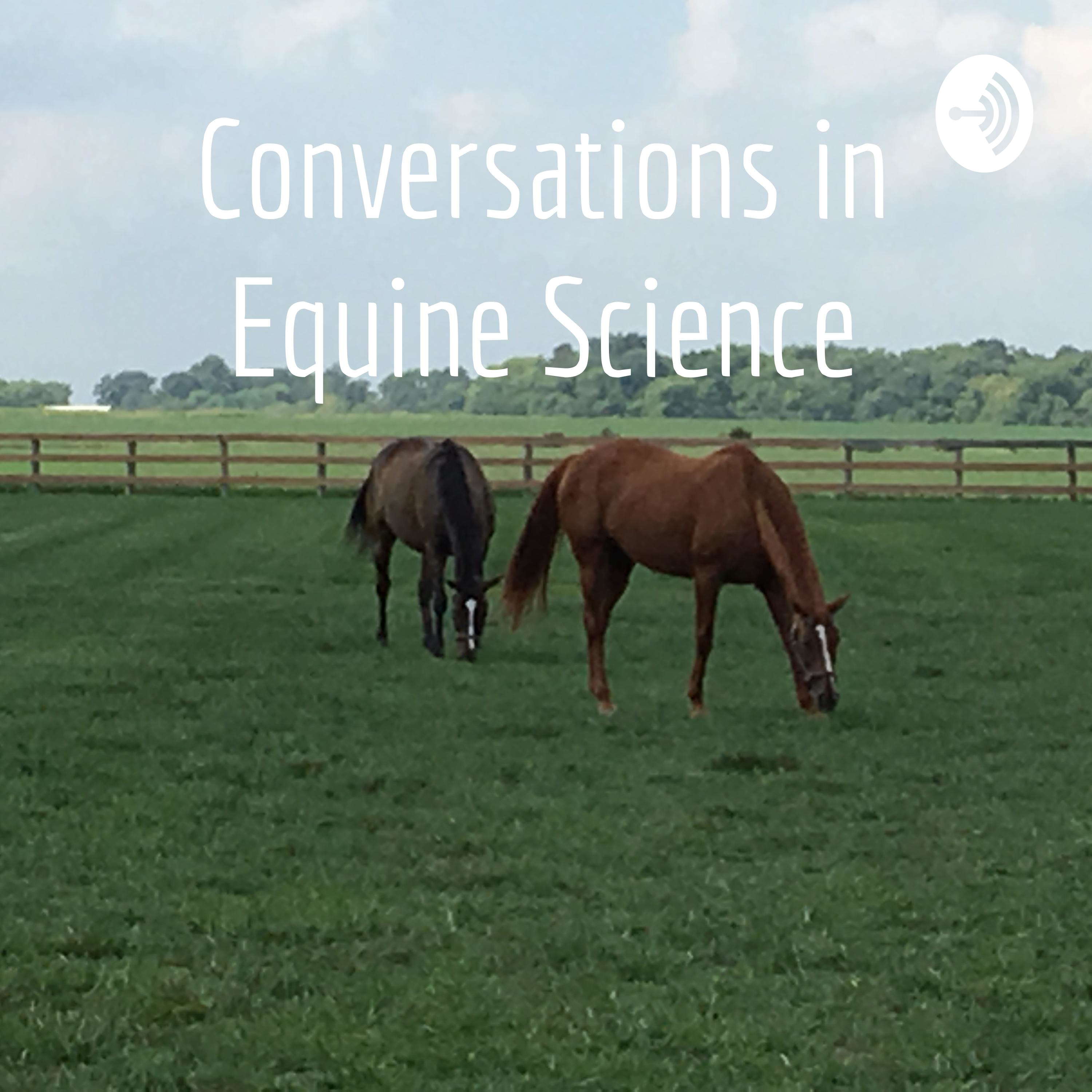 Conversations in Equine ScienceHorse Pasture Management: Horse Health and Environmental Impact.This episode Nancy and Kate discuss a research paper that compares horse turnout systems to enhance horse health and ecosystem sustainability.
Research Reference and Link (Open Access):
Furtado, T., King, M., Perkins, E., McGowan, C., Chubbock, S., Hannelly, E., Rogers, J. and Pinchbeck, G. (2022). An Exploration of Environmentally Sustainable Practices Associated with Alternative Grazing Management System Use for Horses, Ponies, Donkeys and Mules in the UK. Animals. 12(2), p.151.
https://www.mdpi.com/2076-2615/12/2/151#B12-animals-12-00151
2023-01-2932 min
Conversations in Equine ScienceHorse Pasture Management: Horse Health and Environmental Impact.This episode Nancy and Kate discuss a research paper that compares horse turnout systems to enhance horse health and ecosystem sustainability.
Research Reference and Link (Open Access):
Furtado, T., King, M., Perkins, E., McGowan, C., Chubbock, S., Hannelly, E., Rogers, J. and Pinchbeck, G. (2022). An Exploration of Environmentally Sustainable Practices Associated with Alternative Grazing Management System Use for Horses, Ponies, Donkeys and Mules in the UK. Animals. 12(2), p.151.
https://www.mdpi.com/2076-2615/12/2/151#B12-animals-12-00151
2023-01-2932 min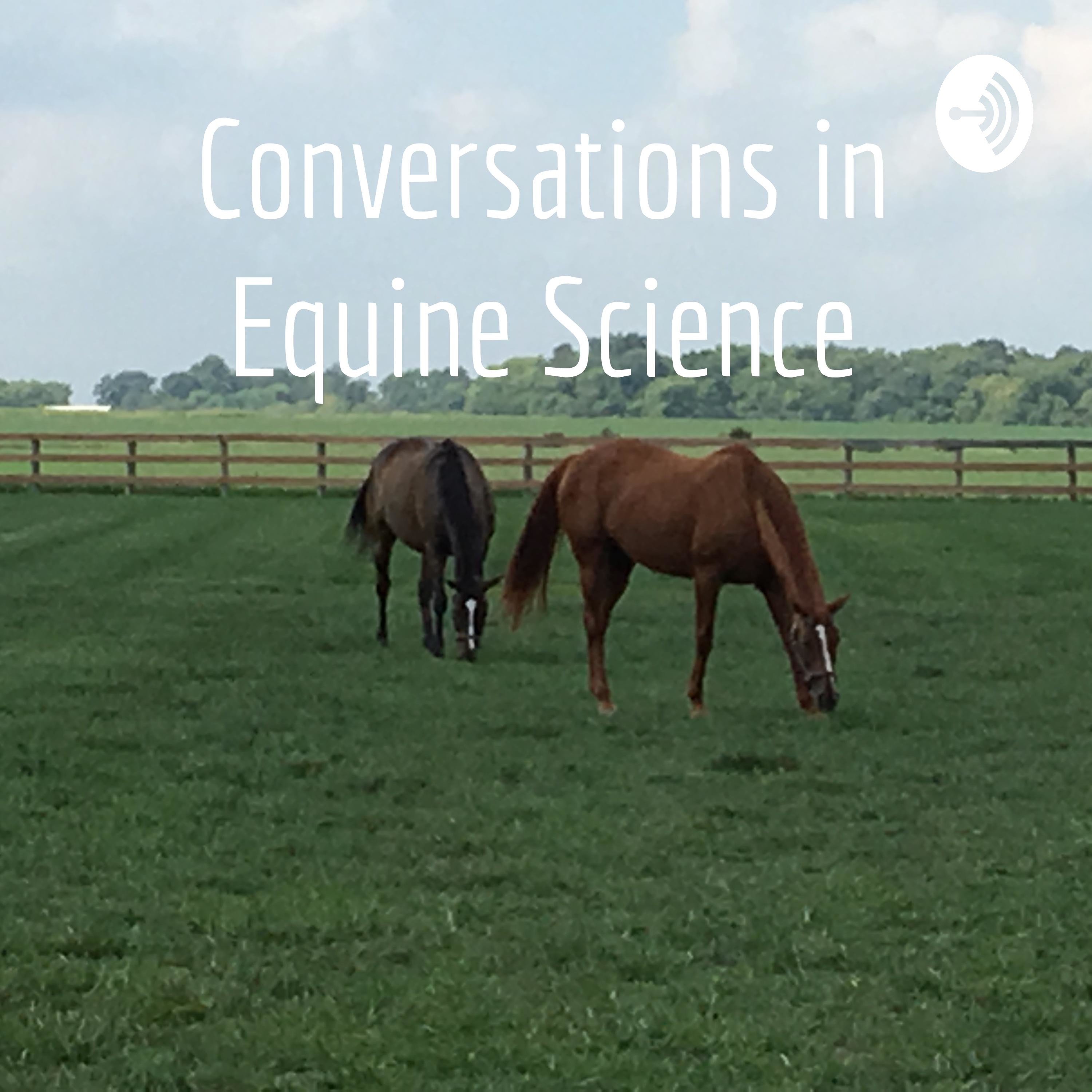 Conversations in Equine ScienceEffects of Covid-19 Lockdowns on Anxiety and Performance of Elite Riders.This week Kate and Nancy discuss a research paper detailing the effects of the cessation of training that occurred among elite riders during the Covid 19 lockdowns.
Research Reference and Link (Open Access):
Demarie, Sabrina, Christel Galvani, and Veronique Louise Billat. (2020). "Horse-Riding Competitions Pre and Post COVID-19: Effect of Anxiety, sRPE and HR on Performance in Eventing" International Journal of Environmental Research and Public Health 17, no. 22: 8648.
https://www.mdpi.com/1660-4601/17/22/8648
2023-01-2032 min
Conversations in Equine ScienceEffects of Covid-19 Lockdowns on Anxiety and Performance of Elite Riders.This week Kate and Nancy discuss a research paper detailing the effects of the cessation of training that occurred among elite riders during the Covid 19 lockdowns.
Research Reference and Link (Open Access):
Demarie, Sabrina, Christel Galvani, and Veronique Louise Billat. (2020). "Horse-Riding Competitions Pre and Post COVID-19: Effect of Anxiety, sRPE and HR on Performance in Eventing" International Journal of Environmental Research and Public Health 17, no. 22: 8648.
https://www.mdpi.com/1660-4601/17/22/8648
2023-01-2032 min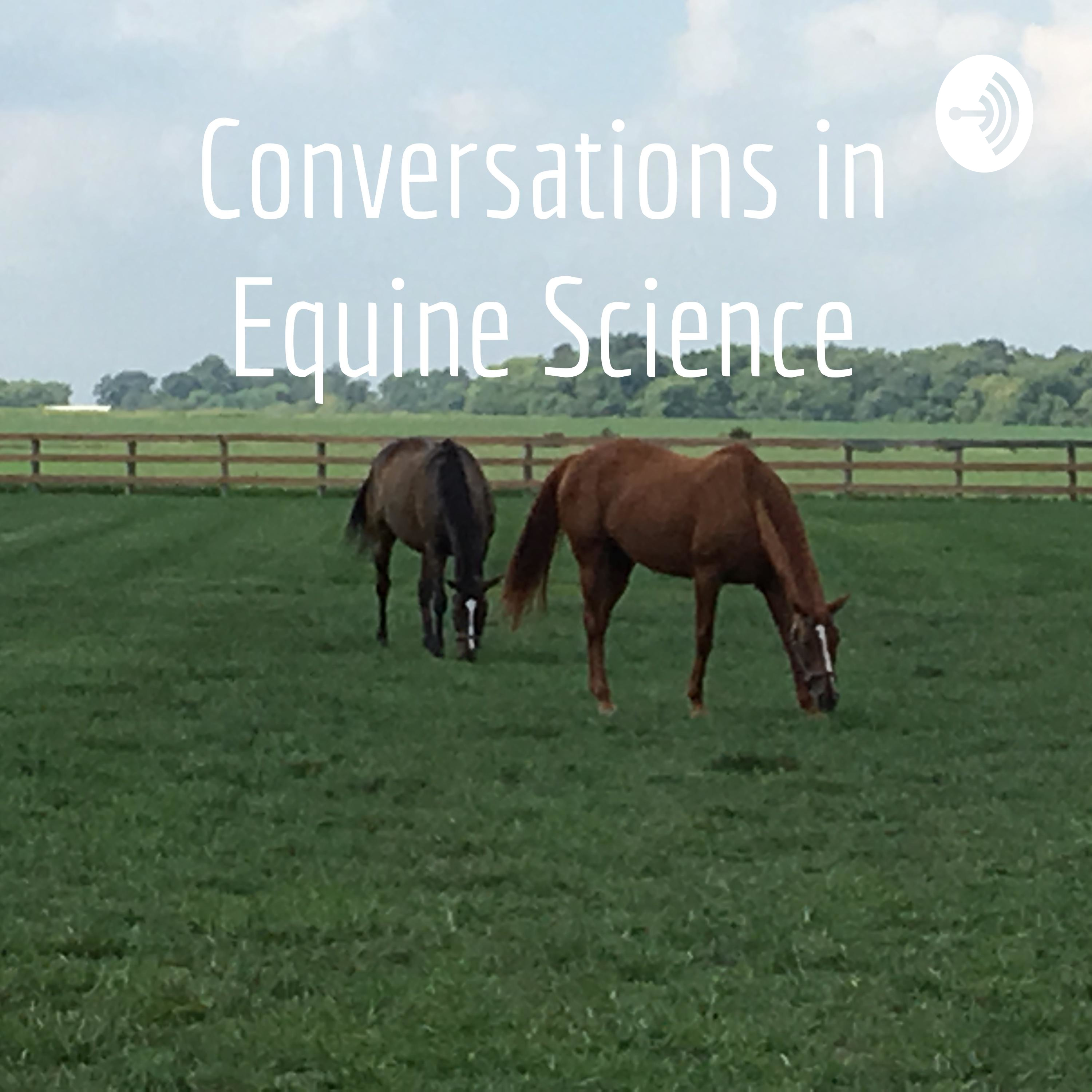 Conversations in Equine SciencePituitary Pars Intermedia Dysfunction in Horses.This week Nancy and Kate discuss a recent paper on the most current research findings in Equine Pituitary Pars Intermedia Dysfunction.
Research Reference and Link:
Kirkwood, NC., Hughes, KJ., Stewart, AJ (2022). Pituitary Pars Intermedia Dysfunction (PPID) in Horses.
Veterinary Science, 9(10), 556.
https://doi.org/10.3390/vetsci9100556
2023-01-1331 min
Conversations in Equine SciencePituitary Pars Intermedia Dysfunction in Horses.This week Nancy and Kate discuss a recent paper on the most current research findings in Equine Pituitary Pars Intermedia Dysfunction.
Research Reference and Link:
Kirkwood, NC., Hughes, KJ., Stewart, AJ (2022). Pituitary Pars Intermedia Dysfunction (PPID) in Horses.
Veterinary Science, 9(10), 556.
https://doi.org/10.3390/vetsci9100556
2023-01-1331 min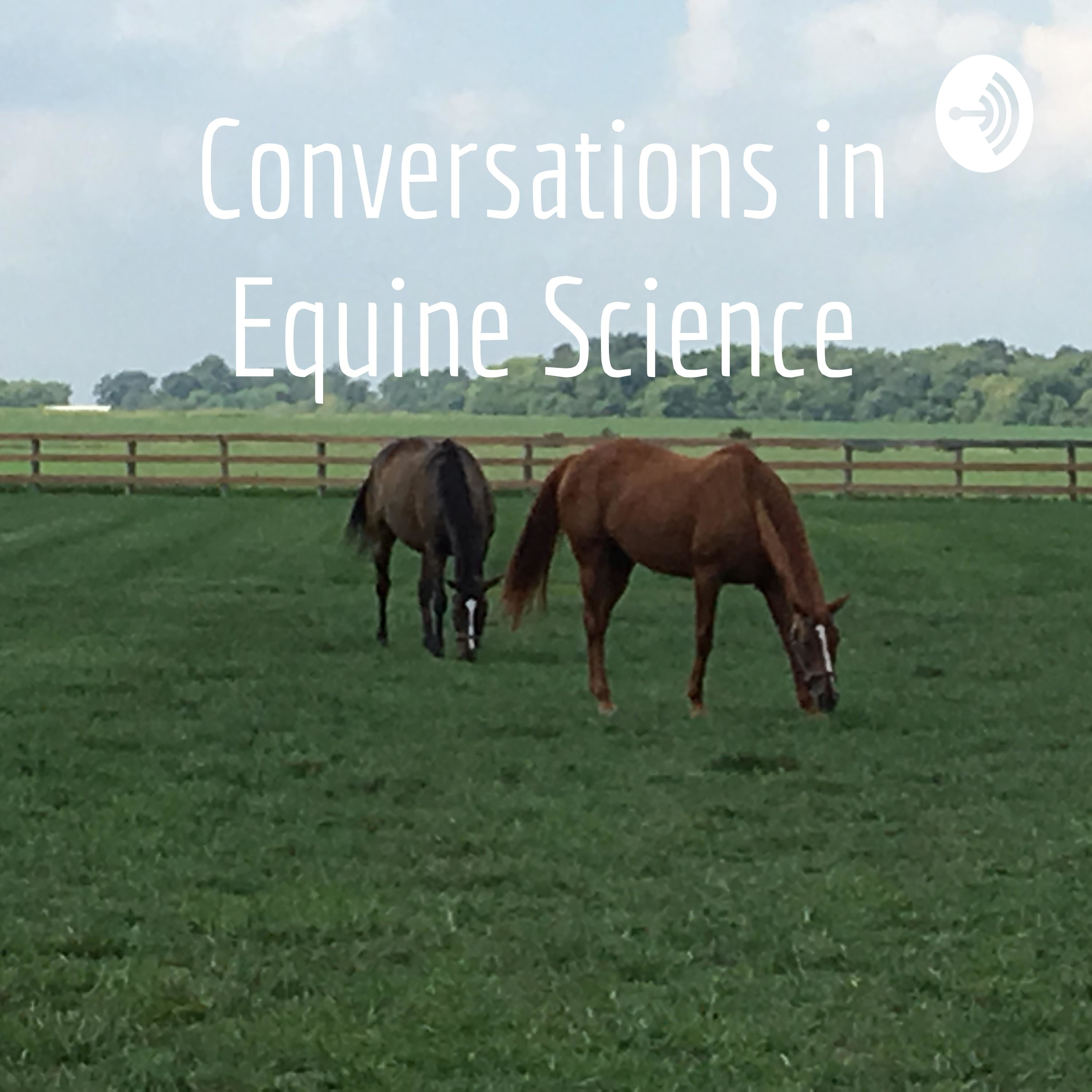 Conversations in Equine ScienceSummary of 2022, looking back on our favorite episodes.This week Kate and Nancy discuss their favorite episodes of 2022. We also reveal the most popular episodes as determined by our listeners.
Thank you for your support and listenership. We appreciate each and every one of you!
Happy and Healthy 2023,
Kate and Nancy
2023-01-0734 min
Conversations in Equine ScienceSummary of 2022, looking back on our favorite episodes.This week Kate and Nancy discuss their favorite episodes of 2022. We also reveal the most popular episodes as determined by our listeners.
Thank you for your support and listenership. We appreciate each and every one of you!
Happy and Healthy 2023,
Kate and Nancy
2023-01-0734 min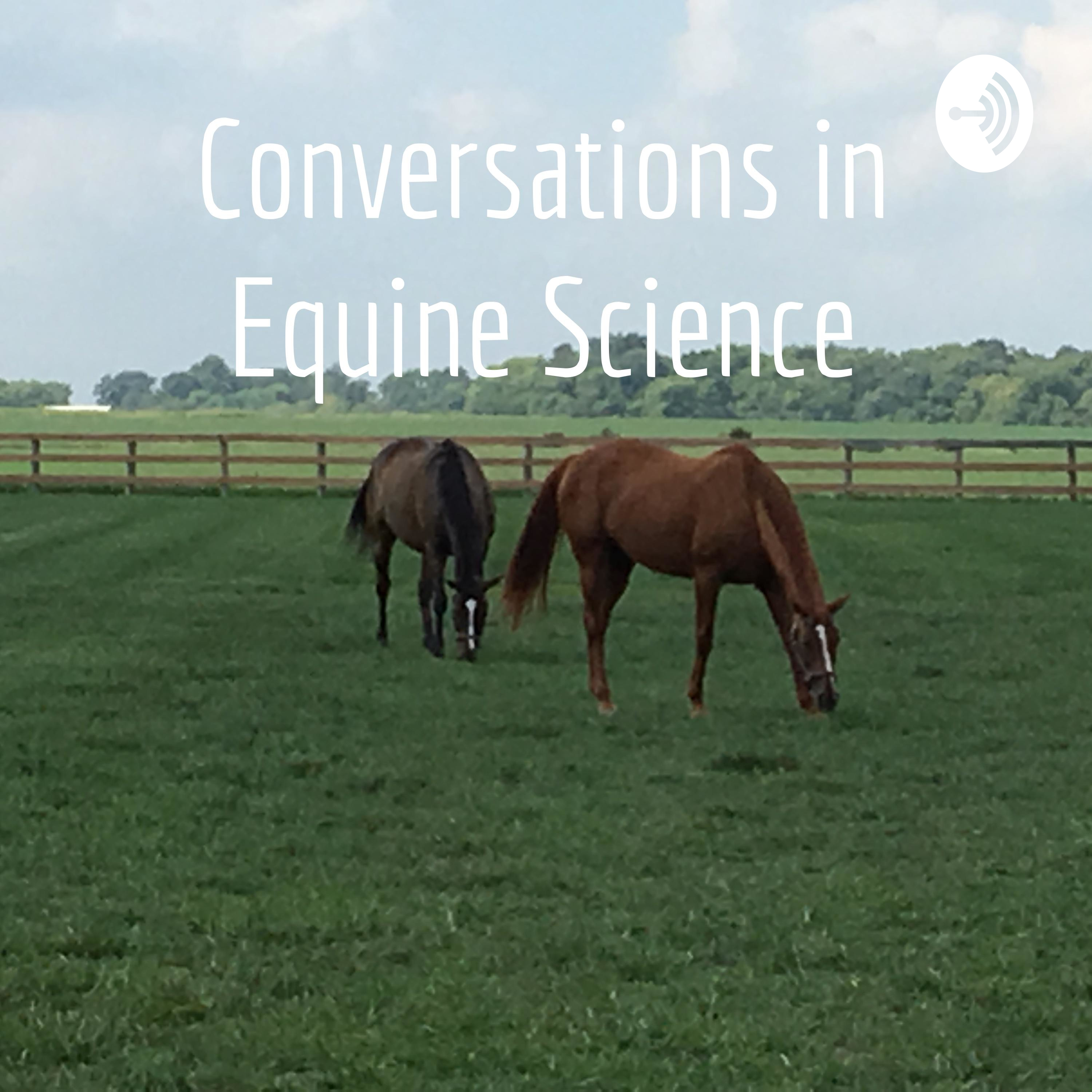 Conversations in Equine ScienceThe most popular episode of 2022....The Equine Gut Brain Connection.This week Nancy and Kate revisit the episode with the most downloads of 2022.
Reference:
Mach, N., Ruet, A., Clark, A. et al (2020). Priming for welfare: gut microbiota is associated with equitation conditions and behavior in horse athletes. Scientific Reports 10, 8311.
https://www.nature.com/articles/s41598-020-65444-9
2022-12-3026 min
Conversations in Equine ScienceThe most popular episode of 2022....The Equine Gut Brain Connection.This week Nancy and Kate revisit the episode with the most downloads of 2022.
Reference:
Mach, N., Ruet, A., Clark, A. et al (2020). Priming for welfare: gut microbiota is associated with equitation conditions and behavior in horse athletes. Scientific Reports 10, 8311.
https://www.nature.com/articles/s41598-020-65444-9
2022-12-3026 min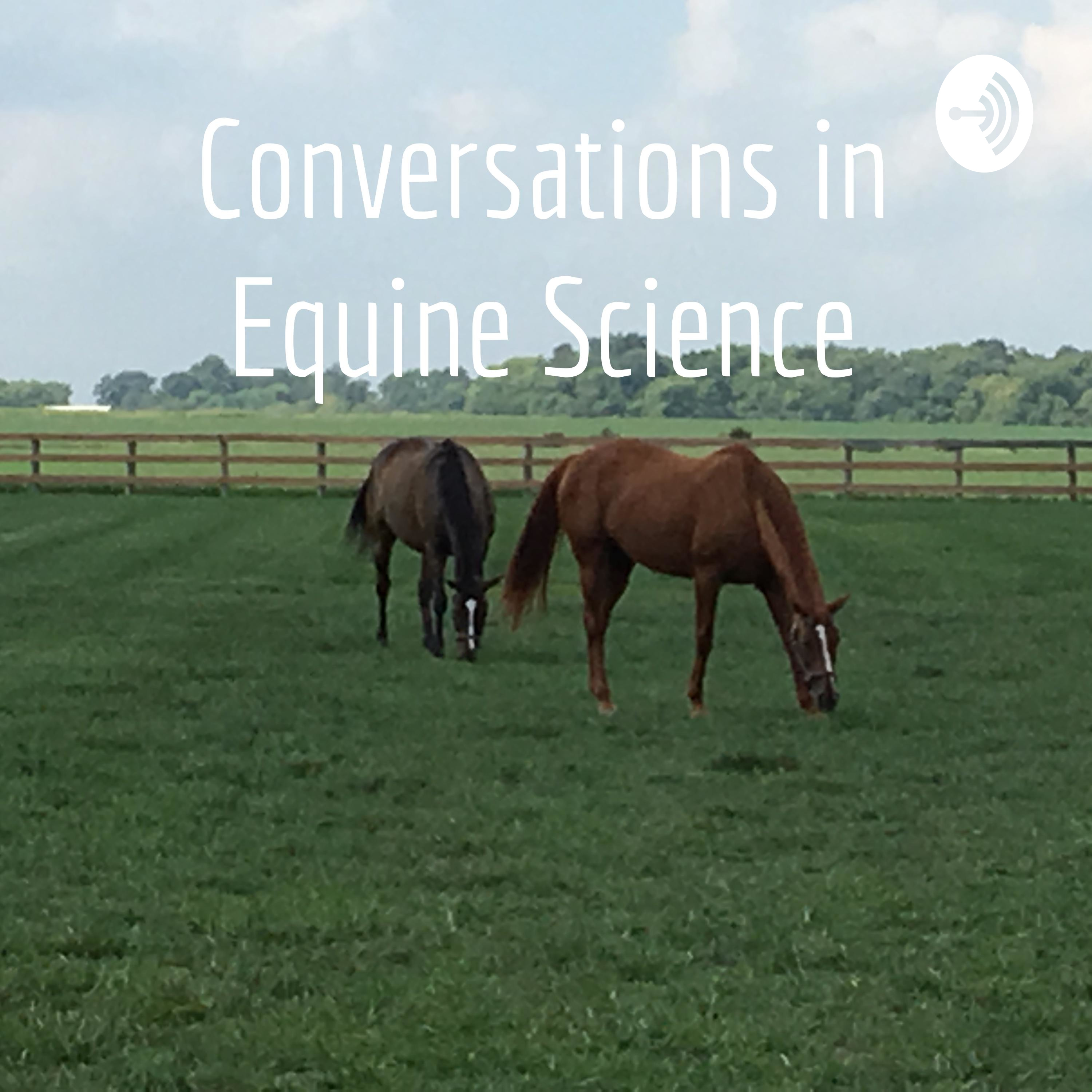 Conversations in Equine Science(Part 2) Deciphering misinformation in the horse world.This week Nancy and Kate continue their discussion with Dr. Sheryl King.
Dr. King is an expert on "myth-busting" horse information that occurs frequently within the horse industry. Make sure to listen to Part 1 to get her explanation on how these myths become a part of the equine management industry. This episode will discuss fact checking skills and nutrition fallacies.
2022-12-2430 min
Conversations in Equine Science(Part 2) Deciphering misinformation in the horse world.This week Nancy and Kate continue their discussion with Dr. Sheryl King.
Dr. King is an expert on "myth-busting" horse information that occurs frequently within the horse industry. Make sure to listen to Part 1 to get her explanation on how these myths become a part of the equine management industry. This episode will discuss fact checking skills and nutrition fallacies.
2022-12-2430 min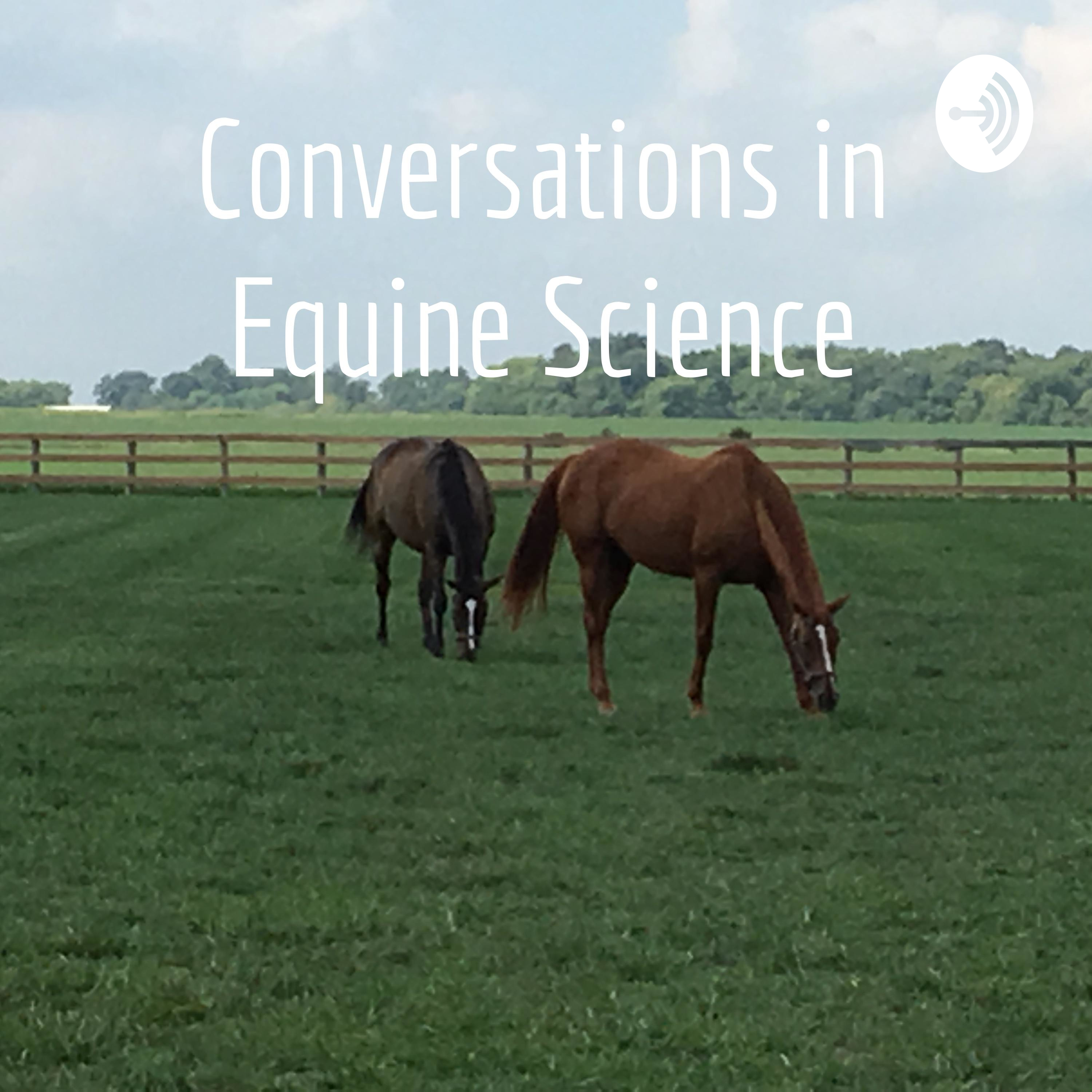 Conversations in Equine ScienceDeciphering misinformation in the horse world.This week Nancy and Kate welcome Dr. Sheryl King to the podcast. Dr. King is an expert on misinformation in the horse industry.
Please direct any questions to Kate on the Conversations in Equine Science Instagram account or Nancy on the Conversations in Equine Science Facebook page. We'll pass them onto Dr. Sheree or send her a friendship request via Sheree King at her Facebook page.
We'll continue Part 2 next week.
Thanks for listening in !
2022-12-1628 min
Conversations in Equine ScienceDeciphering misinformation in the horse world.This week Nancy and Kate welcome Dr. Sheryl King to the podcast. Dr. King is an expert on misinformation in the horse industry.
Please direct any questions to Kate on the Conversations in Equine Science Instagram account or Nancy on the Conversations in Equine Science Facebook page. We'll pass them onto Dr. Sheree or send her a friendship request via Sheree King at her Facebook page.
We'll continue Part 2 next week.
Thanks for listening in !
2022-12-1628 min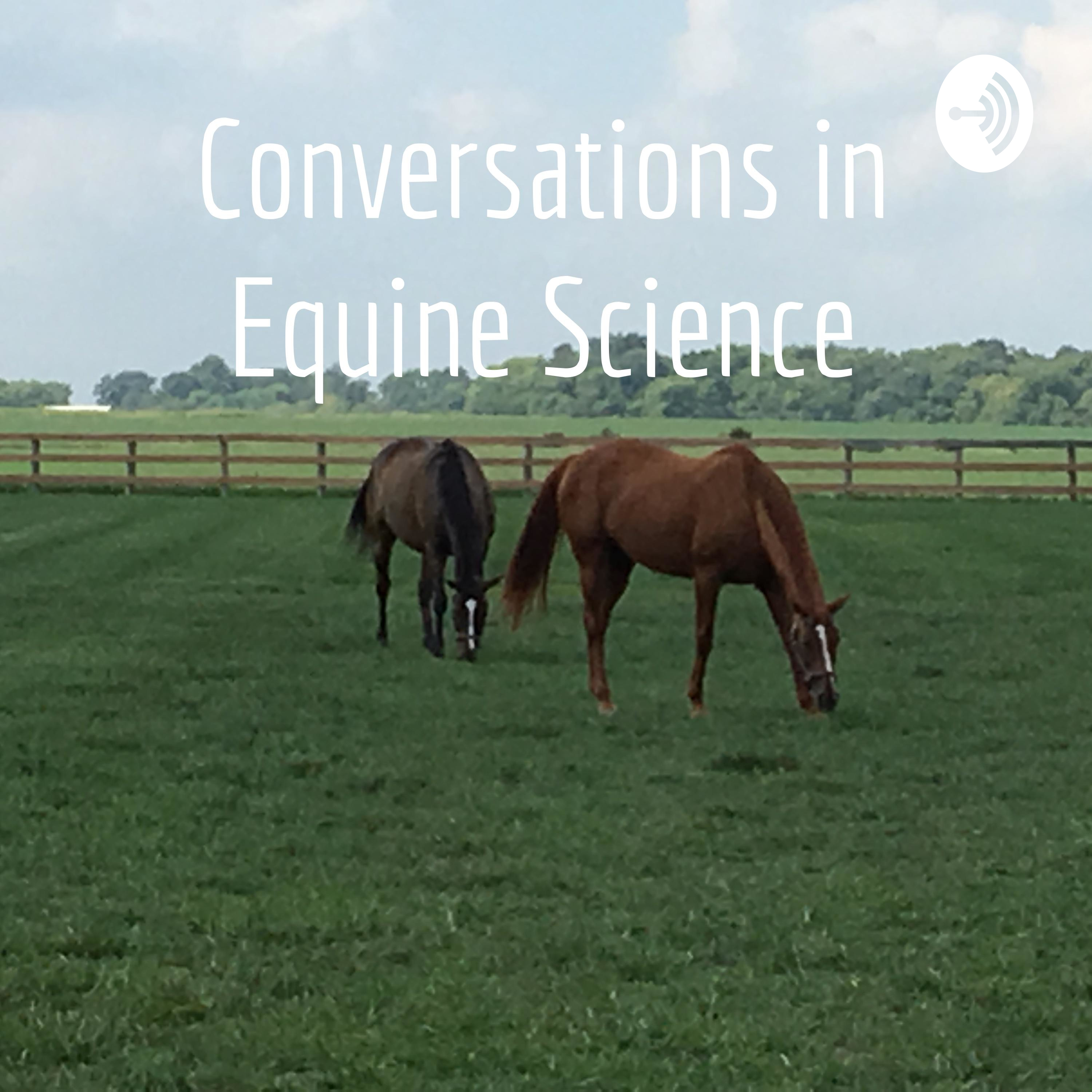 Conversations in Equine ScienceThe neurological exam of the horse. (Part 2)Kate and Nancy wrap up their discussion of this interesting paper on the neurological exam of the horse.
Reference:
Caroline Hahn, (2022). Neurological Examination of Horses, Veterinary Clinics of North America: Equine Practice, Volume 38, Issue 2,
pp. 155-169.
https://doi.org/10.1016/j.cveq.2022.05.001
2022-12-1041 min
Conversations in Equine ScienceThe neurological exam of the horse. (Part 2)Kate and Nancy wrap up their discussion of this interesting paper on the neurological exam of the horse.
Reference:
Caroline Hahn, (2022). Neurological Examination of Horses, Veterinary Clinics of North America: Equine Practice, Volume 38, Issue 2,
pp. 155-169.
https://doi.org/10.1016/j.cveq.2022.05.001
2022-12-1041 min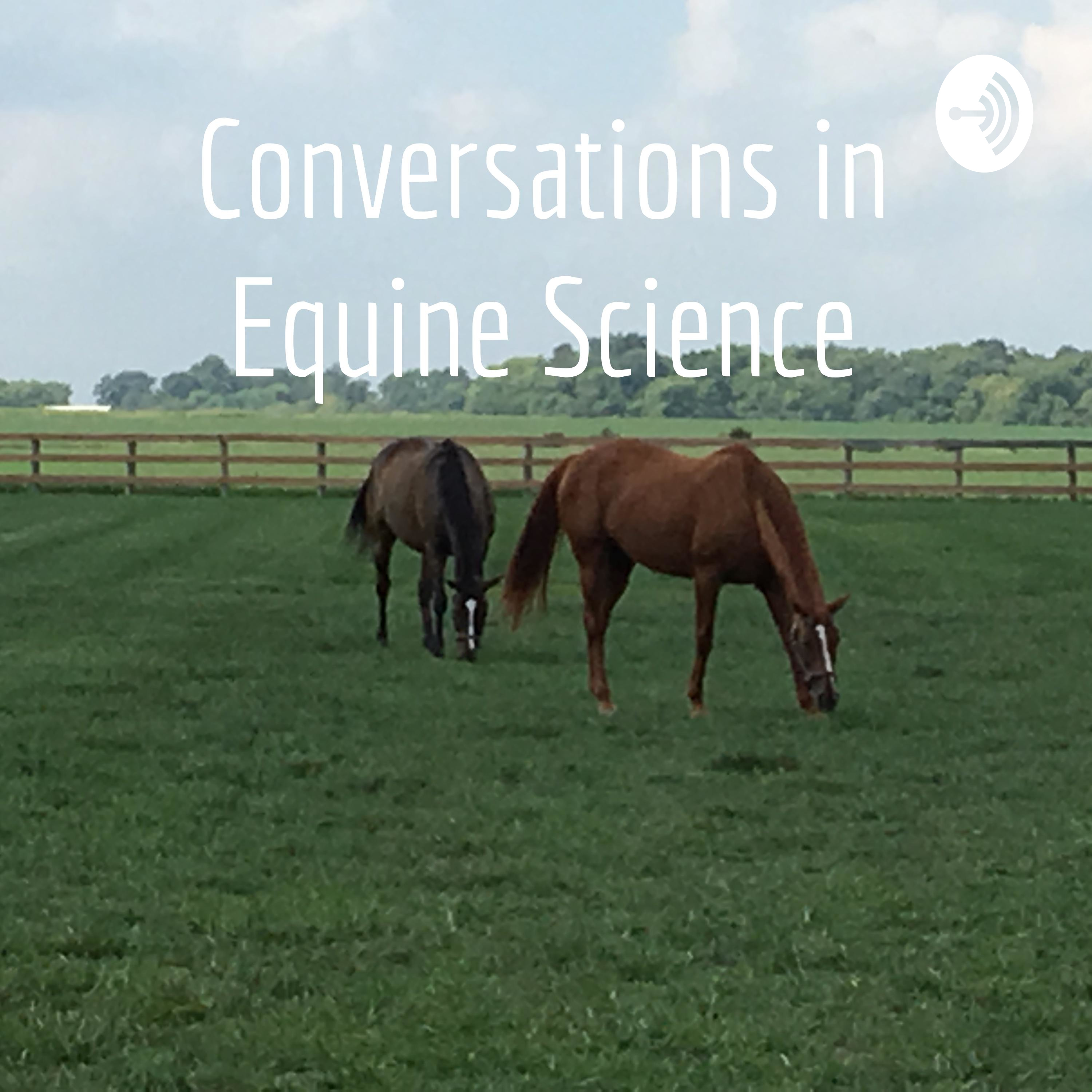 Conversations in Equine ScienceNeurological Examinations of Horses (Part 1).On this week's episode, Nancy and Kate discuss a recent research article on the neurological exam of the horse.
Research Reference:
Caroline Hahn, DVM, (2022). Neurological Examination of Horses, Veterinary Clinics of North America: Equine Practice, Volume 38, Issue 2 pp. 155-169.
https://www.sciencedirect.com/science/article/pii/S0749073922000219
2022-12-0239 min
Conversations in Equine ScienceNeurological Examinations of Horses (Part 1).On this week's episode, Nancy and Kate discuss a recent research article on the neurological exam of the horse.
Research Reference:
Caroline Hahn, DVM, (2022). Neurological Examination of Horses, Veterinary Clinics of North America: Equine Practice, Volume 38, Issue 2 pp. 155-169.
https://www.sciencedirect.com/science/article/pii/S0749073922000219
2022-12-0239 min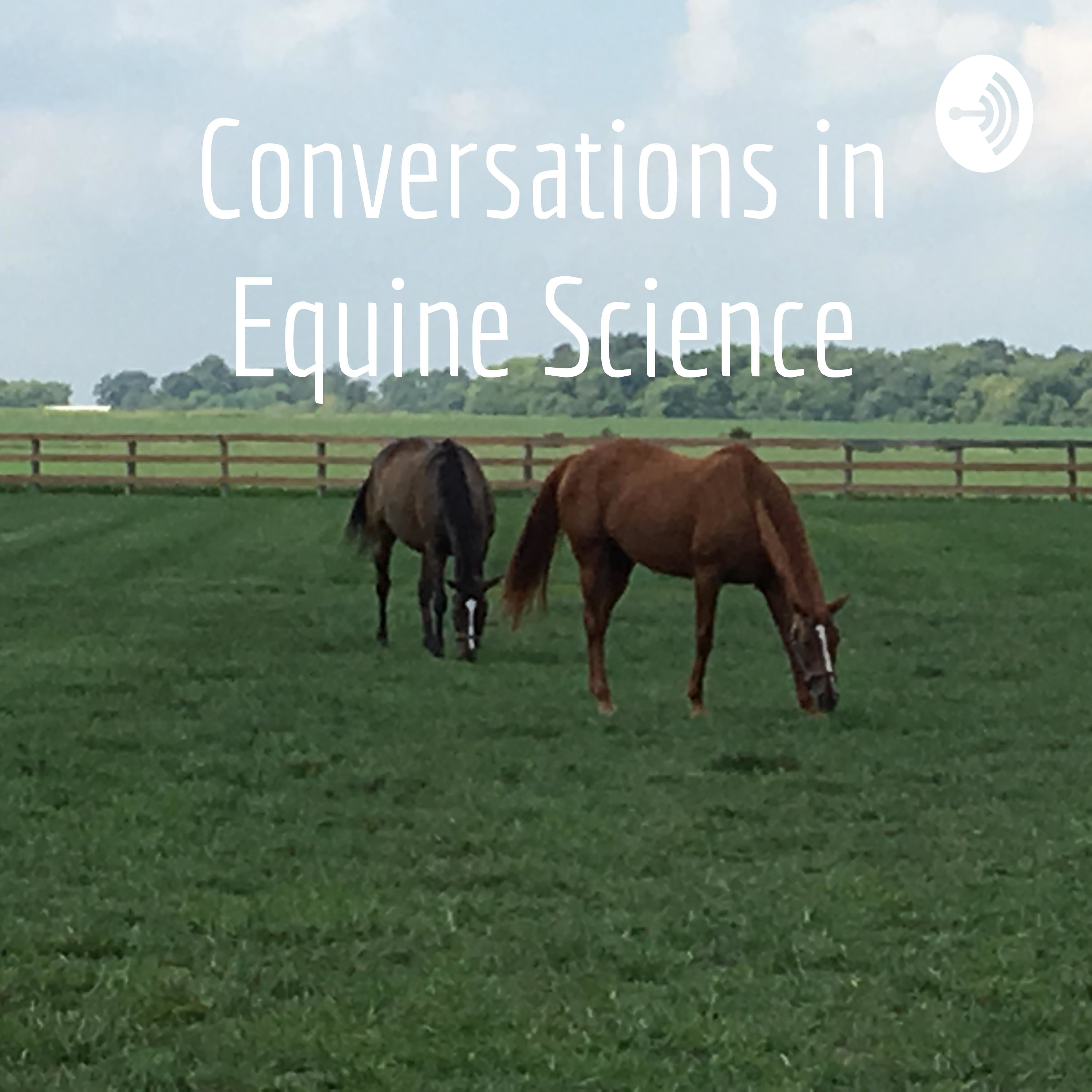 Conversations in Equine ScienceWhat equestrians really think about safety.This week Kate and Nancy discuss equestrian safety and what a survey of 1,718 respondents reveals.
Research reference:
Chapman, Meredith, Matthew Thomas, and Kirrilly Thompson. (2020). "What People Really Think About Safety around Horses: The Relationship between Risk Perception, Values and Safety Behaviours" Animals 10, no. 12: 2222.
Link: https://doi.org/10.3390/ani10122222
2022-11-2638 min
Conversations in Equine ScienceWhat equestrians really think about safety.This week Kate and Nancy discuss equestrian safety and what a survey of 1,718 respondents reveals.
Research reference:
Chapman, Meredith, Matthew Thomas, and Kirrilly Thompson. (2020). "What People Really Think About Safety around Horses: The Relationship between Risk Perception, Values and Safety Behaviours" Animals 10, no. 12: 2222.
Link: https://doi.org/10.3390/ani10122222
2022-11-2638 min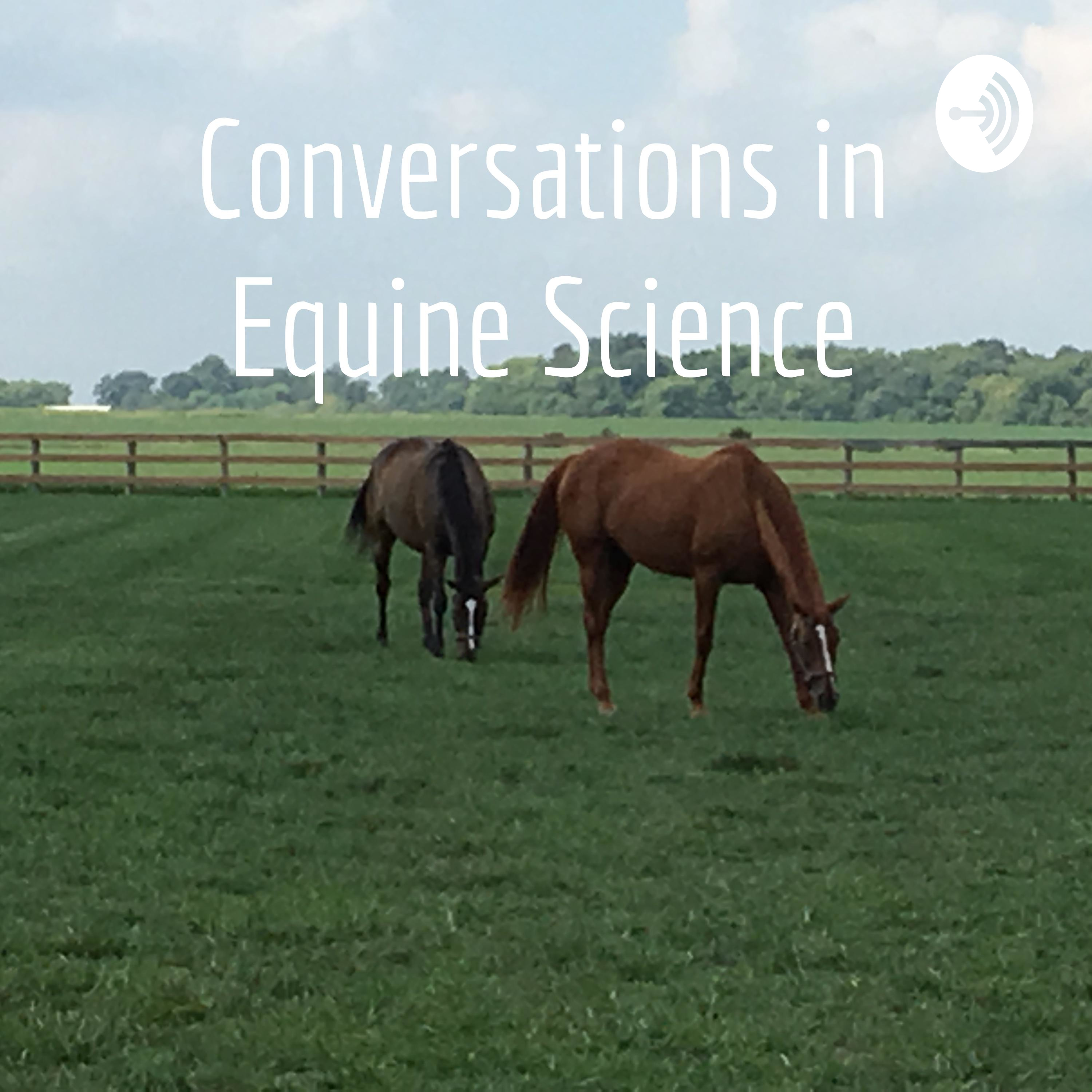 Conversations in Equine ScienceRecurrent Exertional Rhabdomyolysis (RER)This week Nancy and Kate discuss the tying up syndrome (RER) that appears to affect 8.4% of racehorses.
Research Reference:
https://www.nzsap.org/system/files/proceedings/trainers-perceptions-impact-different-feeding-and-management-practices-racehorses-they-identified.pdf
Wood , LJ, Lancaster, B, Breheny, MR & Rogers, CW 2020, 'Trainers perceptions of the impact of different feeding and management practices on racehorses they identified displaying symptoms of recurrent exertional rhabdomyolysis', Proceedings of the New Zealand Society of Animal Production, vol. 80, pp. 90- 94.
2022-11-1835 min
Conversations in Equine ScienceRecurrent Exertional Rhabdomyolysis (RER)This week Nancy and Kate discuss the tying up syndrome (RER) that appears to affect 8.4% of racehorses.
Research Reference:
https://www.nzsap.org/system/files/proceedings/trainers-perceptions-impact-different-feeding-and-management-practices-racehorses-they-identified.pdf
Wood , LJ, Lancaster, B, Breheny, MR & Rogers, CW 2020, 'Trainers perceptions of the impact of different feeding and management practices on racehorses they identified displaying symptoms of recurrent exertional rhabdomyolysis', Proceedings of the New Zealand Society of Animal Production, vol. 80, pp. 90- 94.
2022-11-1835 min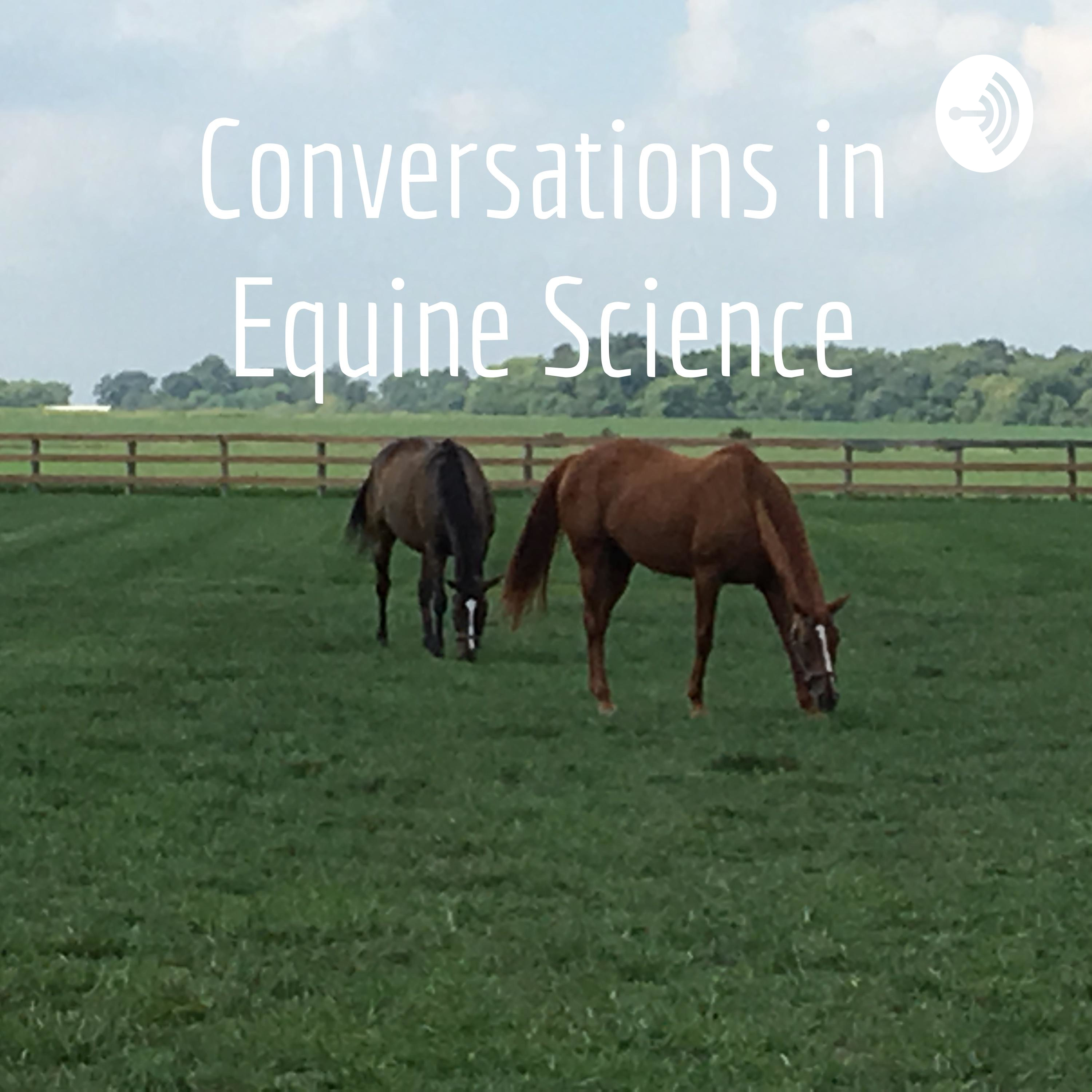 Conversations in Equine ScienceA look at PSSM.This week Kate and Nancy delve into the research of Dr. Valberg at Michigan State University. She runs the Equine Neuromuscular Diagnostics Laboratory and is a fervent researcher of equine muscular diseases. You can access her informative webpages here.
Research Reference (Open Access):
Valberg, SJ, Williams, ZJ, Finno, CJ, Schultz, A, Velez-Irizarry, D, Henry, ML, et al (2022). Type 2 polysaccharide storage myopathy in Quarter Horses is a novel glycogen storage disease causing exertional rhabdomyolysis. Equine Veterinary Journal.
https://beva.onlinelibrary.wiley.com/doi/full/10.1111/evj.13876
2022-11-1030 min
Conversations in Equine ScienceA look at PSSM.This week Kate and Nancy delve into the research of Dr. Valberg at Michigan State University. She runs the Equine Neuromuscular Diagnostics Laboratory and is a fervent researcher of equine muscular diseases. You can access her informative webpages here.
Research Reference (Open Access):
Valberg, SJ, Williams, ZJ, Finno, CJ, Schultz, A, Velez-Irizarry, D, Henry, ML, et al (2022). Type 2 polysaccharide storage myopathy in Quarter Horses is a novel glycogen storage disease causing exertional rhabdomyolysis. Equine Veterinary Journal.
https://beva.onlinelibrary.wiley.com/doi/full/10.1111/evj.13876
2022-11-1030 min Conversations in Equine ScienceHair Whorls in Horses.This week Nancy and Kate discuss the latest research in equine hair whorls, reactivity and laterality.
Research Reference:
Mark J. Deesing, Temple Grandin, (2022). Chapter 10 - Behavior genetics of the horse (Equus caballus), Editor(s): Temple Grandin,
Genetics and the Behavior of Domestic Animals (Third Edition), Academic Press, pp. 377-433
https://www.sciencedirect.com/science/article/pii/B9780323857529000068#bib153
Previous episode on laterality and cognitive bias: https://spotifyanchor-web.app.link/e/18g054aCGub
2022-11-0433 min
Conversations in Equine ScienceHair Whorls in Horses.This week Nancy and Kate discuss the latest research in equine hair whorls, reactivity and laterality.
Research Reference:
Mark J. Deesing, Temple Grandin, (2022). Chapter 10 - Behavior genetics of the horse (Equus caballus), Editor(s): Temple Grandin,
Genetics and the Behavior of Domestic Animals (Third Edition), Academic Press, pp. 377-433
https://www.sciencedirect.com/science/article/pii/B9780323857529000068#bib153
Previous episode on laterality and cognitive bias: https://spotifyanchor-web.app.link/e/18g054aCGub
2022-11-0433 min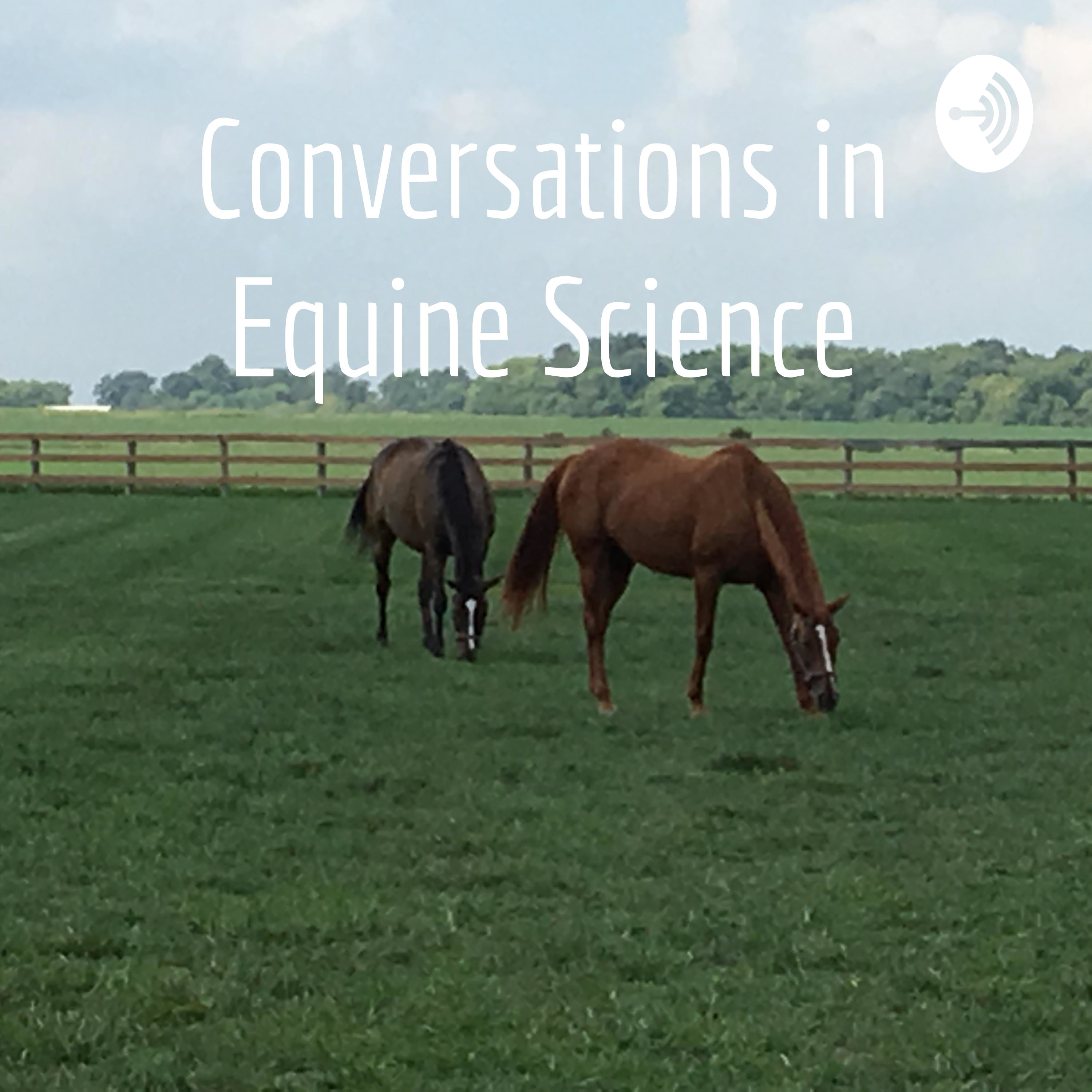 Conversations in Equine ScienceBehavior Genetics of The HorseThis episode Kate and Nancy discuss the genetics of behavior and how the environment may also play a role.
Research Reference:
Mark J. Deesing, Temple Grandin, (2022). Chapter 10 - Behavior genetics of the horse (Equus caballus), Editor(s): Temple Grandin,
Genetics and the Behavior of Domestic Animals (Third Edition), Academic Press, pp. 377-433
https://www.sciencedirect.com/science/article/pii/B9780323857529000068
2022-10-2836 min
Conversations in Equine ScienceBehavior Genetics of The HorseThis episode Kate and Nancy discuss the genetics of behavior and how the environment may also play a role.
Research Reference:
Mark J. Deesing, Temple Grandin, (2022). Chapter 10 - Behavior genetics of the horse (Equus caballus), Editor(s): Temple Grandin,
Genetics and the Behavior of Domestic Animals (Third Edition), Academic Press, pp. 377-433
https://www.sciencedirect.com/science/article/pii/B9780323857529000068
2022-10-2836 min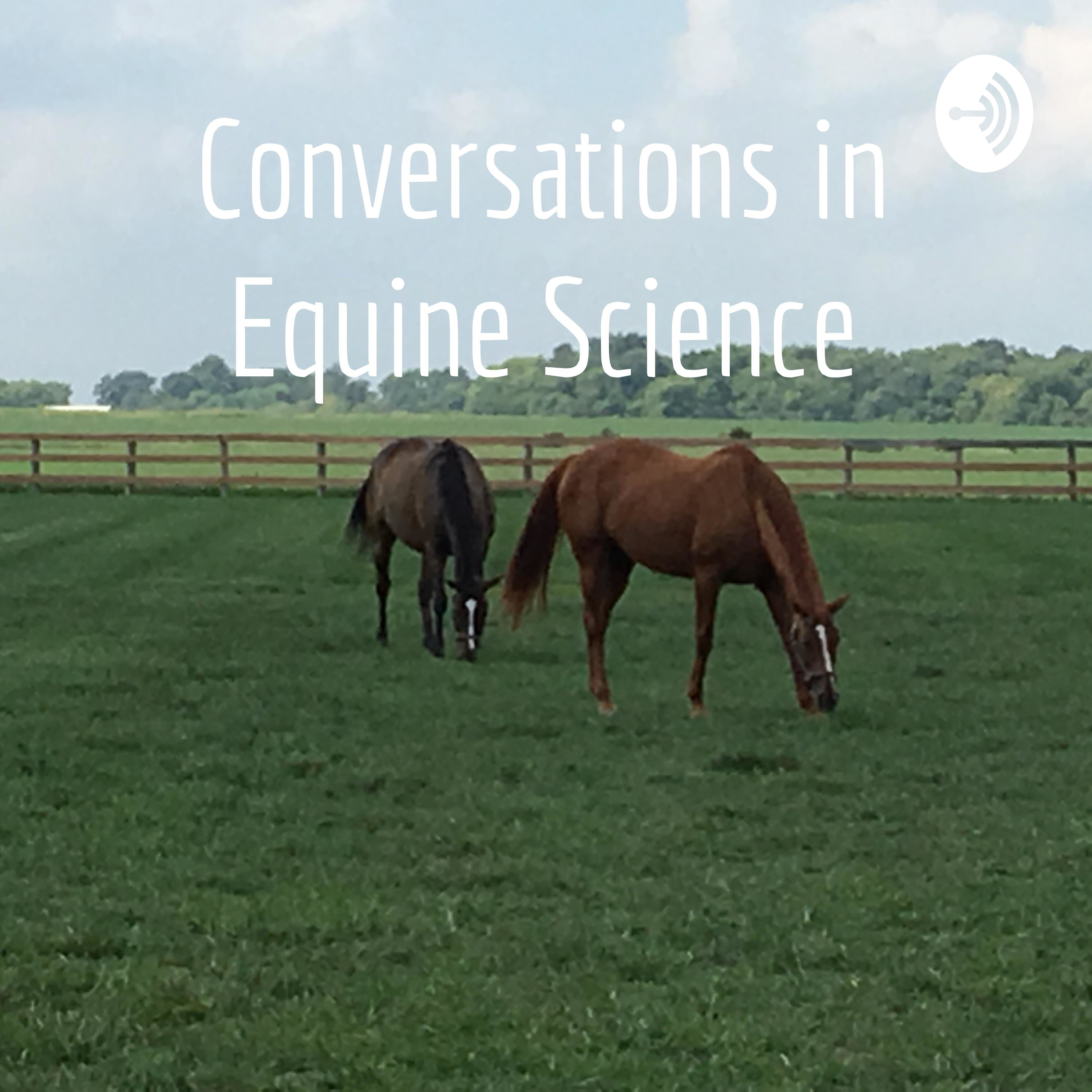 Conversations in Equine ScienceTack Fit and Use.This episode Nancy and Kate discuss saddle, girth, bridle and bit fit.
Research Reference (Open Access until November 15th, 2022)
https://www.sciencedirect.com/science/article/pii/S0749073922000529?dgcid=author
Facebook Link:
**NEW RESEARCH REVIEW PUBLISHED** TACK FIT AND USE HILARY CLAYTON AND RUSSELL MACKECHNIE-GUIRE Published in Vet Clinic Equine - Open Access (via Desktop/Laptop) with download available for 50 days https://urldefense.com/v3/__https:/authors.elsevier.com/a/1fvdP2gKTT20QH__;!!HXCxUKc!15LmgTbfMUneKZ99pxDTGfzTSvZwyPBLK3qOzjaZMl04tMhzxBhcRgaXo4saHcTtg8yFGco0verIY0cWOgn-nwv6-A$ This short manuscript gives an overview of tack fit...2022-10-2236 min
Conversations in Equine ScienceTack Fit and Use.This episode Nancy and Kate discuss saddle, girth, bridle and bit fit.
Research Reference (Open Access until November 15th, 2022)
https://www.sciencedirect.com/science/article/pii/S0749073922000529?dgcid=author
Facebook Link:
**NEW RESEARCH REVIEW PUBLISHED** TACK FIT AND USE HILARY CLAYTON AND RUSSELL MACKECHNIE-GUIRE Published in Vet Clinic Equine - Open Access (via Desktop/Laptop) with download available for 50 days https://urldefense.com/v3/__https:/authors.elsevier.com/a/1fvdP2gKTT20QH__;!!HXCxUKc!15LmgTbfMUneKZ99pxDTGfzTSvZwyPBLK3qOzjaZMl04tMhzxBhcRgaXo4saHcTtg8yFGco0verIY0cWOgn-nwv6-A$ This short manuscript gives an overview of tack fit...2022-10-2236 min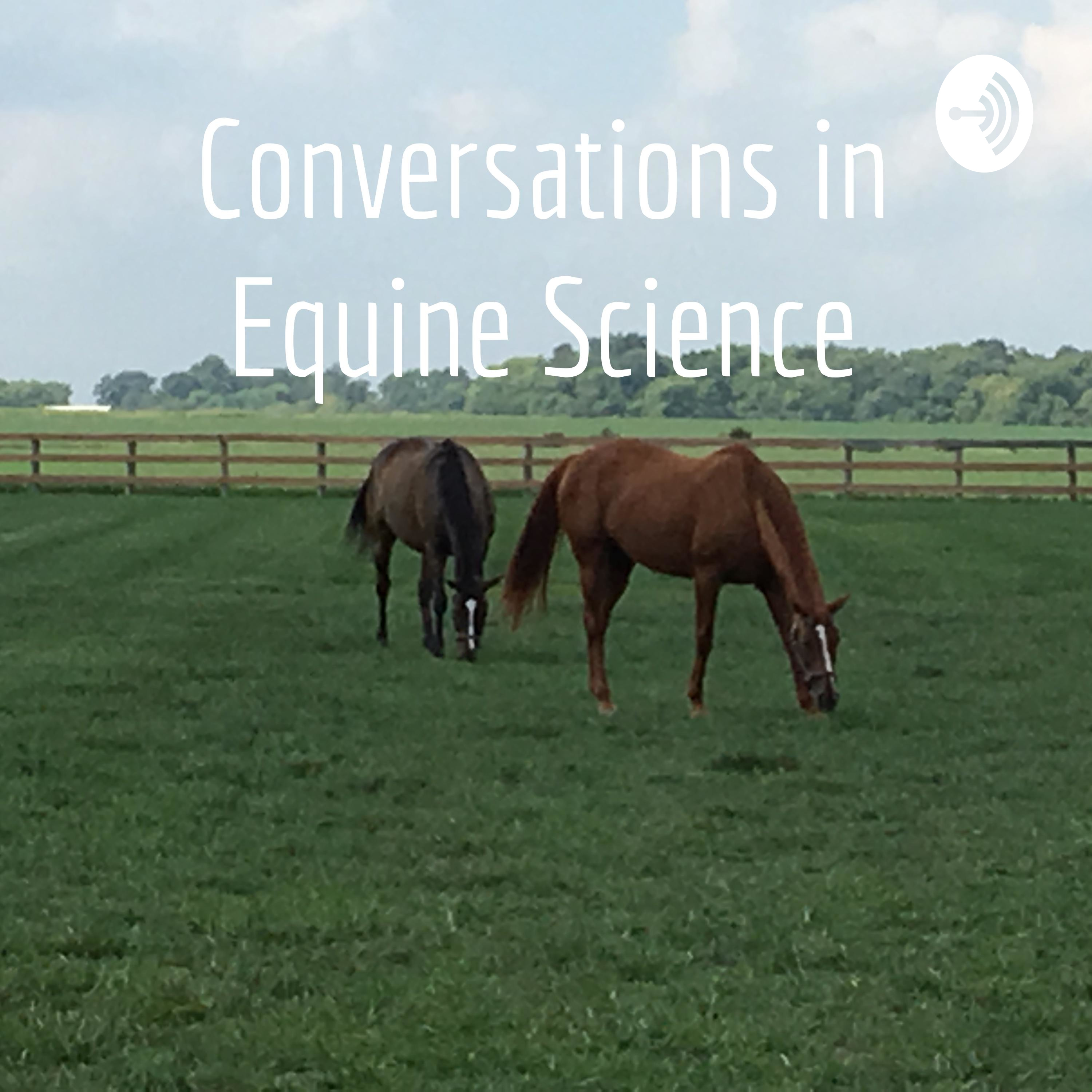 Conversations in Equine ScienceCooling horses with ice blankets.This week Kate and Nancy discuss a paper that investigated the effects of using an ice blanket for cooling stalled horses in hot temperatures.
Research Reference:
Ojima Y, Torii S, Maeda Y, Matsuura A.(2022). Effect of Cooling Blanket on the Heat Stress of Horses in Hot and Humid Environments. Animals. Volume 12(19): 2505.
https://www.mdpi.com/2076-2615/12/19/2505/htm
2022-10-1430 min
Conversations in Equine ScienceCooling horses with ice blankets.This week Kate and Nancy discuss a paper that investigated the effects of using an ice blanket for cooling stalled horses in hot temperatures.
Research Reference:
Ojima Y, Torii S, Maeda Y, Matsuura A.(2022). Effect of Cooling Blanket on the Heat Stress of Horses in Hot and Humid Environments. Animals. Volume 12(19): 2505.
https://www.mdpi.com/2076-2615/12/19/2505/htm
2022-10-1430 min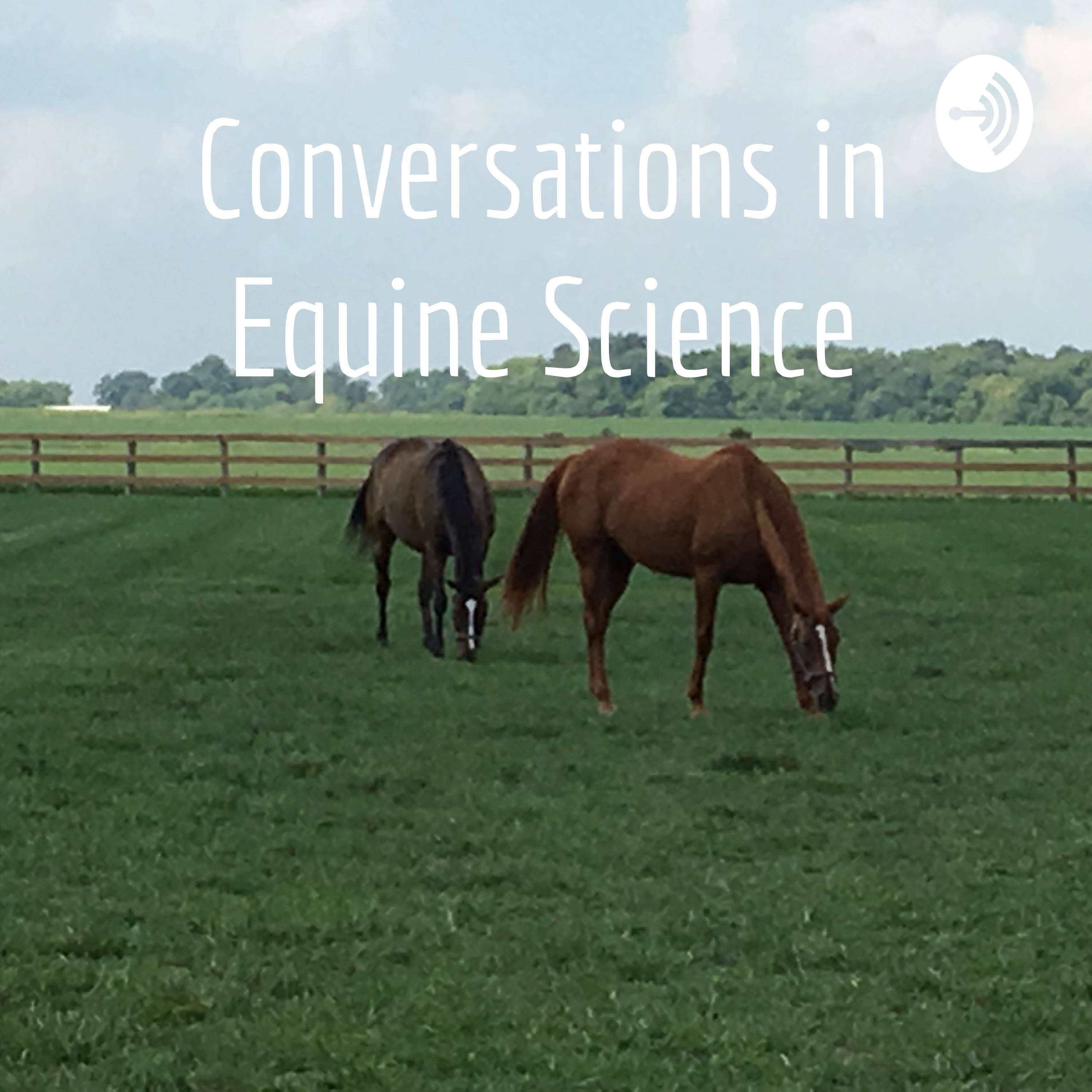 Conversations in Equine ScienceImproving Rider Fluidity with a Gymnastic Ball.This week Nancy and Kate discuss a 2021 paper that found a positive correlation between pelvic/hip flexibility (while using a balance ball) and horse-rider interactions of quality and harmony.
Research Reference:
Uldahl M, Christensen JW, Clayton HM. Relationships between the Rider’s Pelvic Mobility and Balance on a Gymnastic Ball with Equestrian Skills and Effects on Horse Welfare. Animals. 2021; 11(2):453.
https://doi.org/10.3390/ani11020453
2022-10-0730 min
Conversations in Equine ScienceImproving Rider Fluidity with a Gymnastic Ball.This week Nancy and Kate discuss a 2021 paper that found a positive correlation between pelvic/hip flexibility (while using a balance ball) and horse-rider interactions of quality and harmony.
Research Reference:
Uldahl M, Christensen JW, Clayton HM. Relationships between the Rider’s Pelvic Mobility and Balance on a Gymnastic Ball with Equestrian Skills and Effects on Horse Welfare. Animals. 2021; 11(2):453.
https://doi.org/10.3390/ani11020453
2022-10-0730 min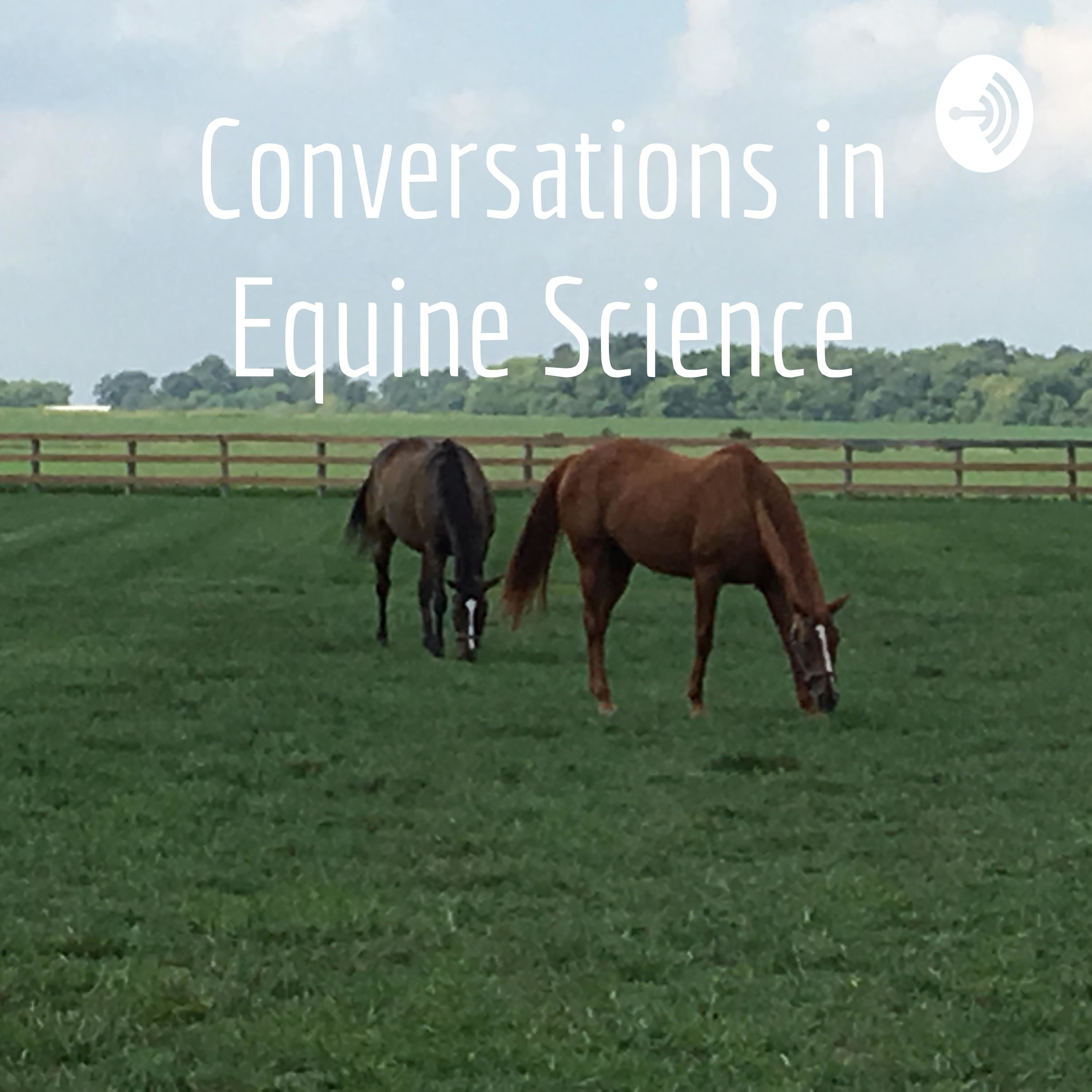 Conversations in Equine ScienceDietary Iron Unlikely to Cause Insulin Resistance in Horses.Kate and Nancy discuss dietary iron and insulin resistance.
Research Reference:
McLean, N.L.; McGilchrist, N.; Nielsen, B.D. Dietary Iron Unlikely to Cause Insulin Resistance in Horses. Animals 2022, 12, 2510.
Open Access Link: https://doi.org/10.3390/ani12192510
2022-09-3033 min
Conversations in Equine ScienceDietary Iron Unlikely to Cause Insulin Resistance in Horses.Kate and Nancy discuss dietary iron and insulin resistance.
Research Reference:
McLean, N.L.; McGilchrist, N.; Nielsen, B.D. Dietary Iron Unlikely to Cause Insulin Resistance in Horses. Animals 2022, 12, 2510.
Open Access Link: https://doi.org/10.3390/ani12192510
2022-09-3033 min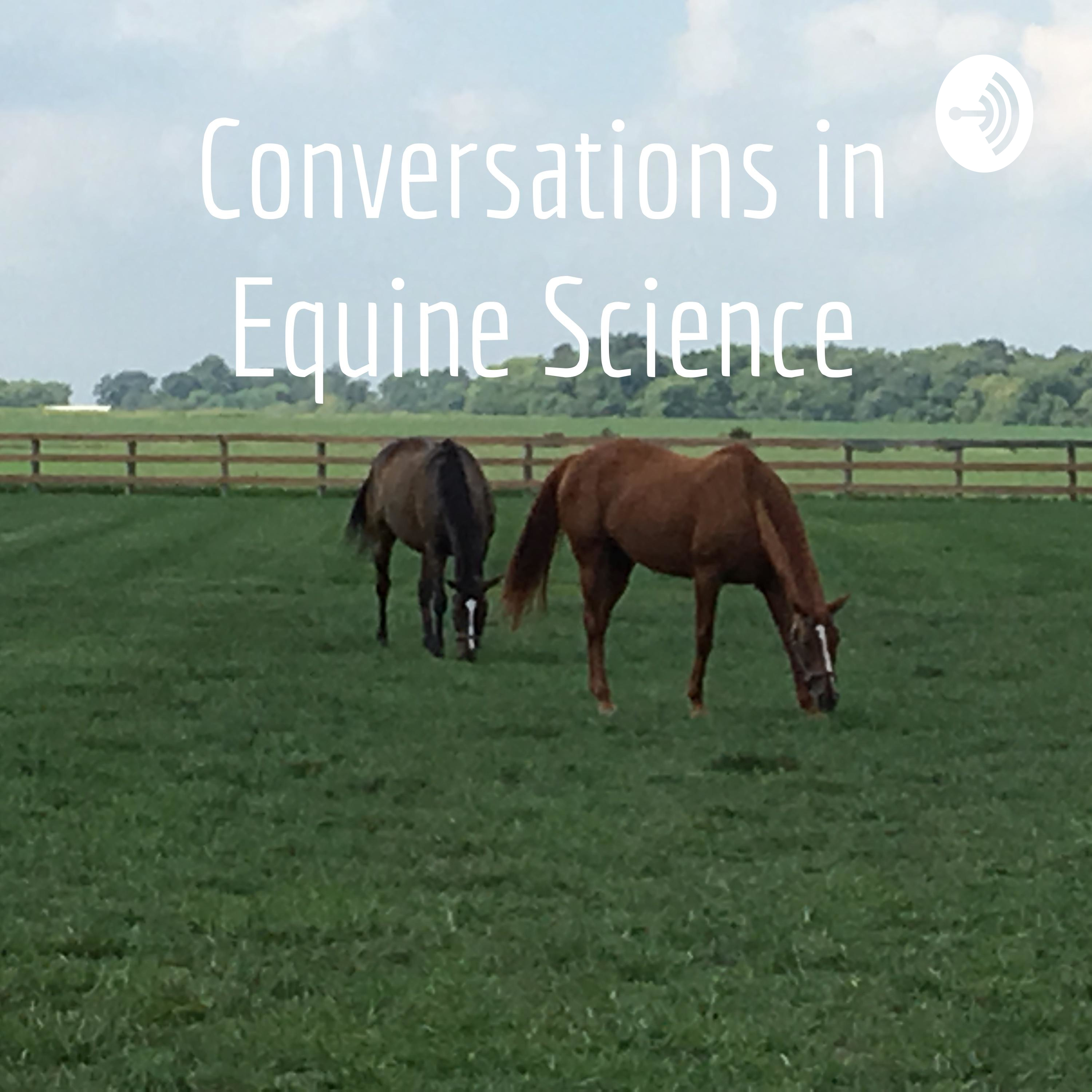 Conversations in Equine ScienceUnderstanding Horse-Human Interactions.Nancy and Kate discuss a review that breaks down horse to human interactions.
Research Reference: : Merkies, K.; Franzin, O. Enhanced Understanding of Horse–Human Interactions to Optimize Welfare. Animals 2021, 11, 1347
Research Link: https://www.ncbi.nlm.nih.gov/pmc/articles/PMC8151687/pdf/animals-11-01347.pdf
Links to past episodes that have references mentioned in the above listed paper.
https://spotifyanchor-web.app.link/e/vamR655qAtb Speech Patterns (Baby Talk and Horses)
https://spotifyanchor-web.app.link/e/OvwhkZcrAtb Attachment Bonds
https://spotifyanchor-web.app.link/e/xMQHSAmrAtb Human Odor
...2022-09-2439 min
Conversations in Equine ScienceUnderstanding Horse-Human Interactions.Nancy and Kate discuss a review that breaks down horse to human interactions.
Research Reference: : Merkies, K.; Franzin, O. Enhanced Understanding of Horse–Human Interactions to Optimize Welfare. Animals 2021, 11, 1347
Research Link: https://www.ncbi.nlm.nih.gov/pmc/articles/PMC8151687/pdf/animals-11-01347.pdf
Links to past episodes that have references mentioned in the above listed paper.
https://spotifyanchor-web.app.link/e/vamR655qAtb Speech Patterns (Baby Talk and Horses)
https://spotifyanchor-web.app.link/e/OvwhkZcrAtb Attachment Bonds
https://spotifyanchor-web.app.link/e/xMQHSAmrAtb Human Odor
...2022-09-2439 min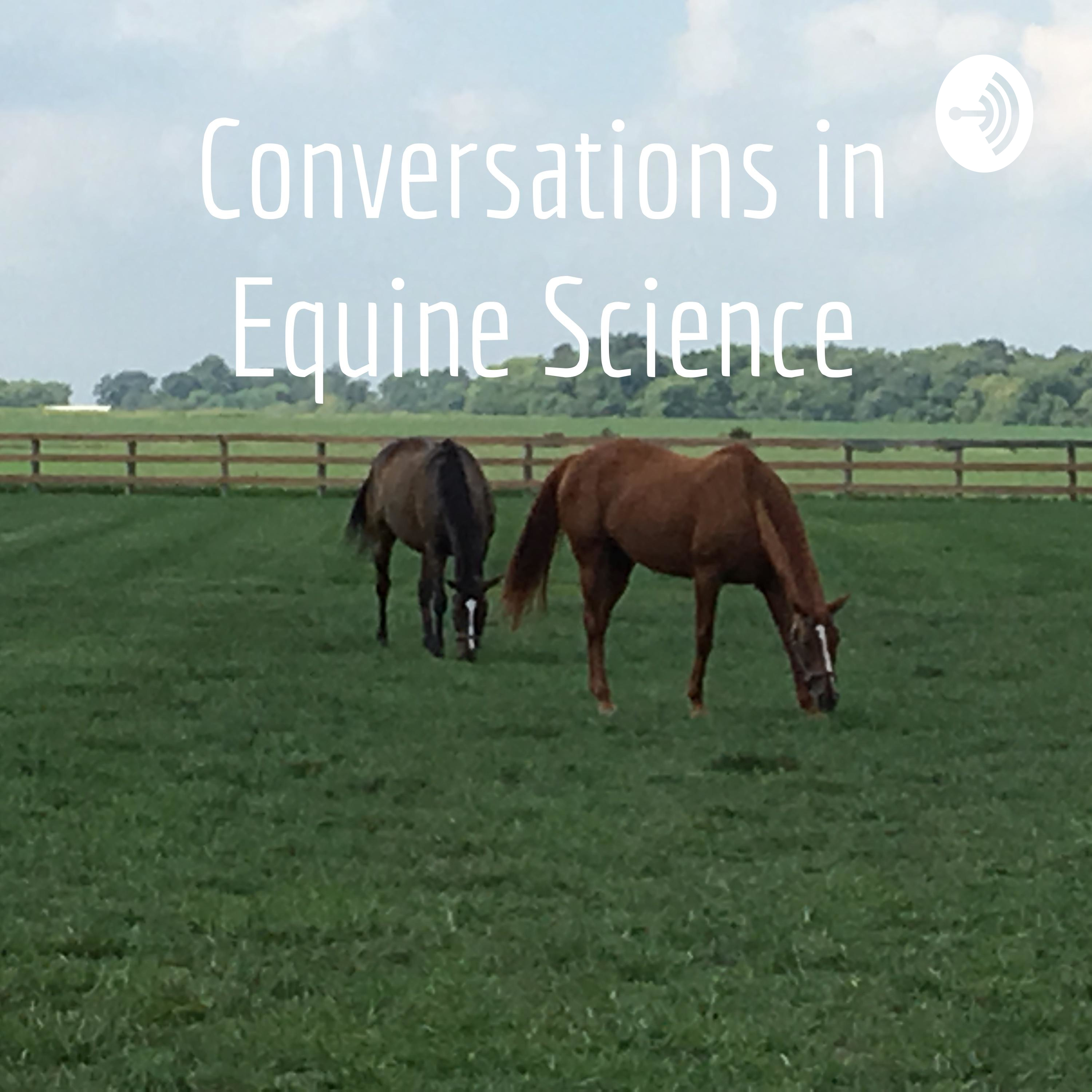 Conversations in Equine ScienceA study on rider weight implications toward certain parameters reflecting horse welfare.Kate and Nancy discuss a 2020 research article on rider weight and it's influence on equine salivary cortisol, heart rate, heart rate variability, conflict behaviors and gait symmetry.
Reference:
Christensen JW, Bathellier S, Rhodin M, Palme R, Uldahl M. Increased Rider Weight Did Not Induce Changes in Behavior and Physiological Parameters in Horses. Animals. 2020; 10(1):95.
https://doi.org/10.3390/ani1001009
2022-09-1725 min
Conversations in Equine ScienceA study on rider weight implications toward certain parameters reflecting horse welfare.Kate and Nancy discuss a 2020 research article on rider weight and it's influence on equine salivary cortisol, heart rate, heart rate variability, conflict behaviors and gait symmetry.
Reference:
Christensen JW, Bathellier S, Rhodin M, Palme R, Uldahl M. Increased Rider Weight Did Not Induce Changes in Behavior and Physiological Parameters in Horses. Animals. 2020; 10(1):95.
https://doi.org/10.3390/ani1001009
2022-09-1725 min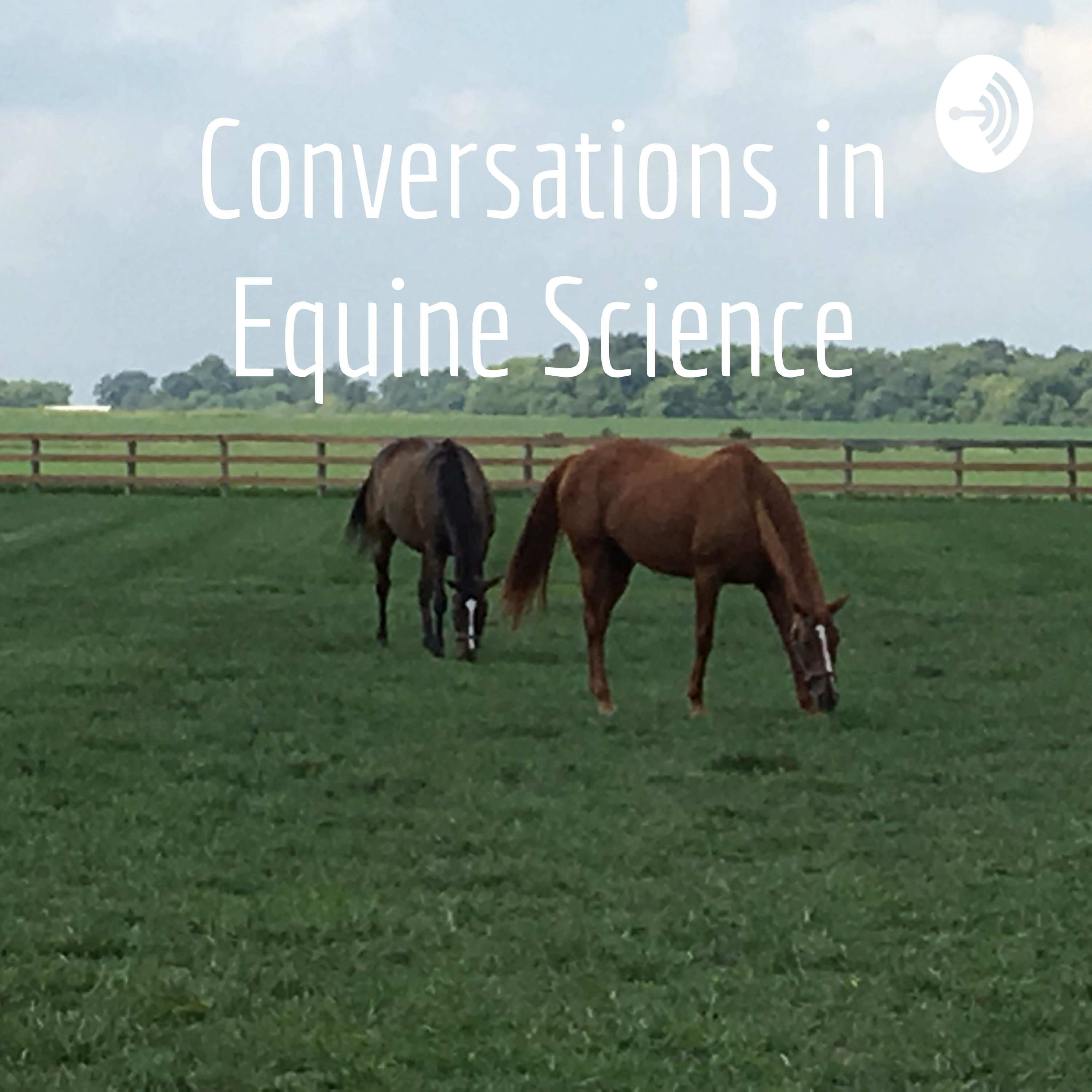 Conversations in Equine ScienceWhole Horse Hoofcare!Nancy and Kate interview Ida Hammer of the Mackinaw Dells 2 Whole Horse Hoofcare Program. Ida talks about her journey into hoof care, equine nutrition and bodywork, and how it's all connected.
Website: https://mackinawdells2.com/index.html
Virtual Classes: https://mackinawdells2learning.thinkific.com/
2022-09-0950 min
Conversations in Equine ScienceWhole Horse Hoofcare!Nancy and Kate interview Ida Hammer of the Mackinaw Dells 2 Whole Horse Hoofcare Program. Ida talks about her journey into hoof care, equine nutrition and bodywork, and how it's all connected.
Website: https://mackinawdells2.com/index.html
Virtual Classes: https://mackinawdells2learning.thinkific.com/
2022-09-0950 min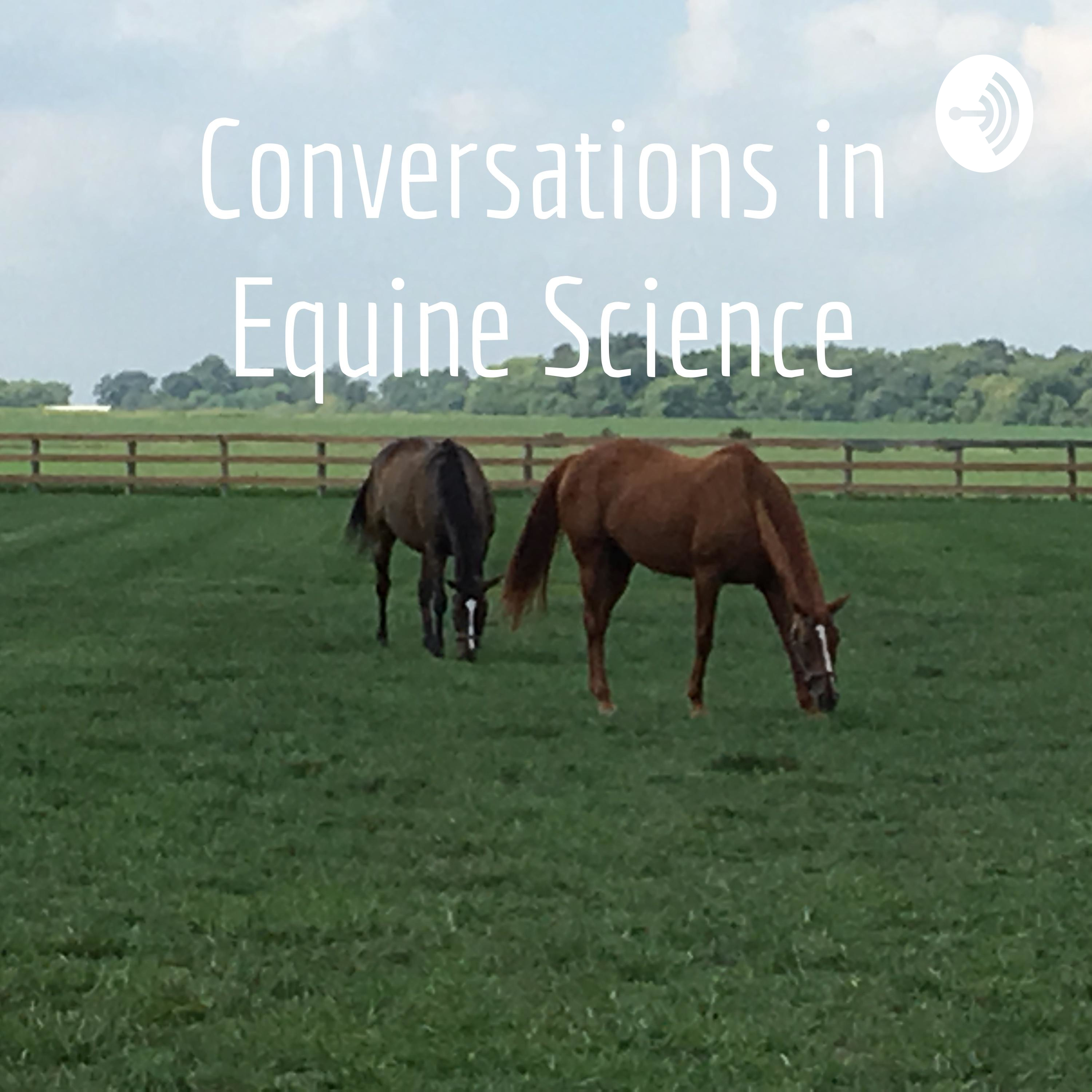 Conversations in Equine ScienceFeeding the Hoof!Nancy discusses equine hoof nutrition in preparation for next week's hoof care practitioner interview on improving hoof quality.
Research: Burns, Teresa A. (2021). Veterinary Clinics of North America: Equine Practice
Volume 37, Issue 3, pp. 669-684.
Link: https://www.sciencedirect.com/science/article/pii/S0749073921000511#cebib0010
2022-09-0327 min
Conversations in Equine ScienceFeeding the Hoof!Nancy discusses equine hoof nutrition in preparation for next week's hoof care practitioner interview on improving hoof quality.
Research: Burns, Teresa A. (2021). Veterinary Clinics of North America: Equine Practice
Volume 37, Issue 3, pp. 669-684.
Link: https://www.sciencedirect.com/science/article/pii/S0749073921000511#cebib0010
2022-09-0327 min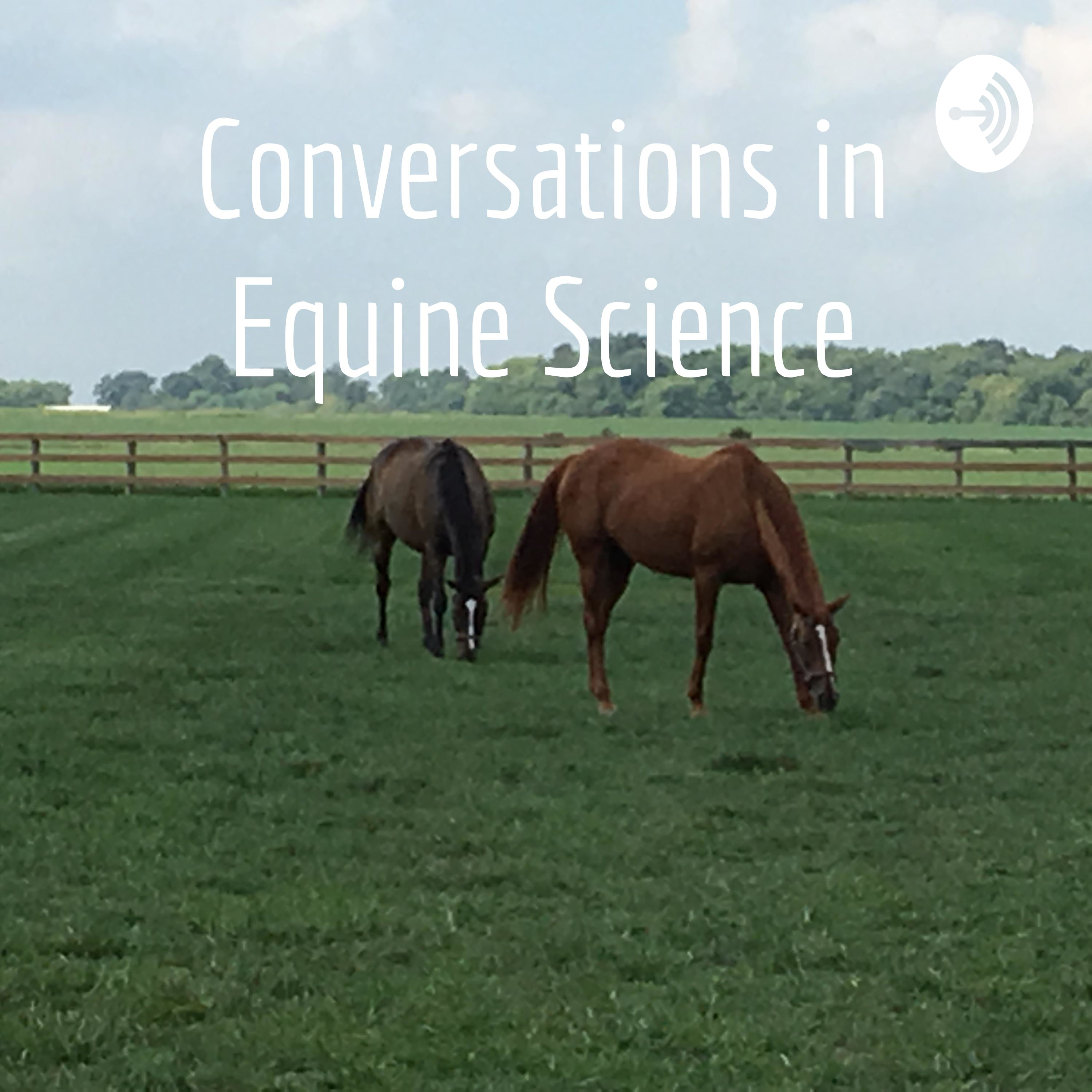 Conversations in Equine ScienceOsteoarthritis in horses.Brittany Davis joins Nancy as they discuss prevalence, diagnosis and treatment of osteoarthritis in horses.
Reference:
Raquel Yvonne Arantes Baccarin, Sarah Raphaela Torquato Seidel, Yara Maria Michelacci, Paula Keiko Anadão Tokawa, Tiago Marcelo Oliveira, Osteoarthritis: a common disease that should be avoided in the athletic horse’s life, Animal Frontiers, Volume 12, Issue 3, June 2022, Pages 25–36.
https://doi.org/10.1093/af/vfac026
2022-08-2641 min
Conversations in Equine ScienceOsteoarthritis in horses.Brittany Davis joins Nancy as they discuss prevalence, diagnosis and treatment of osteoarthritis in horses.
Reference:
Raquel Yvonne Arantes Baccarin, Sarah Raphaela Torquato Seidel, Yara Maria Michelacci, Paula Keiko Anadão Tokawa, Tiago Marcelo Oliveira, Osteoarthritis: a common disease that should be avoided in the athletic horse’s life, Animal Frontiers, Volume 12, Issue 3, June 2022, Pages 25–36.
https://doi.org/10.1093/af/vfac026
2022-08-2641 min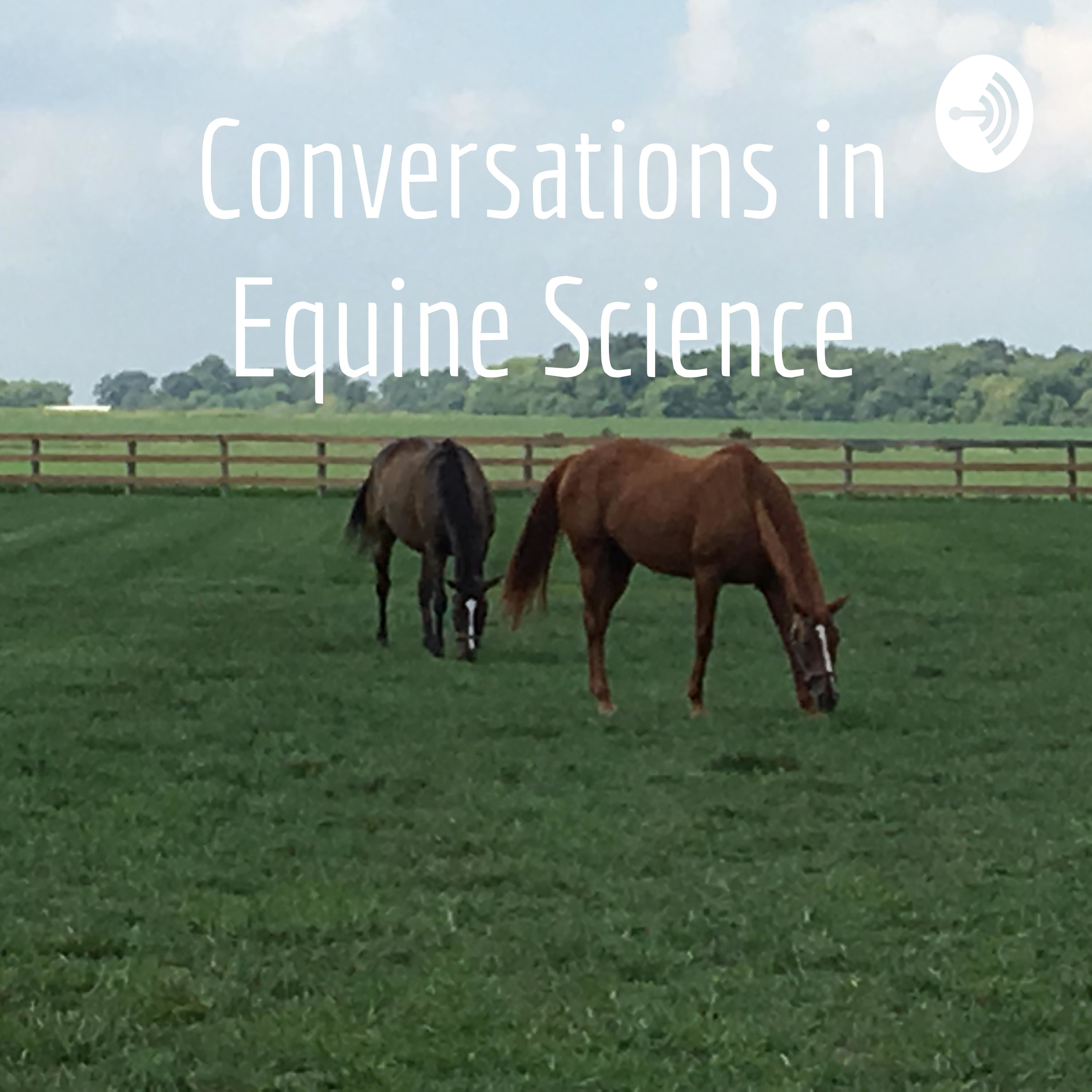 Conversations in Equine ScienceWeight Management in Horses.While Kate is on hiatus, Nancy discusses horse owners and their perspectives on equine body shape and weight management. This week's research paper reveals owners thoughts, as well as, equine professionals viewpoints on helping owners see the metabolic health dangers of equine obesity.
Research reference: https://beva.onlinelibrary.wiley.com/doi/10.1111/evj.13360
2022-08-1924 min
Conversations in Equine ScienceWeight Management in Horses.While Kate is on hiatus, Nancy discusses horse owners and their perspectives on equine body shape and weight management. This week's research paper reveals owners thoughts, as well as, equine professionals viewpoints on helping owners see the metabolic health dangers of equine obesity.
Research reference: https://beva.onlinelibrary.wiley.com/doi/10.1111/evj.13360
2022-08-1924 min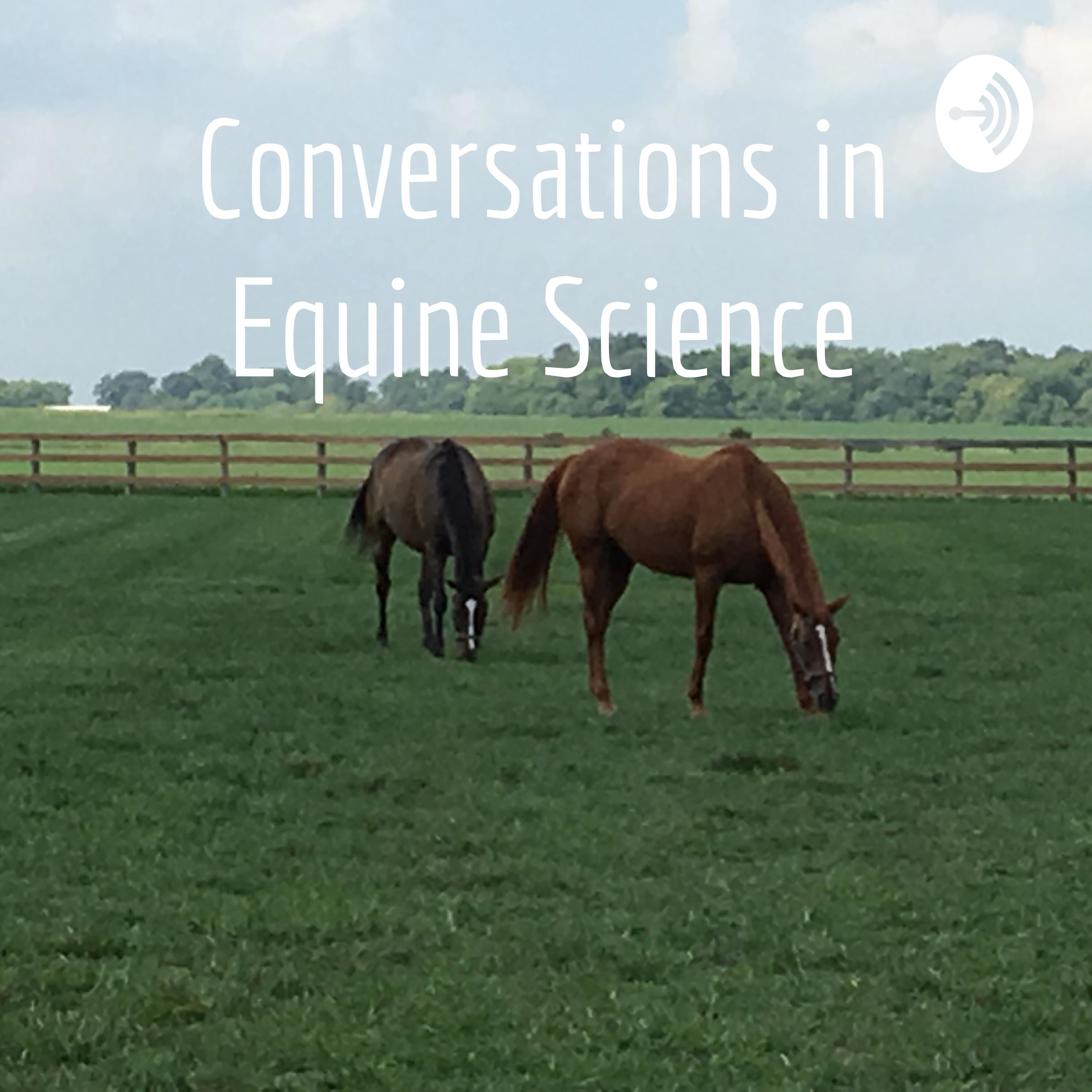 Conversations in Equine ScienceIs the pinch test reliable as an indicator of dehydration in horses.Kate and Nancy respond to an email from a listener who submitted a research paper for their review/discussion, on the reliability of the pinch test in determining dehydration in horses.
Research Reference:
PRITCHARD, J. C., BURN, C. C., BARR, A. R. S., & WHAY, H. R. (2008). Validity of indicators of dehydration in working horses: A longitudinal study of changes in skin tent duration, mucous membrane dryness and drinking behaviour. Equine Veterinary Journal, 40(6), pp. 558–564. https://doi.org/10.2746/042516408X297462
2022-08-1226 min
Conversations in Equine ScienceIs the pinch test reliable as an indicator of dehydration in horses.Kate and Nancy respond to an email from a listener who submitted a research paper for their review/discussion, on the reliability of the pinch test in determining dehydration in horses.
Research Reference:
PRITCHARD, J. C., BURN, C. C., BARR, A. R. S., & WHAY, H. R. (2008). Validity of indicators of dehydration in working horses: A longitudinal study of changes in skin tent duration, mucous membrane dryness and drinking behaviour. Equine Veterinary Journal, 40(6), pp. 558–564. https://doi.org/10.2746/042516408X297462
2022-08-1226 min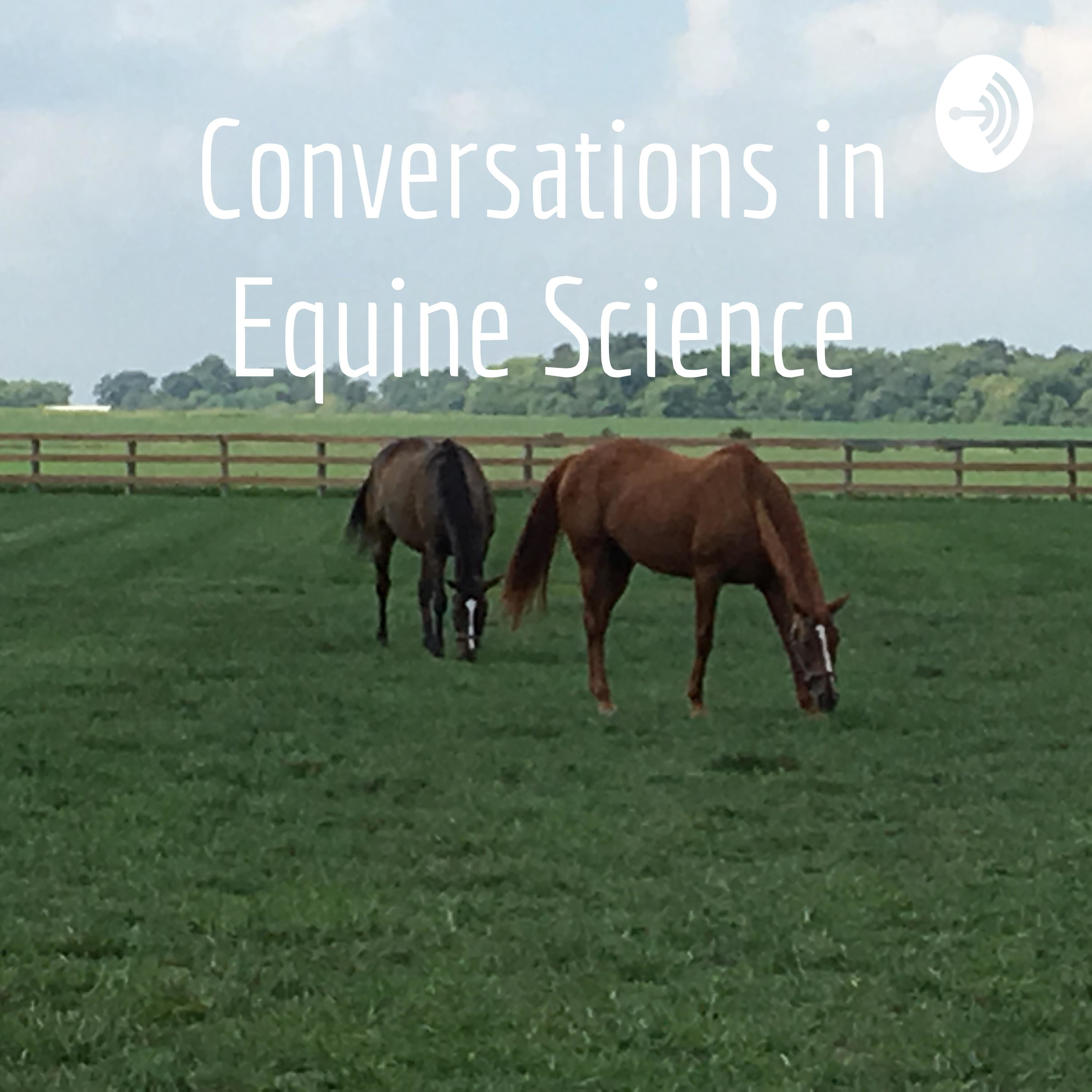 Conversations in Equine SciencePart 2: Veterinary physiotherapy modalities in the treatment of equine back pain.Nancy and Kate continue their discussion on veterinary physiotherapy and equine back pain. This episode targets modalities of treatment.
Research Reference and link:
Tabor, Gillian (2022). Veterinary physiotherapy for back pain in the horse. UK-Vet Equine (6):4, pp. 168-174.
https://www.magonlinelibrary.com/doi/full/10.12968/ukve.2022.6.4.168
2022-08-0529 min
Conversations in Equine SciencePart 2: Veterinary physiotherapy modalities in the treatment of equine back pain.Nancy and Kate continue their discussion on veterinary physiotherapy and equine back pain. This episode targets modalities of treatment.
Research Reference and link:
Tabor, Gillian (2022). Veterinary physiotherapy for back pain in the horse. UK-Vet Equine (6):4, pp. 168-174.
https://www.magonlinelibrary.com/doi/full/10.12968/ukve.2022.6.4.168
2022-08-0529 min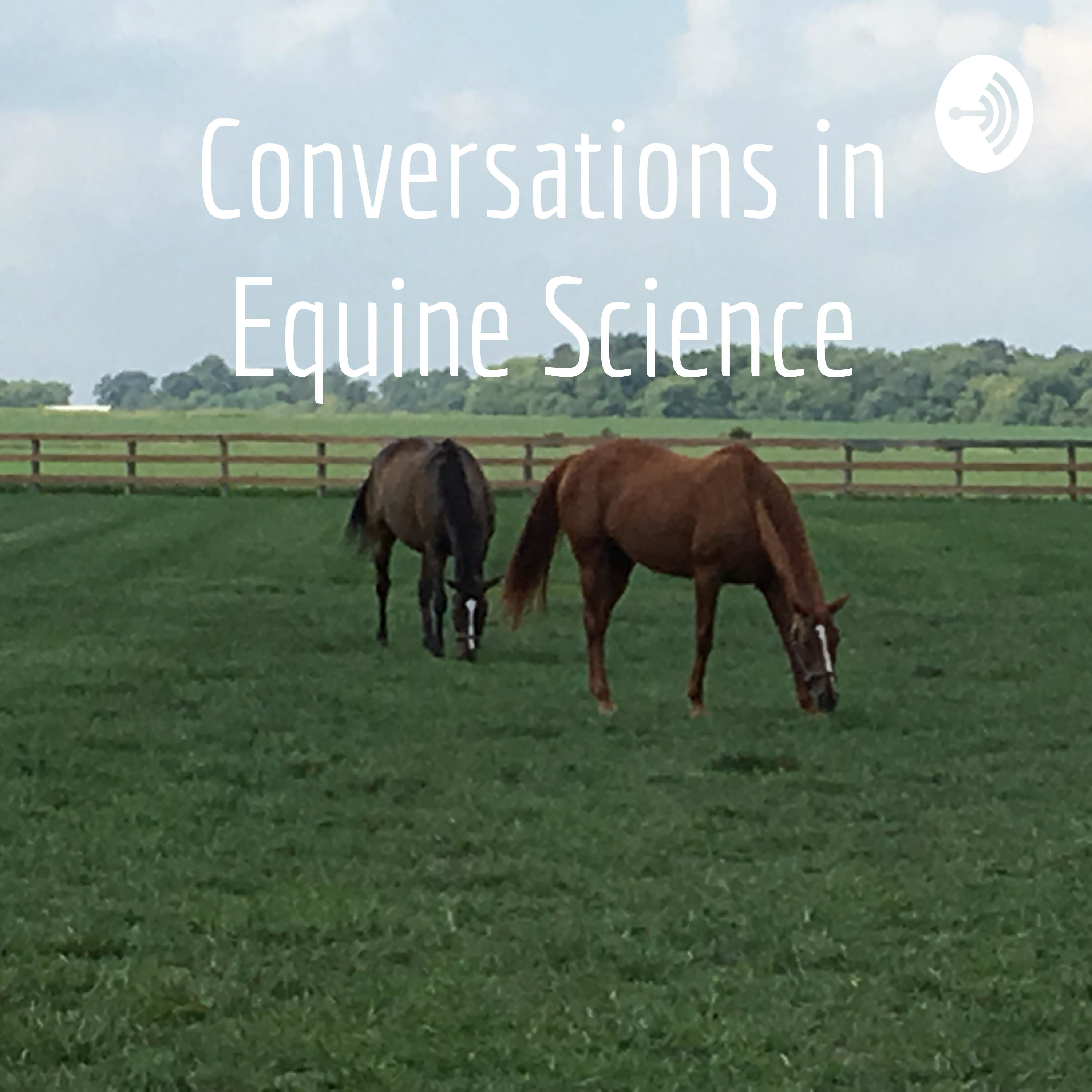 Conversations in Equine ScienceVeterinary physiotherapy for back pain in the horse.This episode Nancy and Kate talk about the role of a Veterinary Physiotherapist in treating horses.
Research Reference:
Tabor, Gillian (2022). Veterinary physiotherapy for back pain in the horse. UK-Vet Equine (6):4, pp. 168-174.
https://www.magonlinelibrary.com/doi/full/10.12968/ukve.2022.6.4.168
Tune in for Part 2, next week when we discuss modalities of treatment.
2022-07-2925 min
Conversations in Equine ScienceVeterinary physiotherapy for back pain in the horse.This episode Nancy and Kate talk about the role of a Veterinary Physiotherapist in treating horses.
Research Reference:
Tabor, Gillian (2022). Veterinary physiotherapy for back pain in the horse. UK-Vet Equine (6):4, pp. 168-174.
https://www.magonlinelibrary.com/doi/full/10.12968/ukve.2022.6.4.168
Tune in for Part 2, next week when we discuss modalities of treatment.
2022-07-2925 min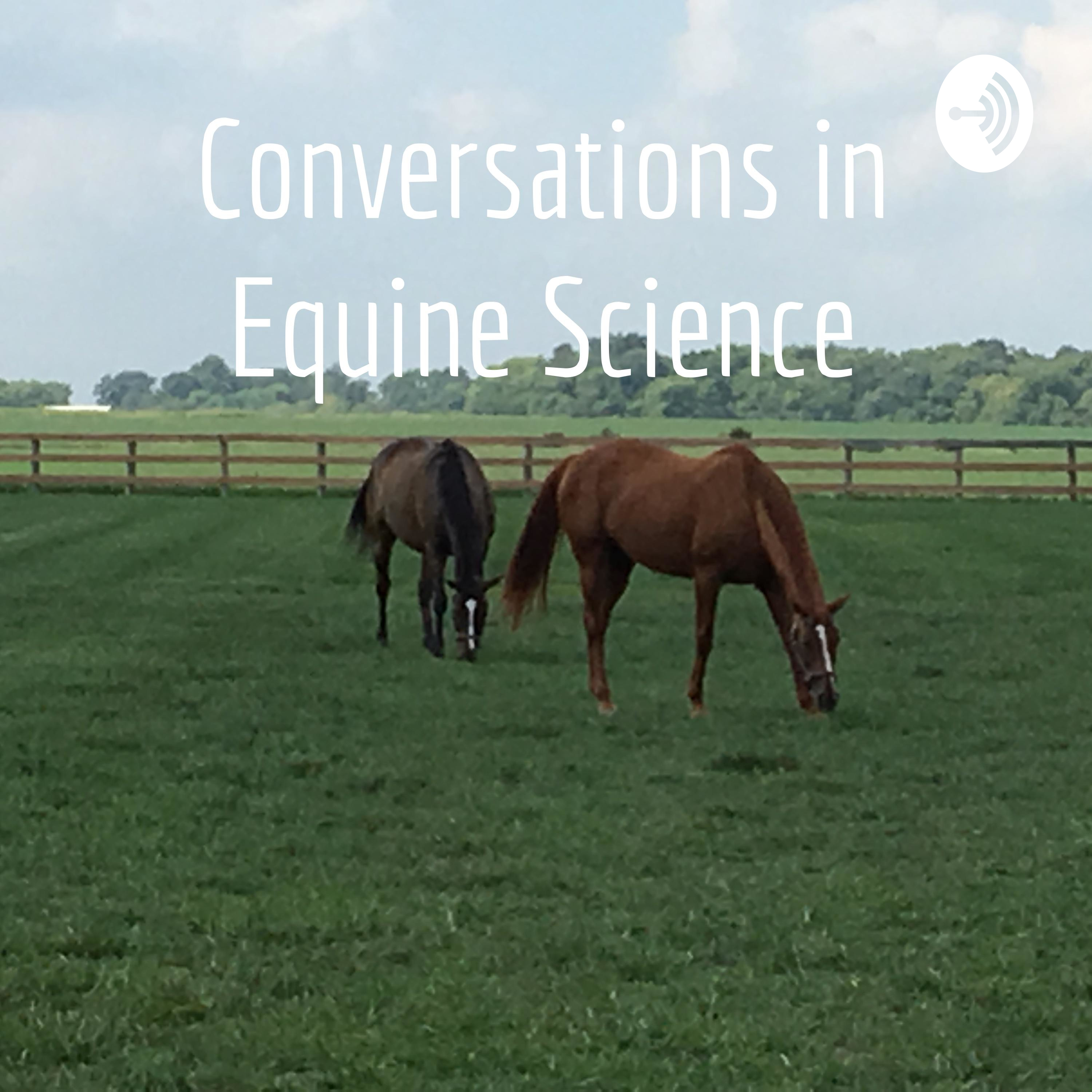 Conversations in Equine ScienceA look into Equine Uveitis.This episode Kate and Nancy discuss a research study that reveals risk factors for Equine Uveitis and the proportion of cases that are recurrent.
Research Reference:
Malalana, F, Ireland, JL, Pinchbeck, GL, McGowan, CM (2022). Risk factors for a first episode of primary uveitis in the UK and proportion of cases that experience recurrence following this first episode. Equine Veterinary Journal; 00: pp. 1-6.
Link to open access article:
https://beva.onlinelibrary.wiley.com/share/UE9ZNKFTVQYTYPQUTHFB?target=10.1111/evj.13576
2022-07-2223 min
Conversations in Equine ScienceA look into Equine Uveitis.This episode Kate and Nancy discuss a research study that reveals risk factors for Equine Uveitis and the proportion of cases that are recurrent.
Research Reference:
Malalana, F, Ireland, JL, Pinchbeck, GL, McGowan, CM (2022). Risk factors for a first episode of primary uveitis in the UK and proportion of cases that experience recurrence following this first episode. Equine Veterinary Journal; 00: pp. 1-6.
Link to open access article:
https://beva.onlinelibrary.wiley.com/share/UE9ZNKFTVQYTYPQUTHFB?target=10.1111/evj.13576
2022-07-2223 min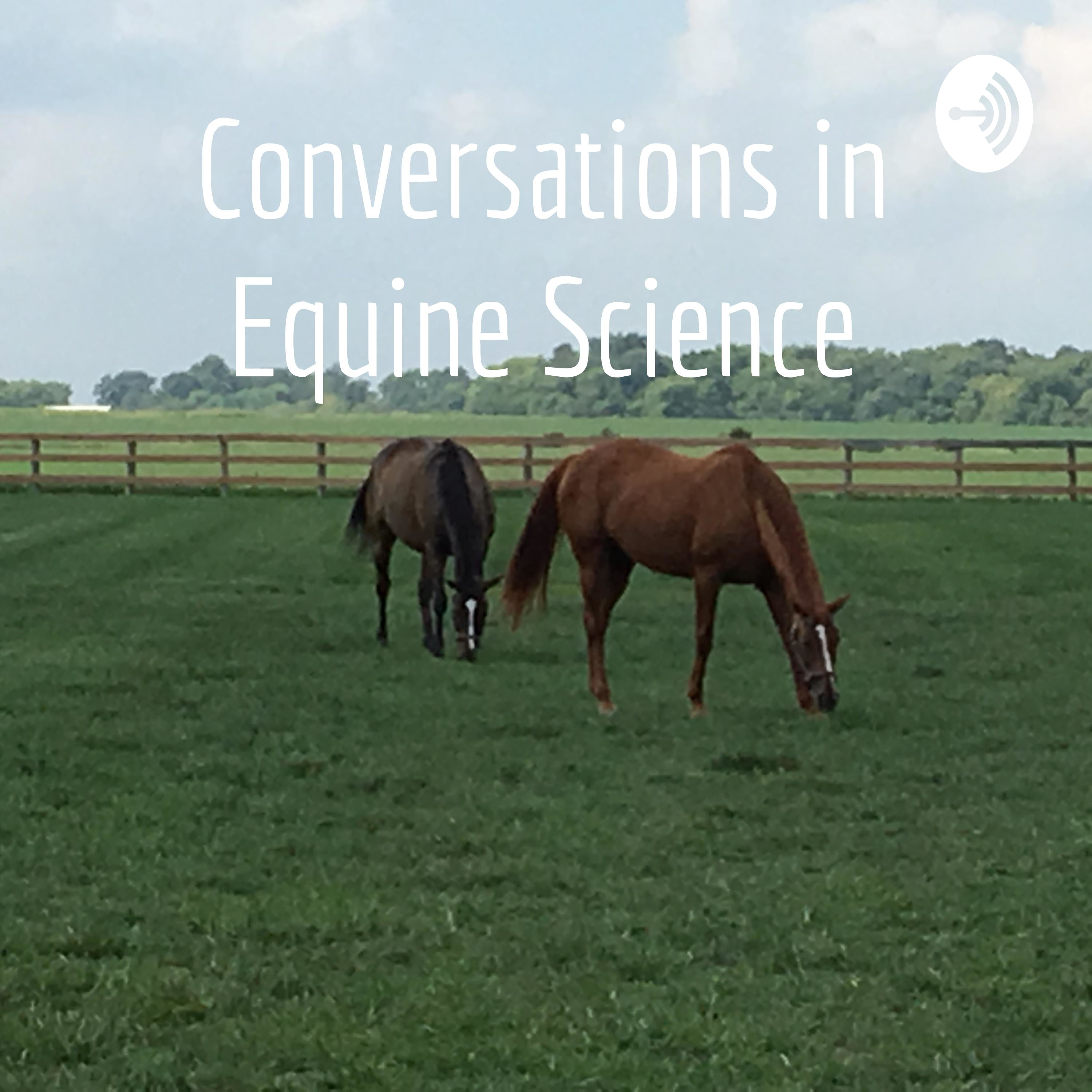 Conversations in Equine ScienceEquine RationsNancy and Kate discuss the final sections on the Equine Nutrition research paper listed below. How much horses eat and how to figure a ration calculation are some topics covered.
Research References:
Harris, P. and Shepherd, M. (2021). What Would Be Good for All Veterinarians to Know About Equine Nutrition. Veterinary Clinics of North America, Equine Practice. Volume 37 (1). pp 1-20.
https://www.sciencedirect.com/science/article/pii/S0749073920300663
Link to Brittany Davis and her nutrition counseling service at Davis Equine: https://www.davisequine.ca/
2022-07-1533 min
Conversations in Equine ScienceEquine RationsNancy and Kate discuss the final sections on the Equine Nutrition research paper listed below. How much horses eat and how to figure a ration calculation are some topics covered.
Research References:
Harris, P. and Shepherd, M. (2021). What Would Be Good for All Veterinarians to Know About Equine Nutrition. Veterinary Clinics of North America, Equine Practice. Volume 37 (1). pp 1-20.
https://www.sciencedirect.com/science/article/pii/S0749073920300663
Link to Brittany Davis and her nutrition counseling service at Davis Equine: https://www.davisequine.ca/
2022-07-1533 min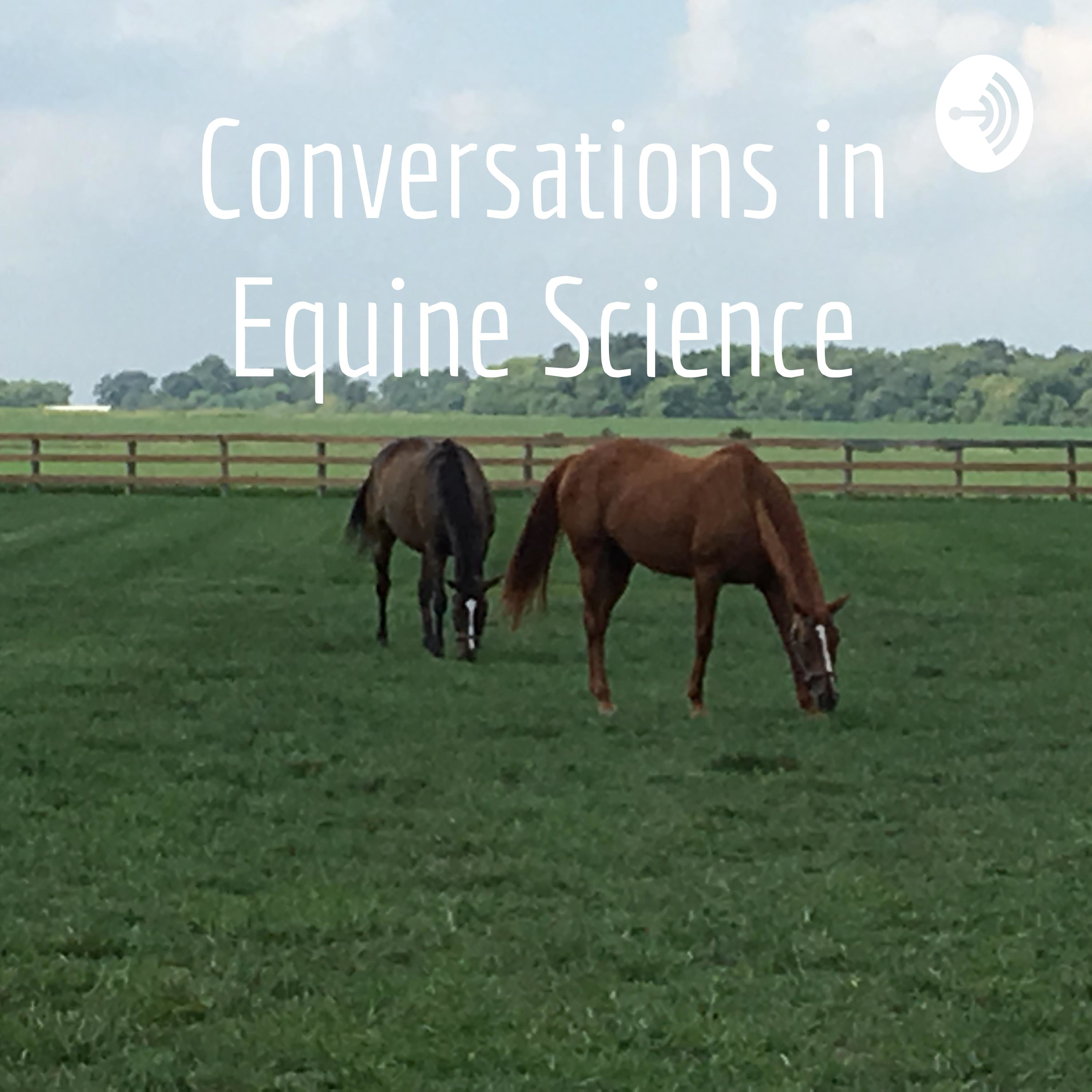 Conversations in Equine ScienceEquine Nutrition Part 2Kate and Nancy discuss the recent paper entitled "What Would Be Good for All Veterinarians to Know About Equine Nutrition". This paper is very in depth and it is highly recommended for all to read this up to date information about horse nutrition. Too much to cover in a podcast!
Reference:
Harris, P. and Shepherd, M. (2021). What Would Be Good for All Veterinarians to Know About Equine Nutrition. Veterinary Clinics of North America, Equine Practice. Volume 37 (1). pp 1-20.
https://www.sciencedirect.com/science/article/pii/S0749073920300663
2022-07-0824 min
Conversations in Equine ScienceEquine Nutrition Part 2Kate and Nancy discuss the recent paper entitled "What Would Be Good for All Veterinarians to Know About Equine Nutrition". This paper is very in depth and it is highly recommended for all to read this up to date information about horse nutrition. Too much to cover in a podcast!
Reference:
Harris, P. and Shepherd, M. (2021). What Would Be Good for All Veterinarians to Know About Equine Nutrition. Veterinary Clinics of North America, Equine Practice. Volume 37 (1). pp 1-20.
https://www.sciencedirect.com/science/article/pii/S0749073920300663
2022-07-0824 min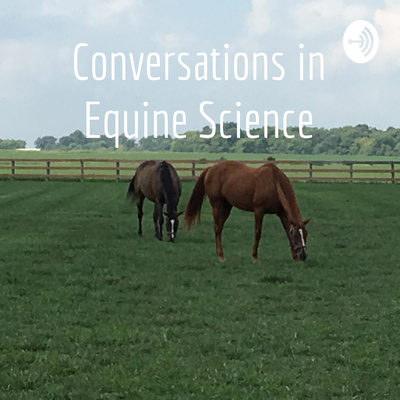 Conversations in Equine ScienceEquine Nutrition and BehaviorKate and Nancy discuss research to answer a listener's question on starch and equine behavior.
Research Reference:
Harris, P. and Shepherd, M. (2021). What Would Be Good for All Veterinarians to Know About Equine Nutrition. Veterinary Clinics of North America, Equine Practice. Volume 37 (1). pp 1-20.
https://www.sciencedirect.com/science/article/pii/S0749073920300663
Earlier October 16, 2020 episode on this topic of high starch diets:
https://anchor.fm/nancy-mclean/episodes/High-starch-diets-and-their-effect-on-behavior-el5ijg
Bulmer, Louise S et al., 2019. High-starch diets alter equine faecal microbiota and increase behavioural reactivity. Scientific reports, 9(1), pp.18621–11....2022-07-0128 min
Conversations in Equine ScienceEquine Nutrition and BehaviorKate and Nancy discuss research to answer a listener's question on starch and equine behavior.
Research Reference:
Harris, P. and Shepherd, M. (2021). What Would Be Good for All Veterinarians to Know About Equine Nutrition. Veterinary Clinics of North America, Equine Practice. Volume 37 (1). pp 1-20.
https://www.sciencedirect.com/science/article/pii/S0749073920300663
Earlier October 16, 2020 episode on this topic of high starch diets:
https://anchor.fm/nancy-mclean/episodes/High-starch-diets-and-their-effect-on-behavior-el5ijg
Bulmer, Louise S et al., 2019. High-starch diets alter equine faecal microbiota and increase behavioural reactivity. Scientific reports, 9(1), pp.18621–11....2022-07-0128 min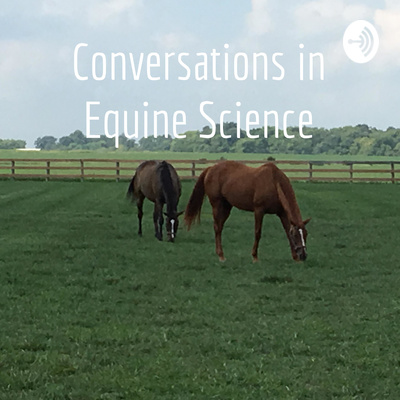 Conversations in Equine ScienceBenefits of Equine Therapy for Anxiety and Mental HealthNancy and Kate answer a listener's question on the benefits of equine therapy.
Research information that also has links to supporting research within the article:
https://psychcentral.com/health/benefits-of-equine-therapy-for-anxiety
2022-06-2422 min
Conversations in Equine ScienceBenefits of Equine Therapy for Anxiety and Mental HealthNancy and Kate answer a listener's question on the benefits of equine therapy.
Research information that also has links to supporting research within the article:
https://psychcentral.com/health/benefits-of-equine-therapy-for-anxiety
2022-06-2422 min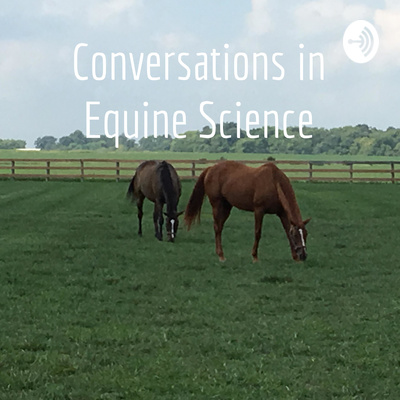 Conversations in Equine ScienceWebinar recap of the World Horse Welfare presentation on ”Can a stabled horse truly be a ”happy” horse.Kate and Nancy discuss Dr. Andrew McLean's thoughts and research findings on the topic of stabling horses.
Watch the replay link:
https://www.youtube.com/watch?v=X9b6KF4_Z3c&t=4457s
2022-06-1721 min
Conversations in Equine ScienceWebinar recap of the World Horse Welfare presentation on ”Can a stabled horse truly be a ”happy” horse.Kate and Nancy discuss Dr. Andrew McLean's thoughts and research findings on the topic of stabling horses.
Watch the replay link:
https://www.youtube.com/watch?v=X9b6KF4_Z3c&t=4457s
2022-06-1721 min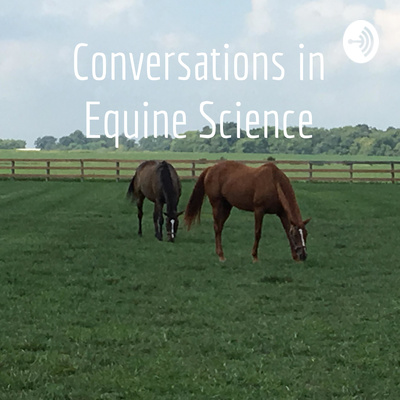 Conversations in Equine ScienceAssessing Rein TensionNancy and Kate respond to an email sent in by a listener who has concerns about rein tension. The paper referenced is a research review on rein tension meters by Hilary Clayton et al (2021).
Reference:
Clayton H, MacKechnie-Guire R, Byström A, Le Jeune S, Egenvall A. (2021). Guidelines for the Measurement of Rein Tension in Equestrian Sport. Animals. Vol. 11(10):2875.
Open Access Link: https://doi.org/10.3390/ani11102875
2022-06-1022 min
Conversations in Equine ScienceAssessing Rein TensionNancy and Kate respond to an email sent in by a listener who has concerns about rein tension. The paper referenced is a research review on rein tension meters by Hilary Clayton et al (2021).
Reference:
Clayton H, MacKechnie-Guire R, Byström A, Le Jeune S, Egenvall A. (2021). Guidelines for the Measurement of Rein Tension in Equestrian Sport. Animals. Vol. 11(10):2875.
Open Access Link: https://doi.org/10.3390/ani11102875
2022-06-1022 min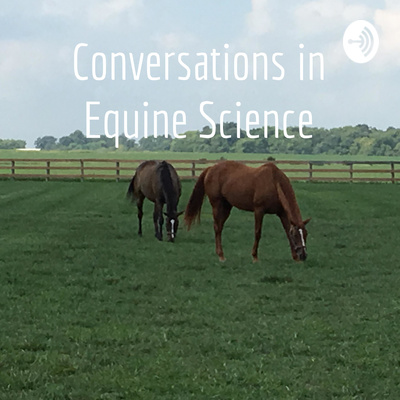 Conversations in Equine ScienceBridle Fit and Anatomy. (World Horse Welfare Webinar)Thank you to everyone who took our listener survey!
This week Nancy and Kate discuss a webinar that explained the science of equine bridle fit and the resultant welfare and performance implications.
Video of webinar:
https://www.youtube.com/horsecharity?sub_confirmation=1
Links:
https://www.worldhorsewelfare.org/advice/general-advice/how-to-choose-and-fit-a-bridle?utm_source=engaging_networks&utm_medium=email&utm_campaign=advice&utm_content=bridle_fit_main_button
Murray, R, et al. (2015). A bridle designed to avoid peak pressure locations under the headpiece and noseband is associated with more...2022-06-0324 min
Conversations in Equine ScienceBridle Fit and Anatomy. (World Horse Welfare Webinar)Thank you to everyone who took our listener survey!
This week Nancy and Kate discuss a webinar that explained the science of equine bridle fit and the resultant welfare and performance implications.
Video of webinar:
https://www.youtube.com/horsecharity?sub_confirmation=1
Links:
https://www.worldhorsewelfare.org/advice/general-advice/how-to-choose-and-fit-a-bridle?utm_source=engaging_networks&utm_medium=email&utm_campaign=advice&utm_content=bridle_fit_main_button
Murray, R, et al. (2015). A bridle designed to avoid peak pressure locations under the headpiece and noseband is associated with more...2022-06-0324 min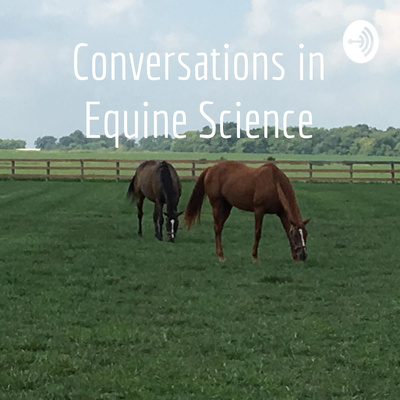 Conversations in Equine ScienceGroup Movement and Motivation in Horses.Listener Survey: https://edinburgh.onlinesurveys.ac.uk/listener-survey-conversations-in-equine-science
Kate and Nancy discuss equine group movement and leadership.
Research Reference:
Andrieu, J., Henry, S., Hausberger, M. et al. Informed horses are influential in group movements, but they may avoid leading. Anim Cogn 19, 451–458 (2016).
https://doi.org/10.1007/s10071-015-0945-2
2022-05-2722 min
Conversations in Equine ScienceGroup Movement and Motivation in Horses.Listener Survey: https://edinburgh.onlinesurveys.ac.uk/listener-survey-conversations-in-equine-science
Kate and Nancy discuss equine group movement and leadership.
Research Reference:
Andrieu, J., Henry, S., Hausberger, M. et al. Informed horses are influential in group movements, but they may avoid leading. Anim Cogn 19, 451–458 (2016).
https://doi.org/10.1007/s10071-015-0945-2
2022-05-2722 min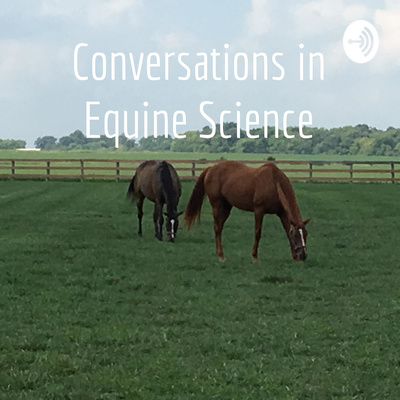 Conversations in Equine ScienceSpotify ”Live” discussion on the Kentucky Derby #148Nancy and Kate discuss the amazing run of Rich Strike (80-1 odds) in the May 7th Kentucky Derby.
Reference Article Link:
https://cdn.bloodhorse.com/daily-app/pdfs/BloodHorseDaily-20220508.pdf
2022-05-2021 min
Conversations in Equine ScienceSpotify ”Live” discussion on the Kentucky Derby #148Nancy and Kate discuss the amazing run of Rich Strike (80-1 odds) in the May 7th Kentucky Derby.
Reference Article Link:
https://cdn.bloodhorse.com/daily-app/pdfs/BloodHorseDaily-20220508.pdf
2022-05-2021 min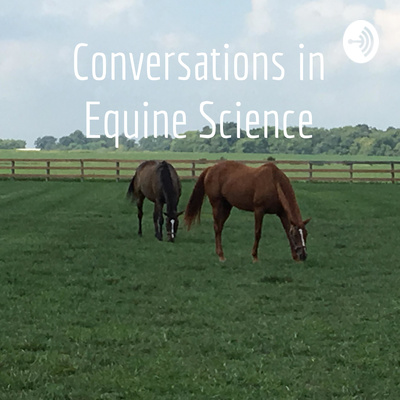 Conversations in Equine ScienceApproach to Equine Clinical Nutrition.Listener Survey: https://edinburgh.onlinesurveys.ac.uk/listener-survey-conversations-in-equine-science
This week Nancy and Kate discuss the role that qualified Equine Nutritionists serve, as a support system, for Equine Veterinarians.
Reference Research:
Nichols JL, Robinson JS, Hiney KM, Terry R Jr, Ramsey JW (2022). An Investigation into Equine Nutrition Knowledge and Educational Needs of Equine Veterinarians. Journal of Veterinary Medicine Education. Feb 10:e20210121. doi: 10.3138/jvme-2021-0121.
Epub ahead of print. PMID: 35143362. https://pubmed.ncbi.nlm.nih.gov/35143362/
Harris, P. and Nelson, S. (2022). Approach to clinical nutrition. UK-Vet Equine. 6(2). pp. 50-55.
...2022-05-1327 min
Conversations in Equine ScienceApproach to Equine Clinical Nutrition.Listener Survey: https://edinburgh.onlinesurveys.ac.uk/listener-survey-conversations-in-equine-science
This week Nancy and Kate discuss the role that qualified Equine Nutritionists serve, as a support system, for Equine Veterinarians.
Reference Research:
Nichols JL, Robinson JS, Hiney KM, Terry R Jr, Ramsey JW (2022). An Investigation into Equine Nutrition Knowledge and Educational Needs of Equine Veterinarians. Journal of Veterinary Medicine Education. Feb 10:e20210121. doi: 10.3138/jvme-2021-0121.
Epub ahead of print. PMID: 35143362. https://pubmed.ncbi.nlm.nih.gov/35143362/
Harris, P. and Nelson, S. (2022). Approach to clinical nutrition. UK-Vet Equine. 6(2). pp. 50-55.
...2022-05-1327 min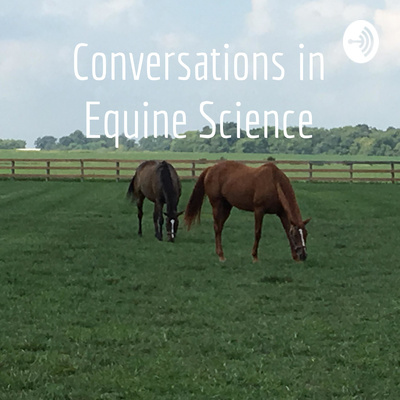 Conversations in Equine ScienceBody Awareness for Equestrians.This week Kate and Nancy discuss external stimulation use on equestrians that need body alignment correction for proper posture during riding.
References:
Hirsch, L., (2019). Bodystorming exteroceptive stimulation to train body awareness. Mensch und Computer 2019-Workshopband.
https://dl.gi.de/bitstream/handle/20.500.12116/25187/407.pdf?sequence=1&isAllowed=y
Norie Neumark and George Poonkhin Khut. (2007). Cardiomorphologies: An Inner Journey through Art. IEEE Multimedia 14, 4 (oct 2007), pp.5–7. https://doi.org/10.1109/MMUL.2007.70
George (Poonkhin) Khut and George (Poonkhin). (2016). Designing Biofeedback Artworks for Relaxation. In Proceedings of the 2016 CHI Conference Extended Abstracts on Human Factors in Computing Sy...2022-05-0629 min
Conversations in Equine ScienceBody Awareness for Equestrians.This week Kate and Nancy discuss external stimulation use on equestrians that need body alignment correction for proper posture during riding.
References:
Hirsch, L., (2019). Bodystorming exteroceptive stimulation to train body awareness. Mensch und Computer 2019-Workshopband.
https://dl.gi.de/bitstream/handle/20.500.12116/25187/407.pdf?sequence=1&isAllowed=y
Norie Neumark and George Poonkhin Khut. (2007). Cardiomorphologies: An Inner Journey through Art. IEEE Multimedia 14, 4 (oct 2007), pp.5–7. https://doi.org/10.1109/MMUL.2007.70
George (Poonkhin) Khut and George (Poonkhin). (2016). Designing Biofeedback Artworks for Relaxation. In Proceedings of the 2016 CHI Conference Extended Abstracts on Human Factors in Computing Sy...2022-05-0629 min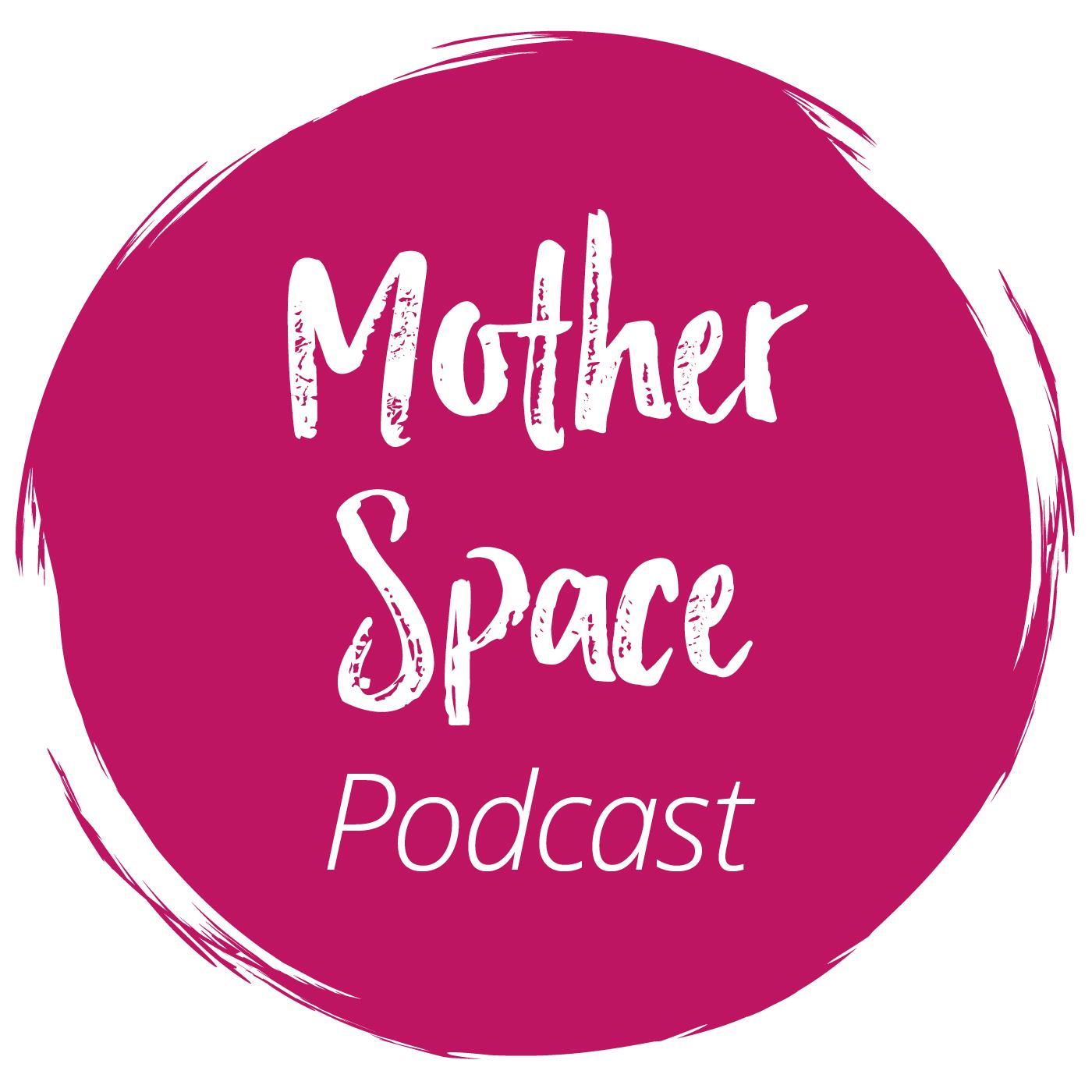 The Mother Space PodcastBirth, Death, Grief and New Beginnings- A Mother's Story. With Doula Nancy McLean. Part 1Sensitive content warning- this podcast discusses the death of a baby. This is a beautiful, raw, vulnerable conversation with Mother and Doula Nancy McLean. Nancy shares her very personal motherhood journey with us, including the birth and death of her first son Edison and then the birth of her second son Henley. She discusses her grief and what motherhood looked like after the death of a baby, including how it shaped the way she mothers Henley. We also chat about continuing to breastfeed an older toddler and the judgement society places on...2021-09-141h 20
The Mother Space PodcastBirth, Death, Grief and New Beginnings- A Mother's Story. With Doula Nancy McLean. Part 1Sensitive content warning- this podcast discusses the death of a baby. This is a beautiful, raw, vulnerable conversation with Mother and Doula Nancy McLean. Nancy shares her very personal motherhood journey with us, including the birth and death of her first son Edison and then the birth of her second son Henley. She discusses her grief and what motherhood looked like after the death of a baby, including how it shaped the way she mothers Henley. We also chat about continuing to breastfeed an older toddler and the judgement society places on...2021-09-141h 20